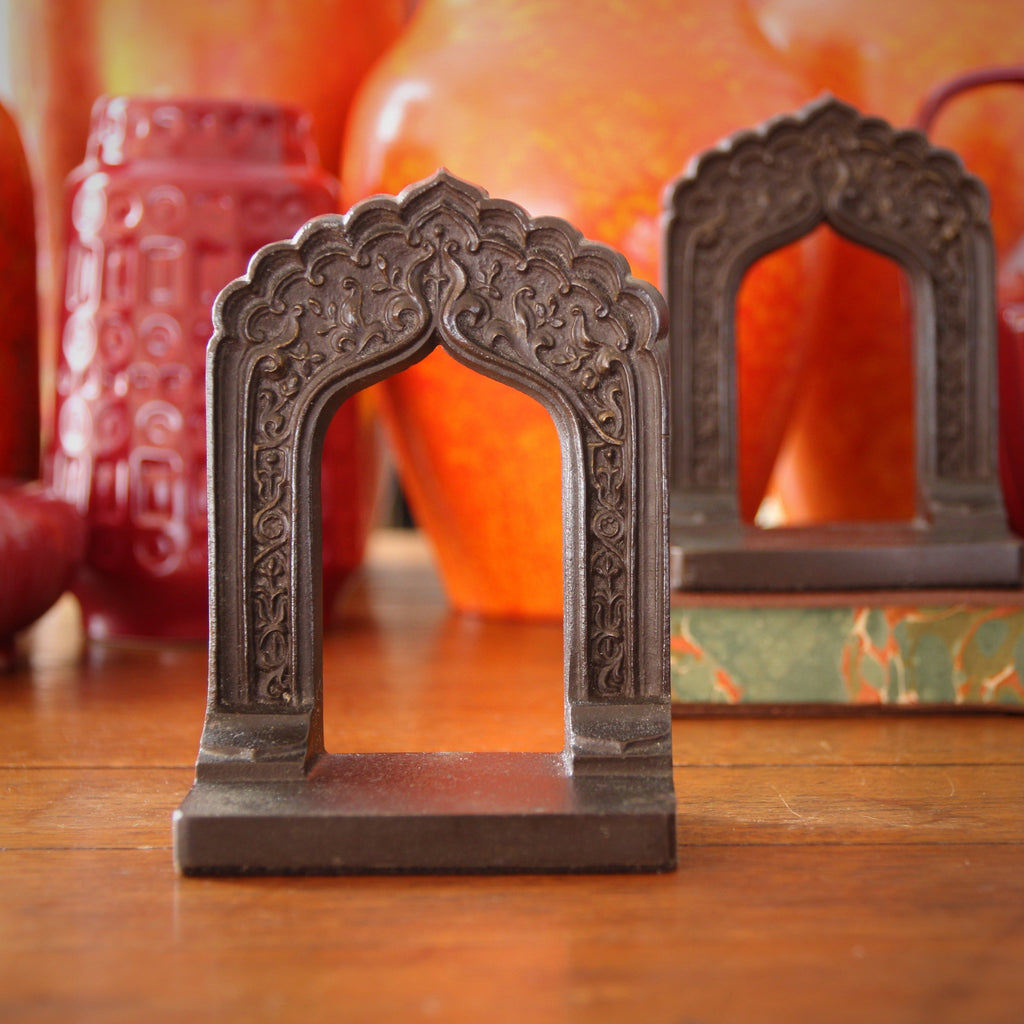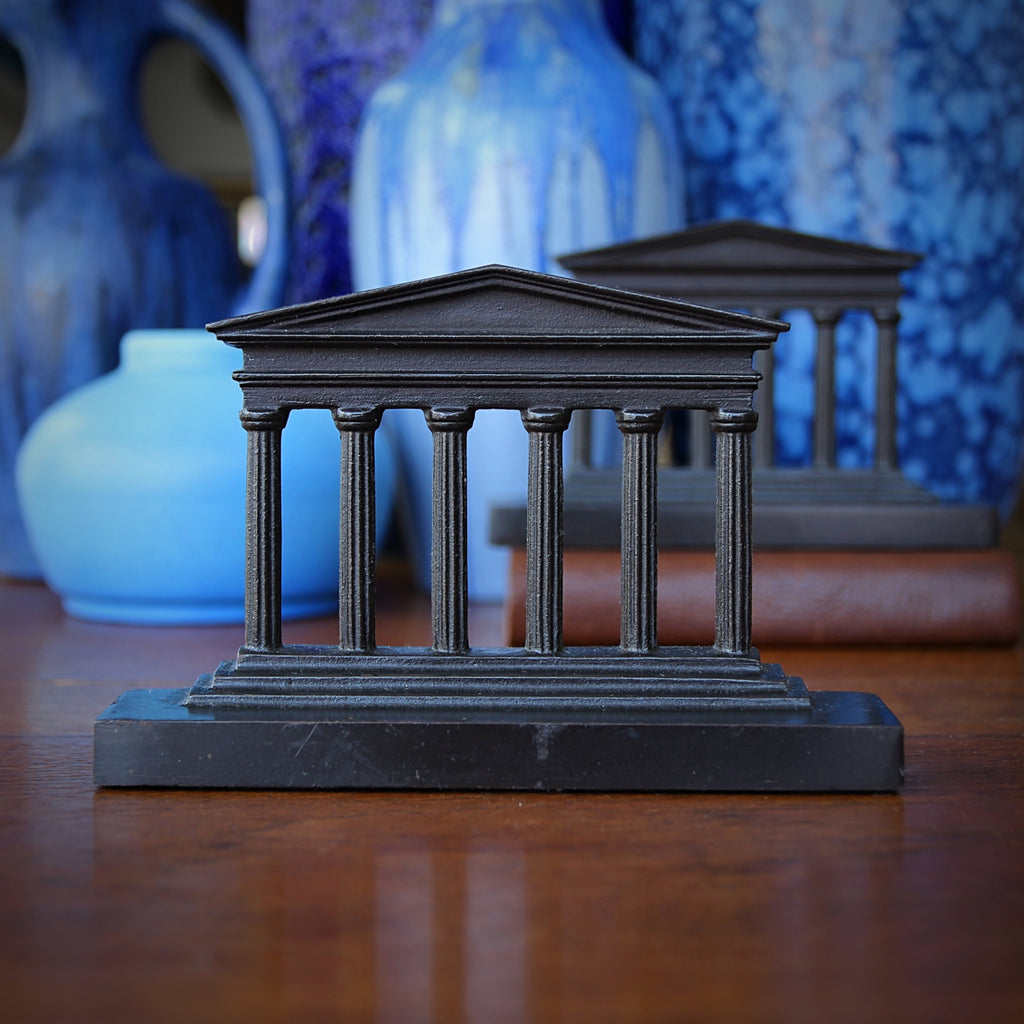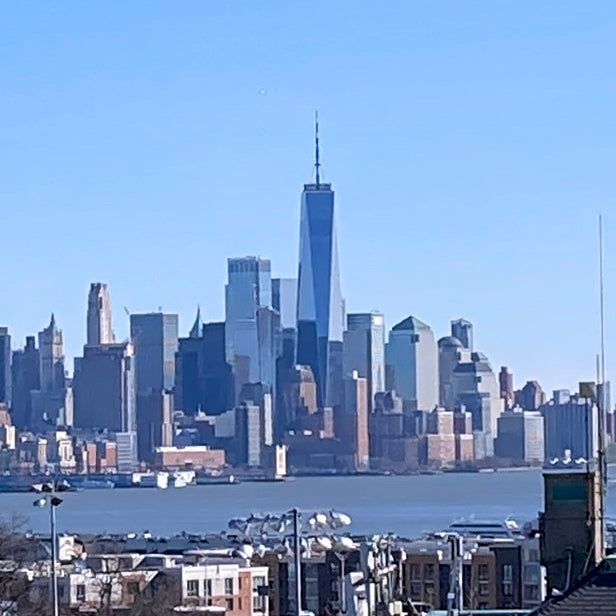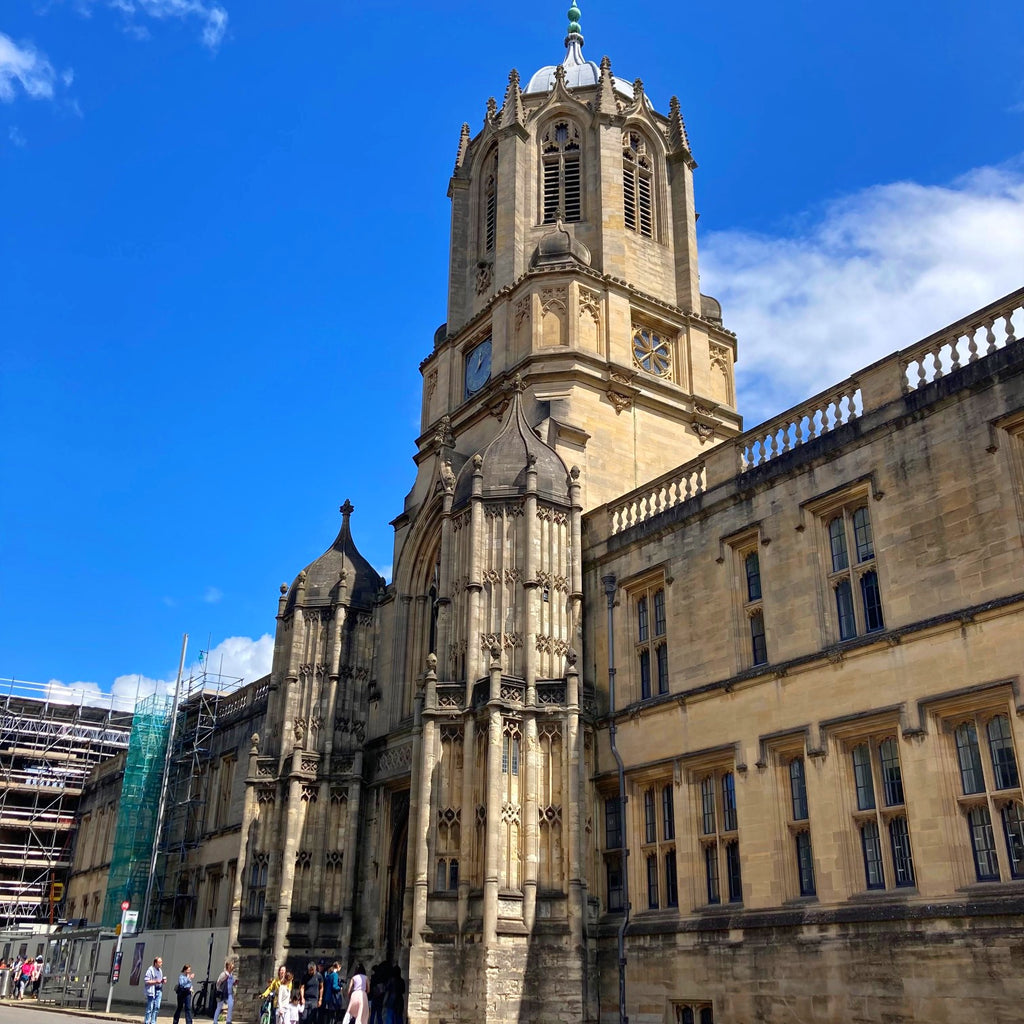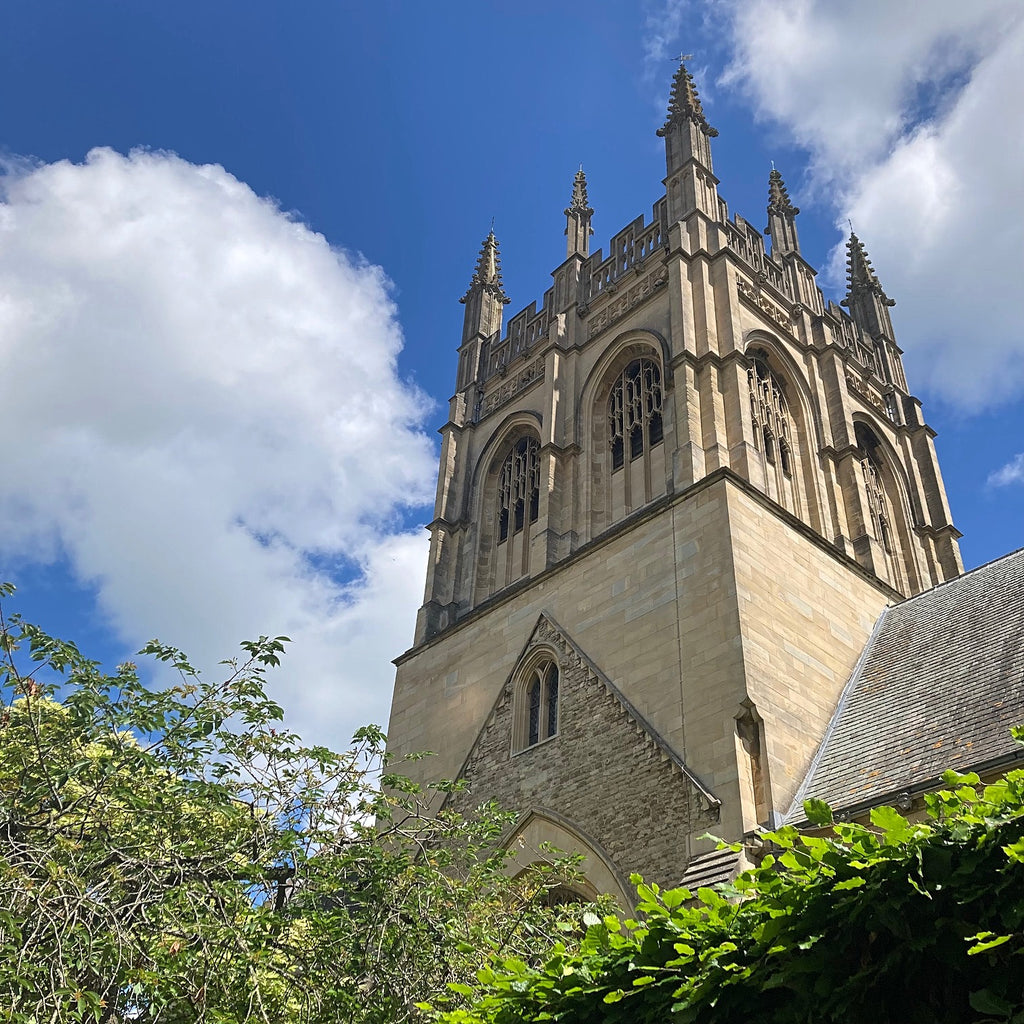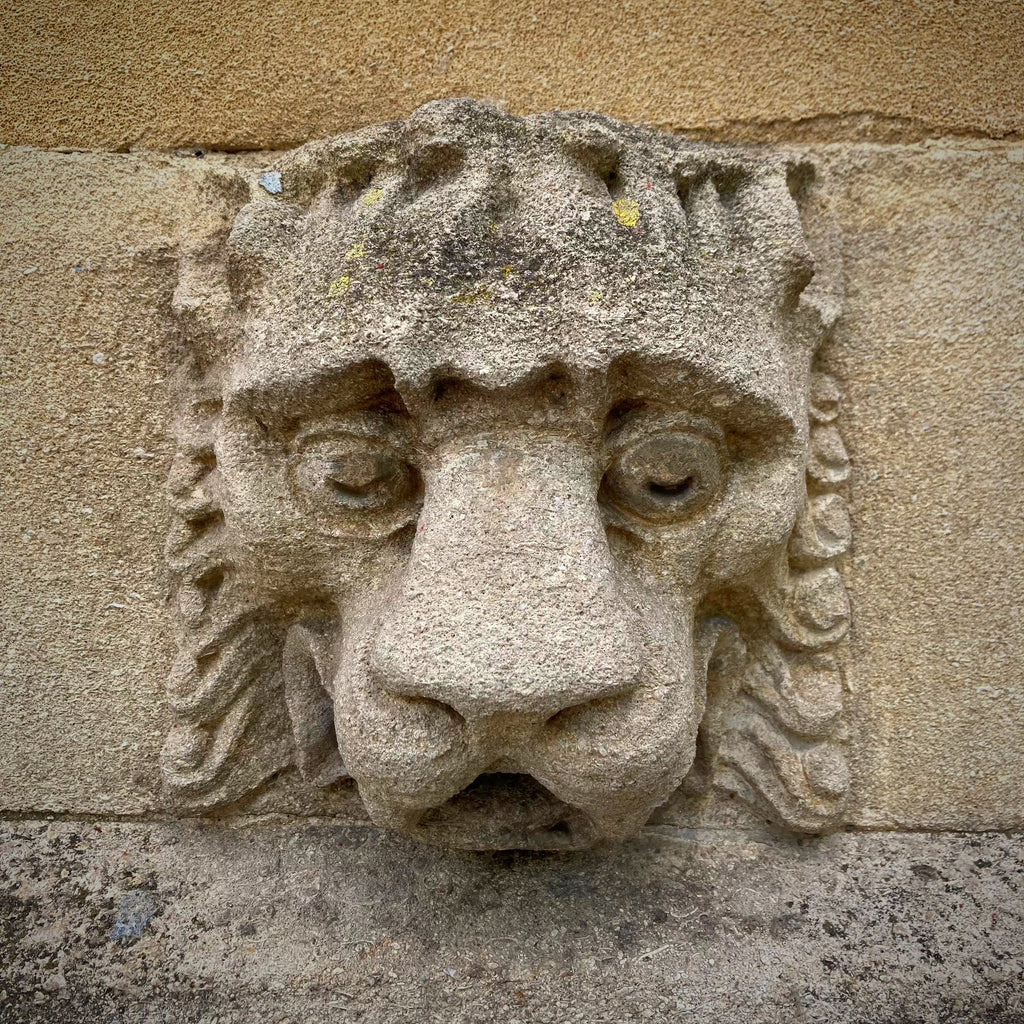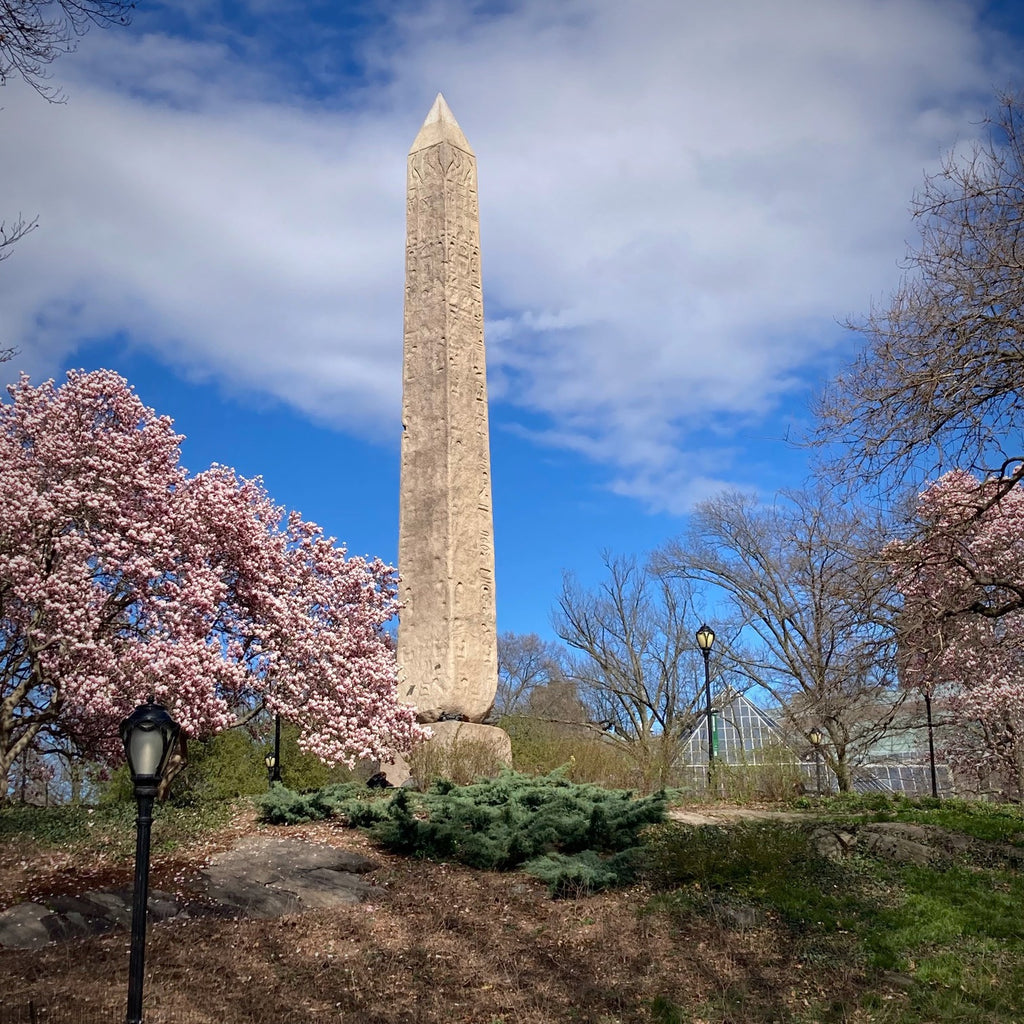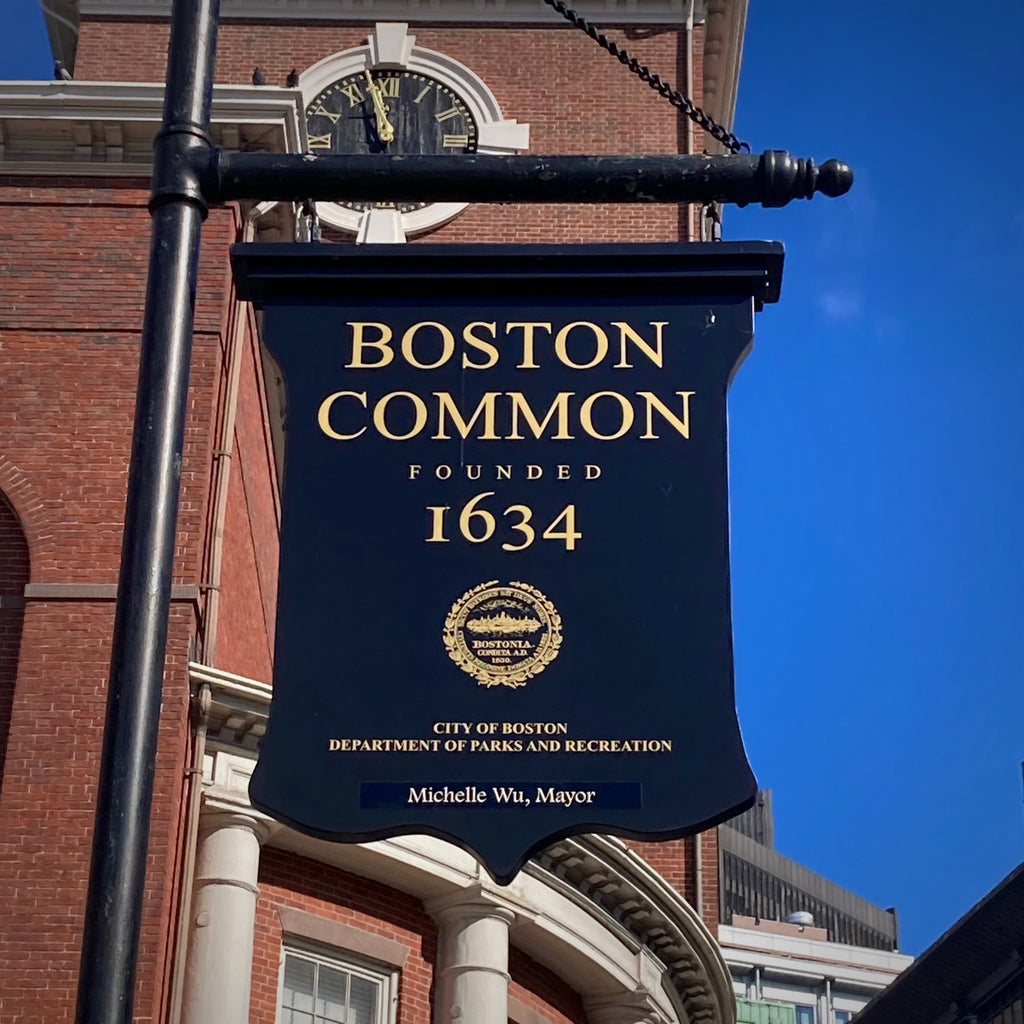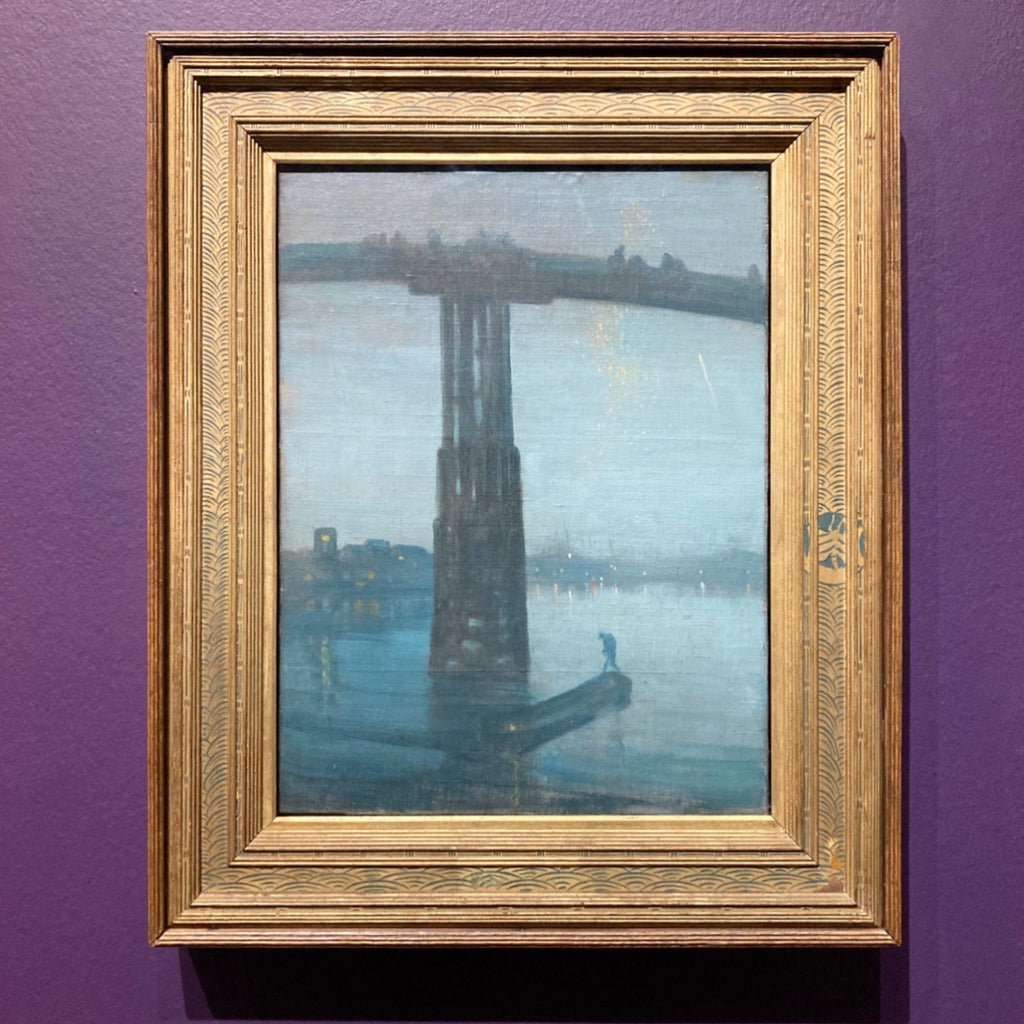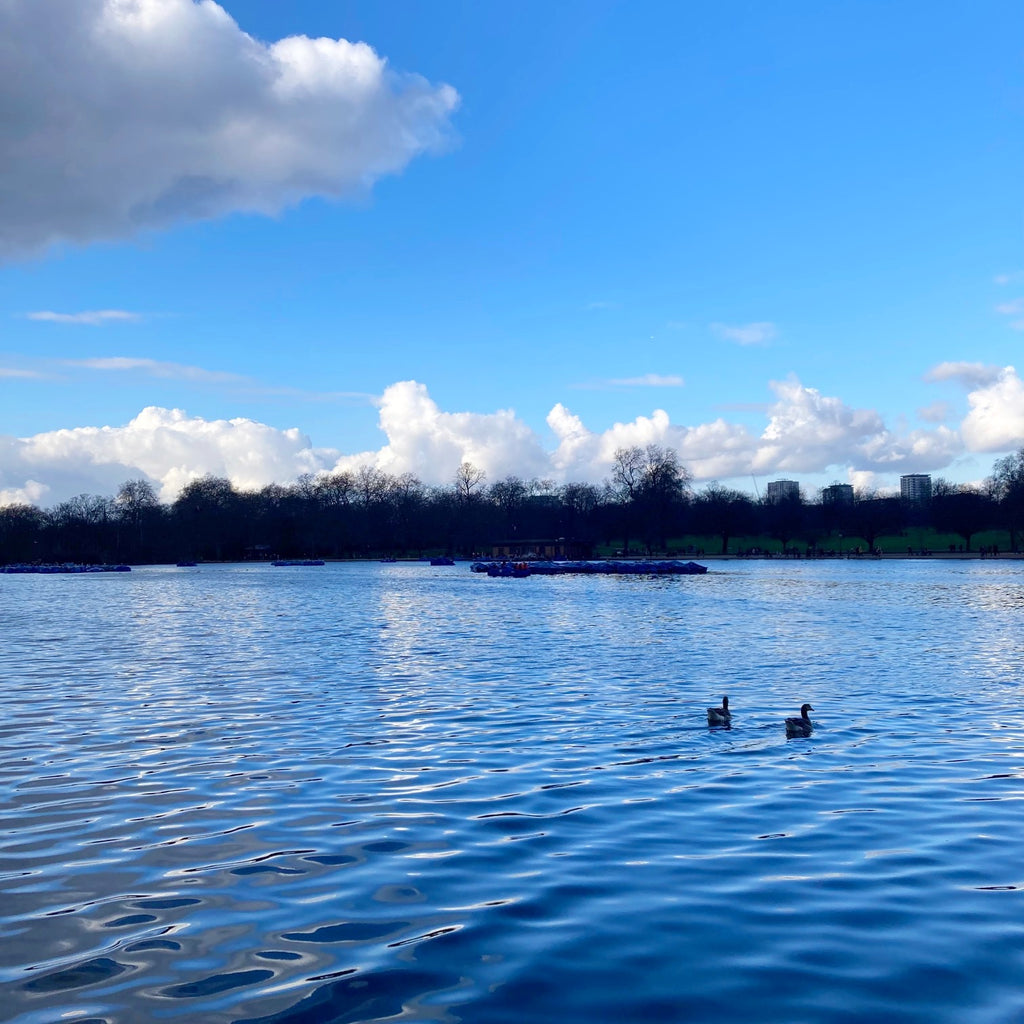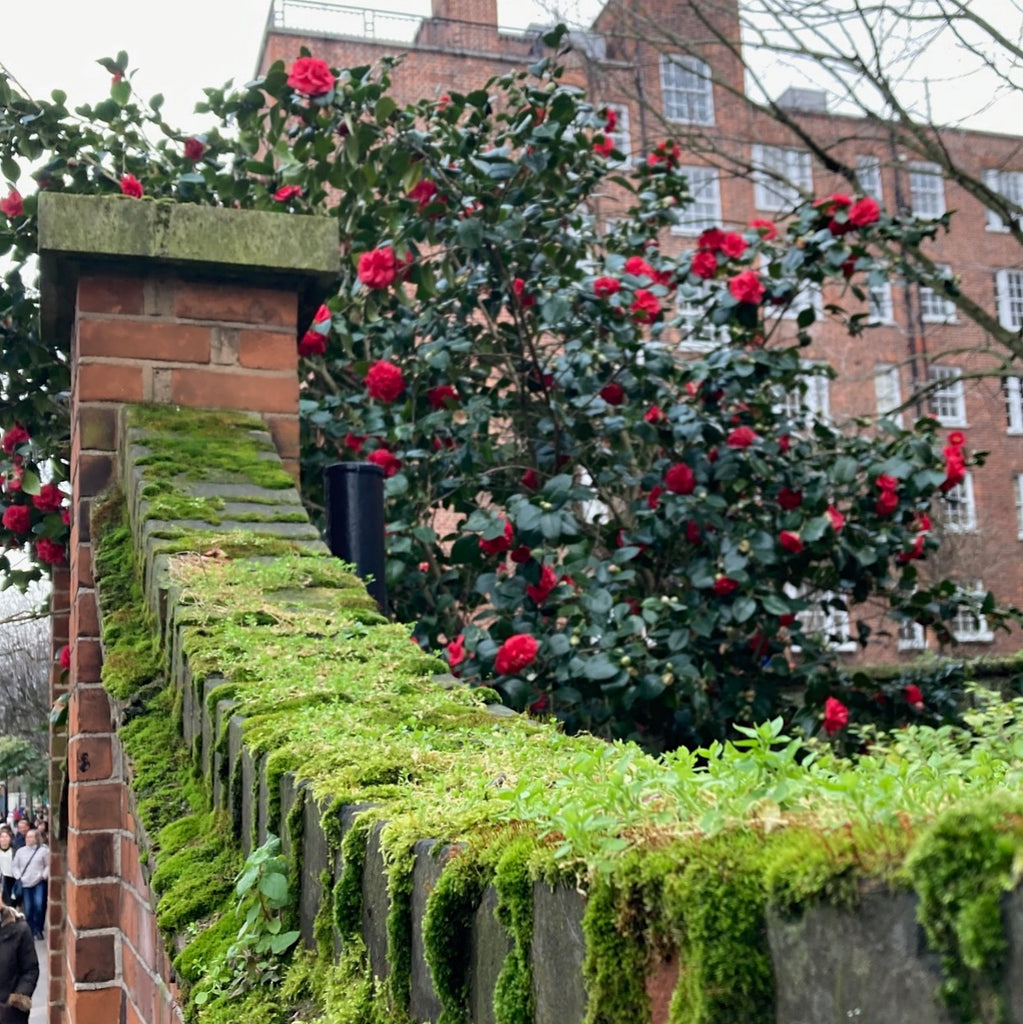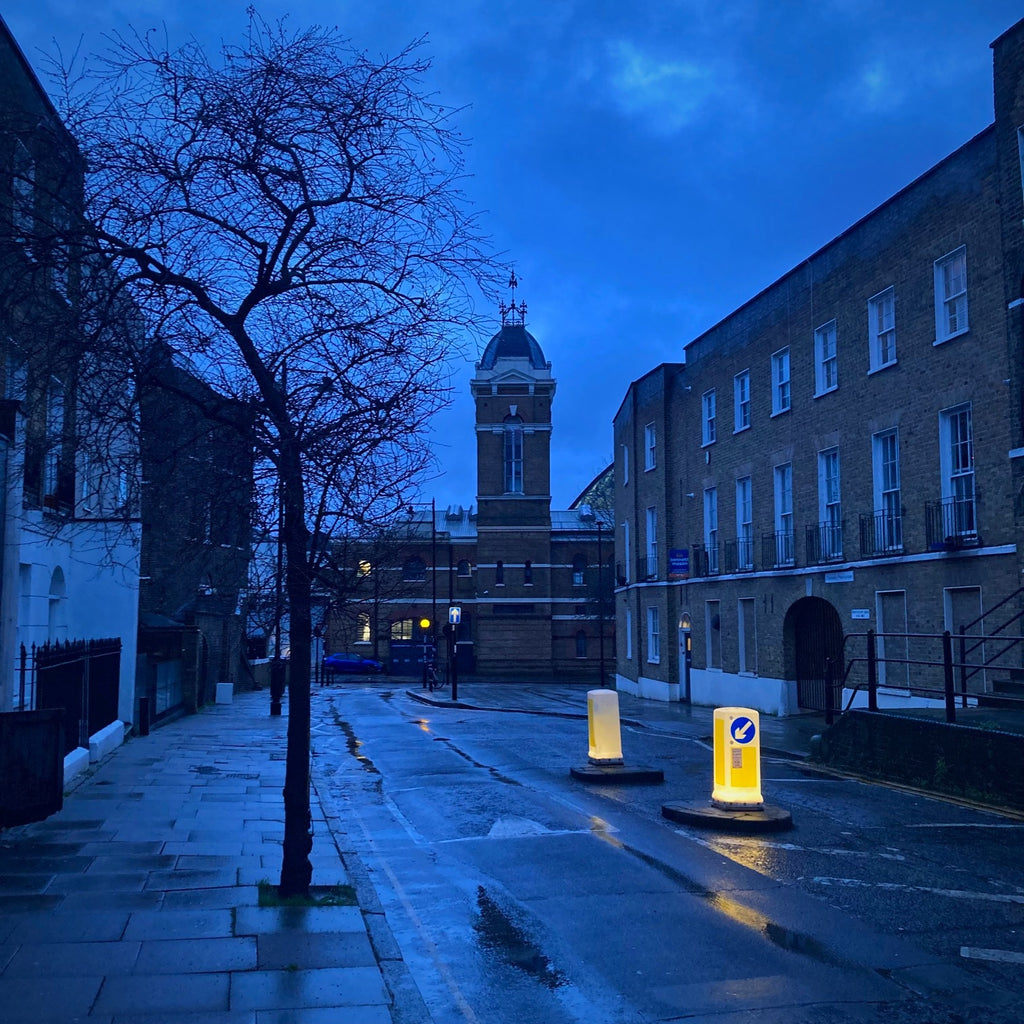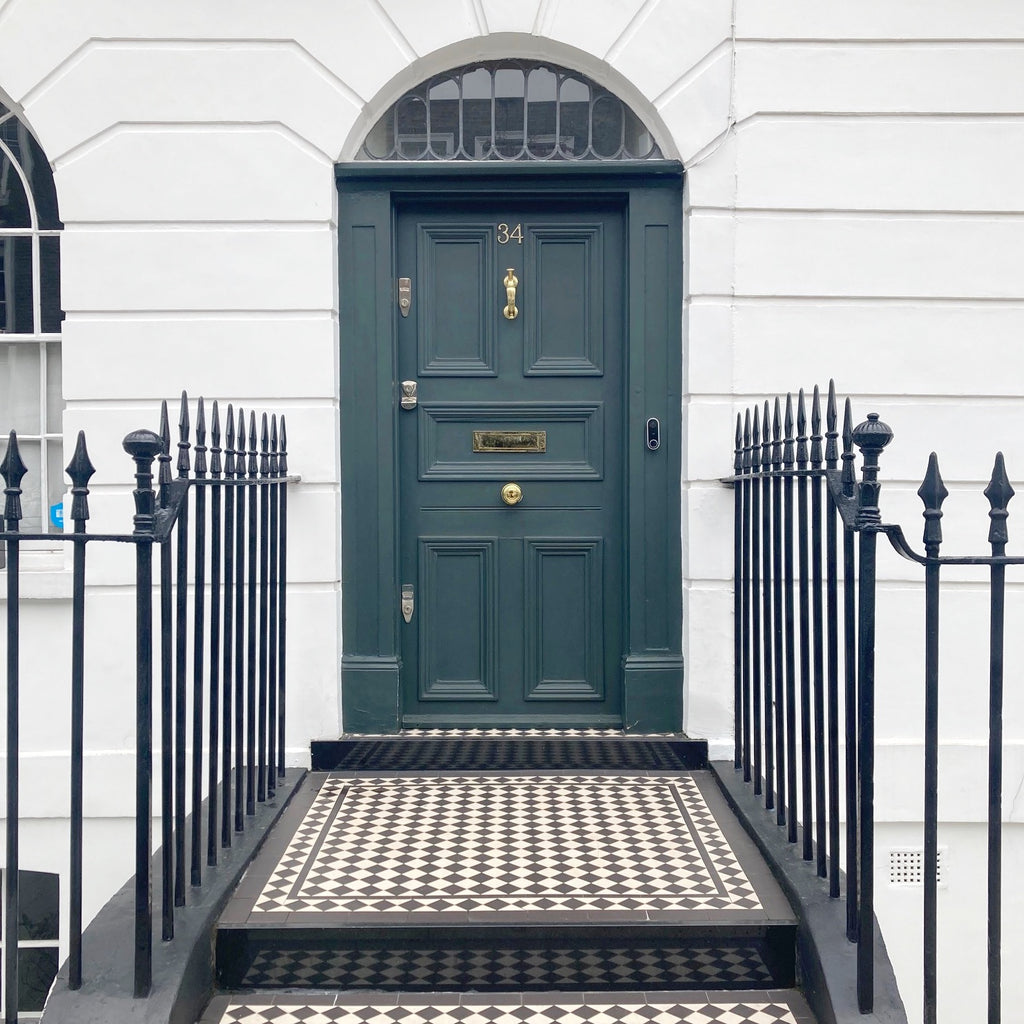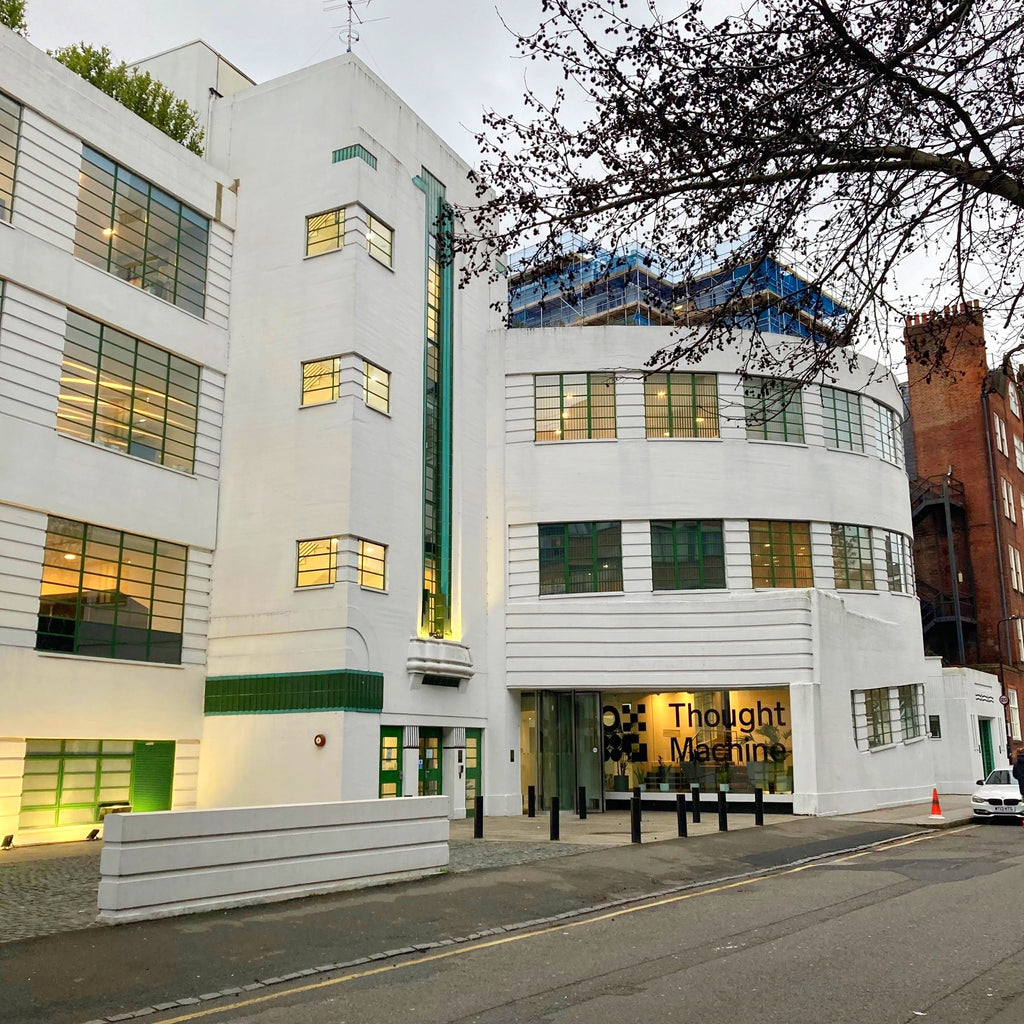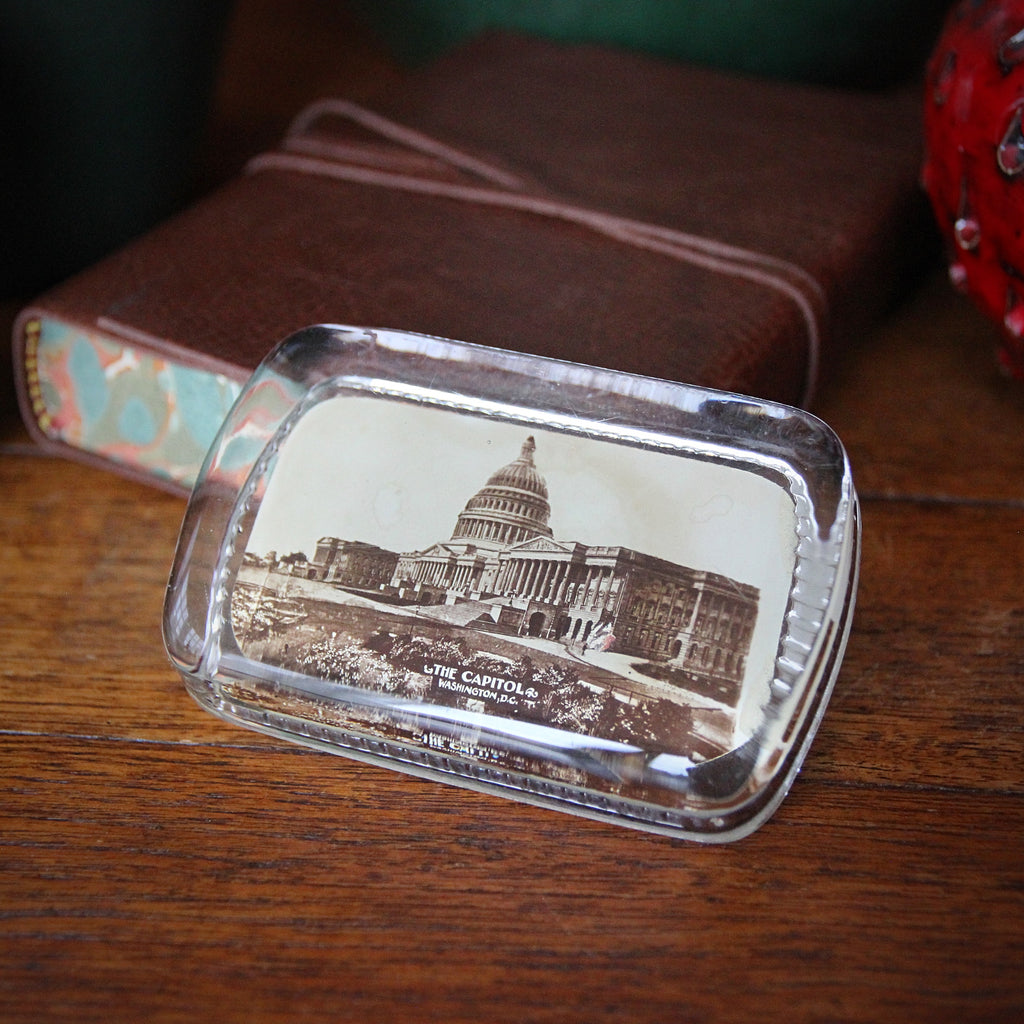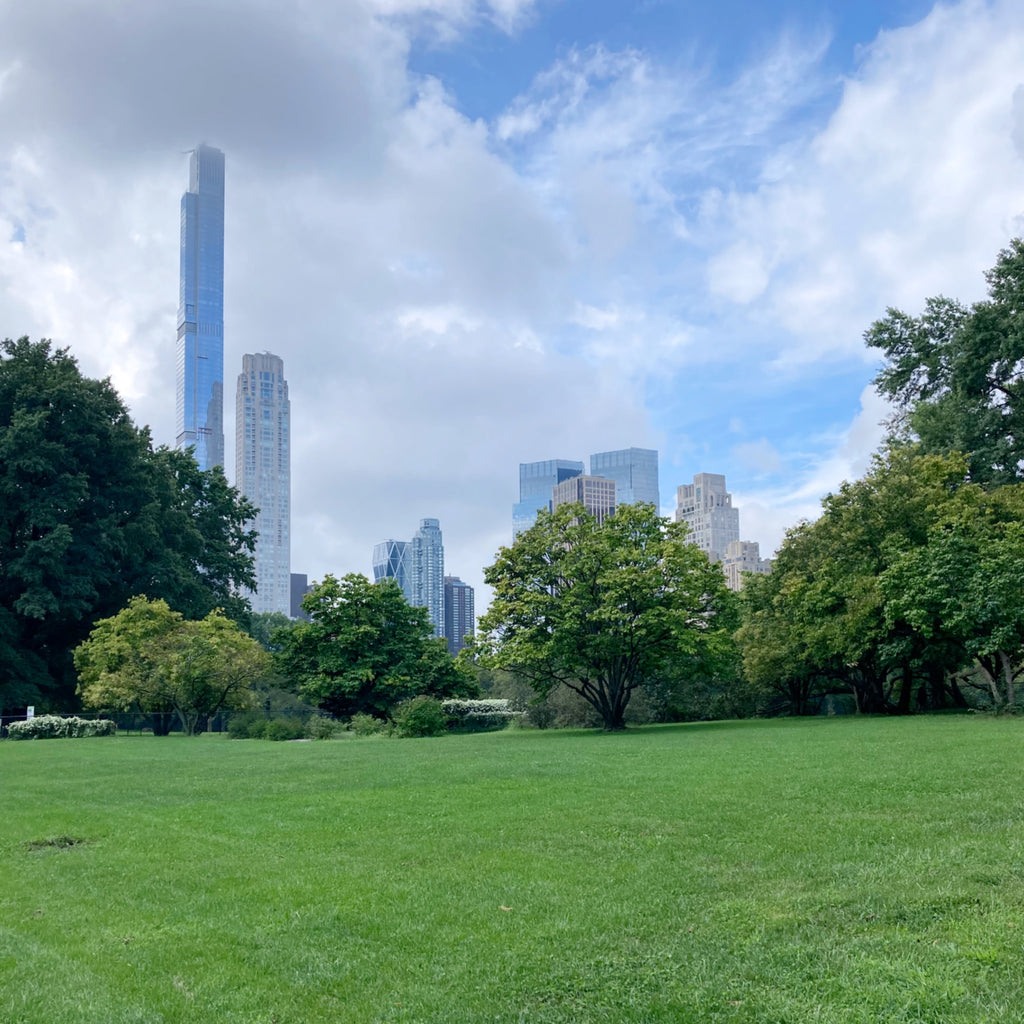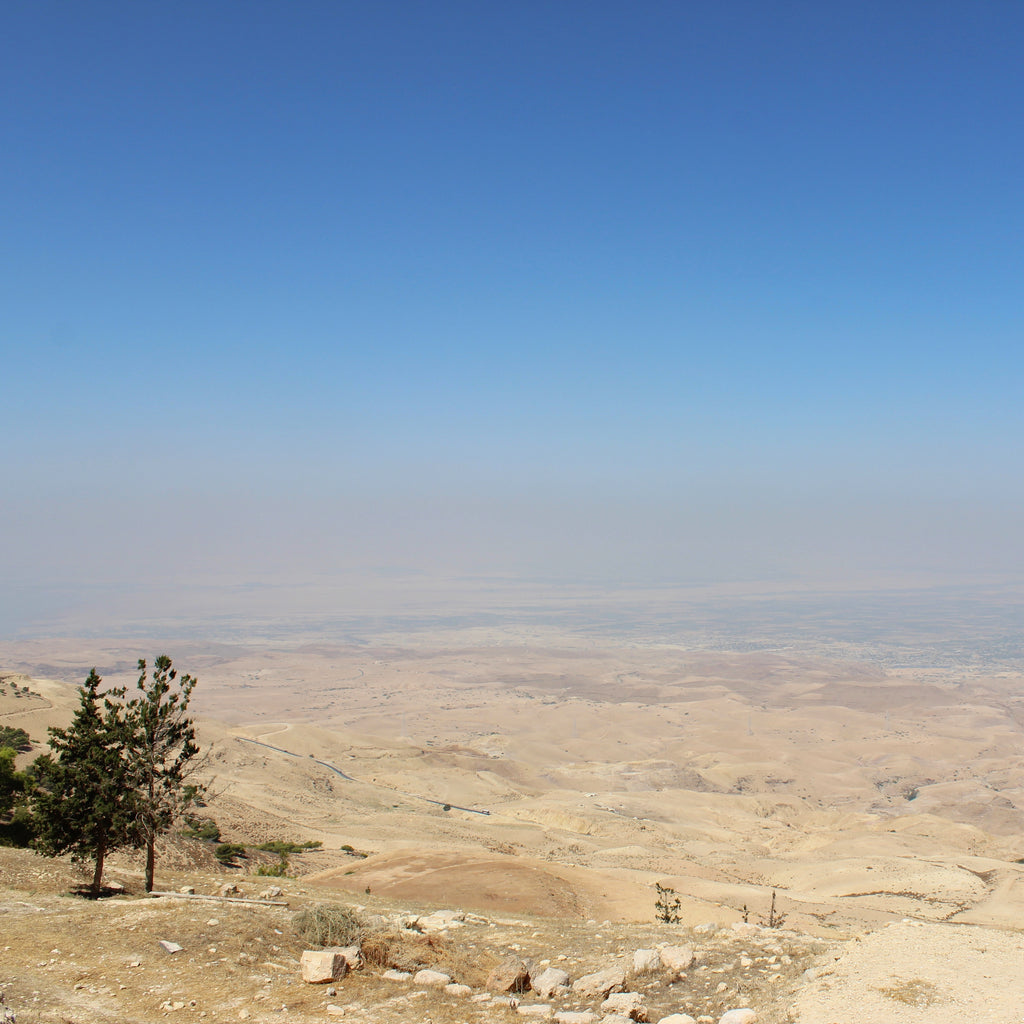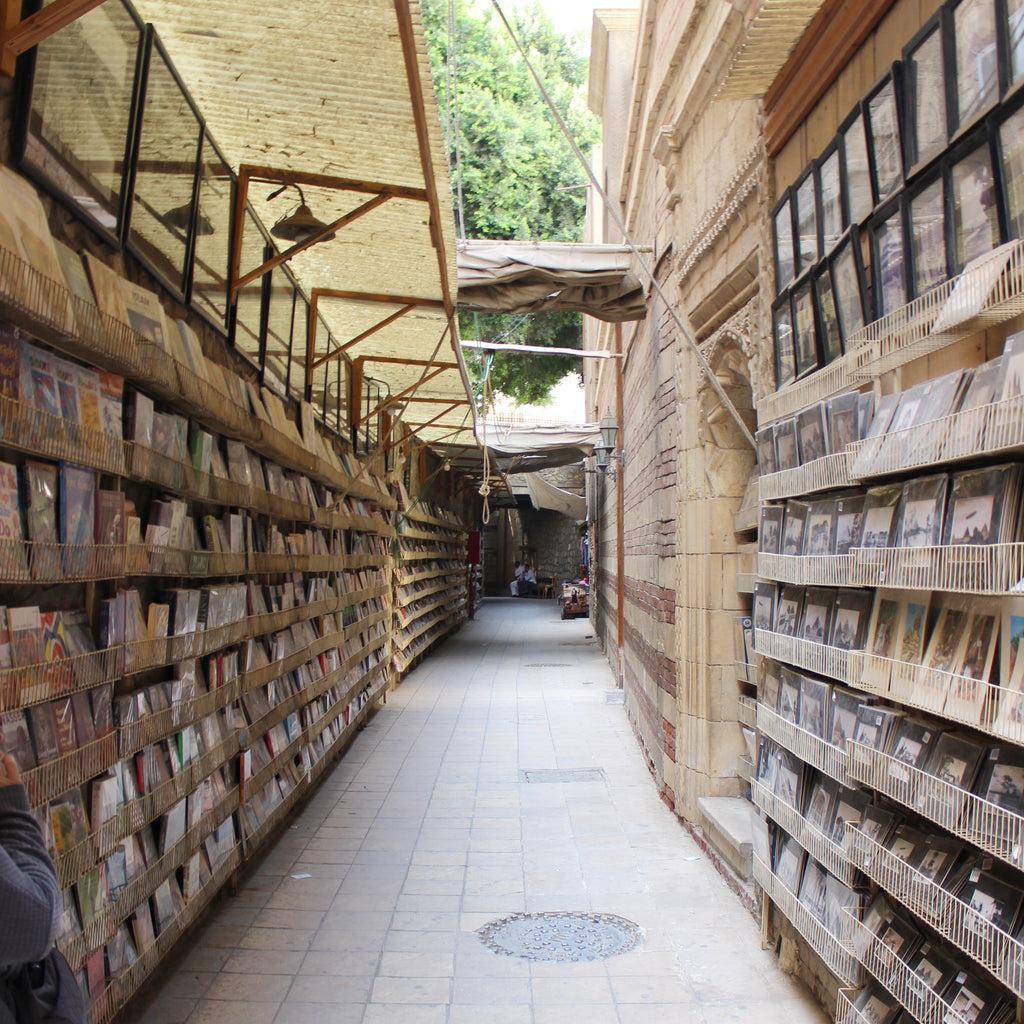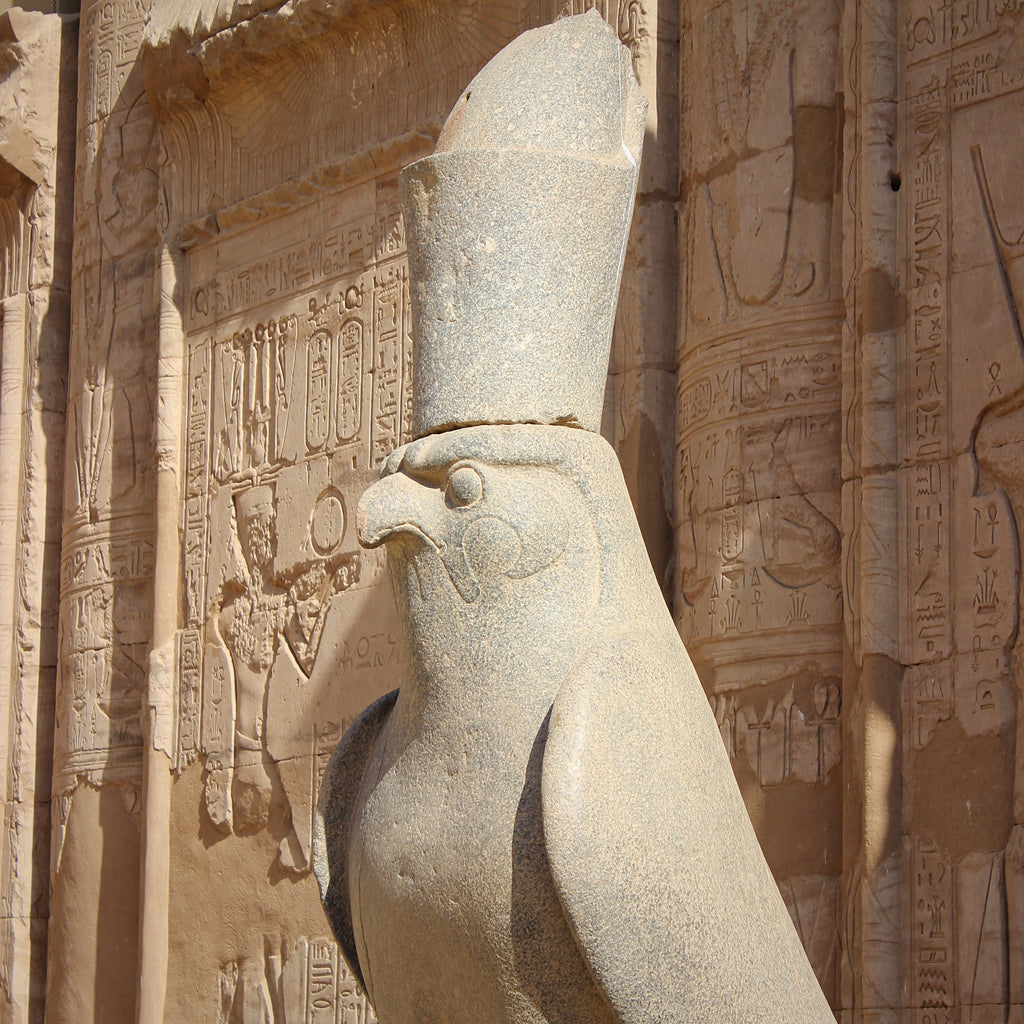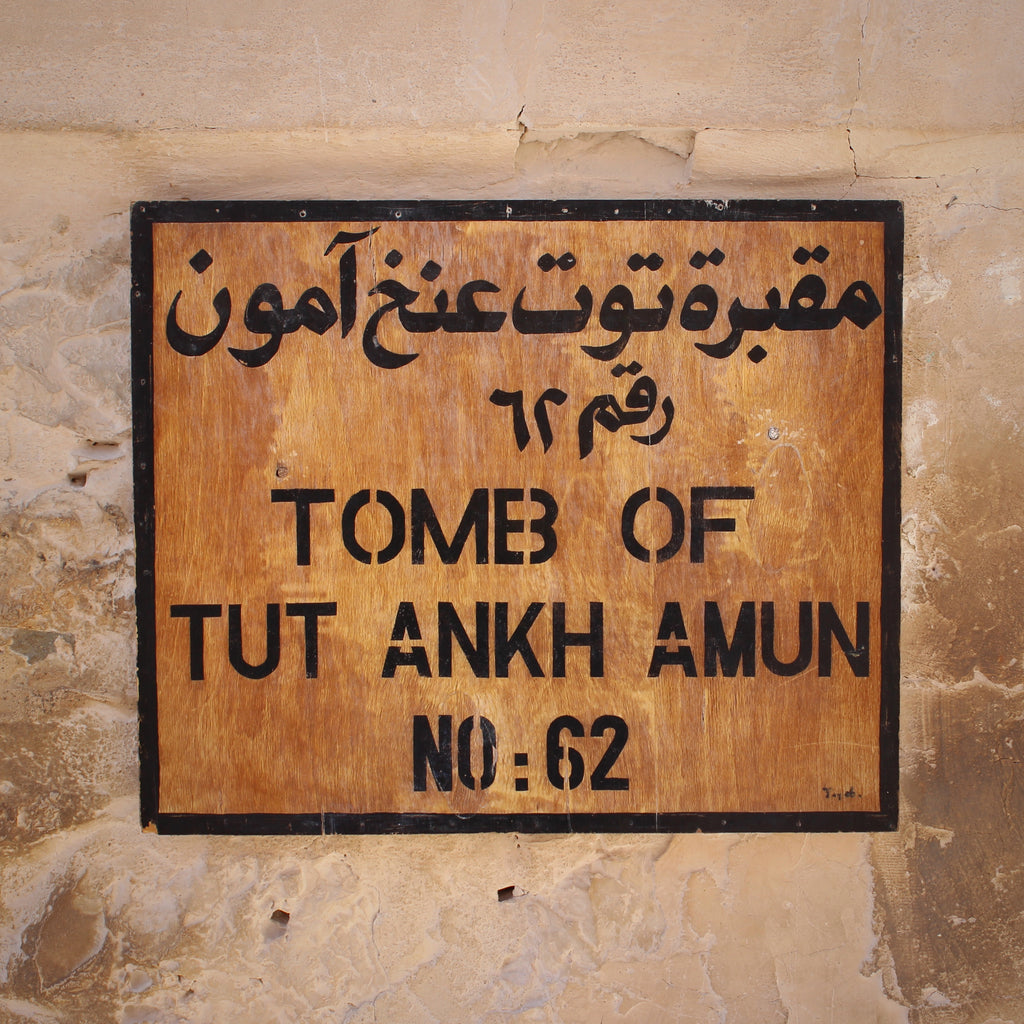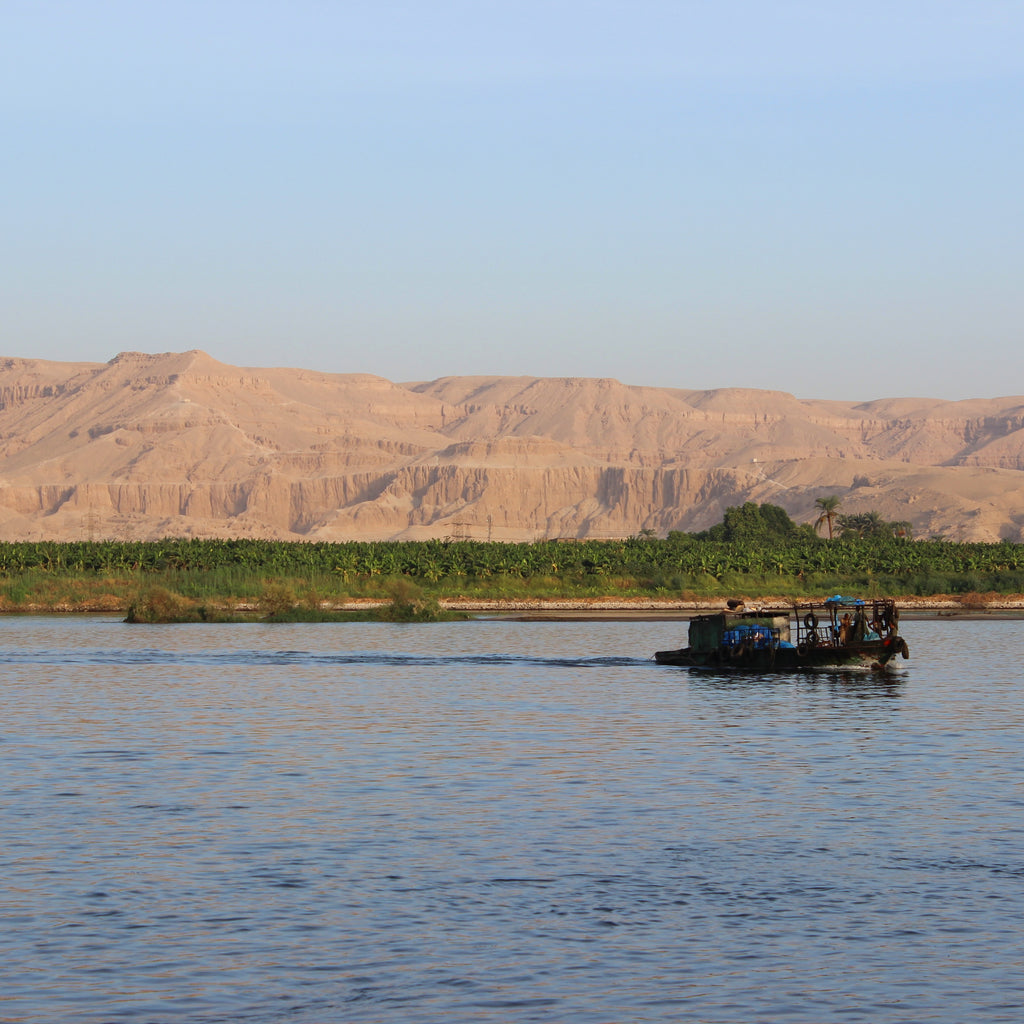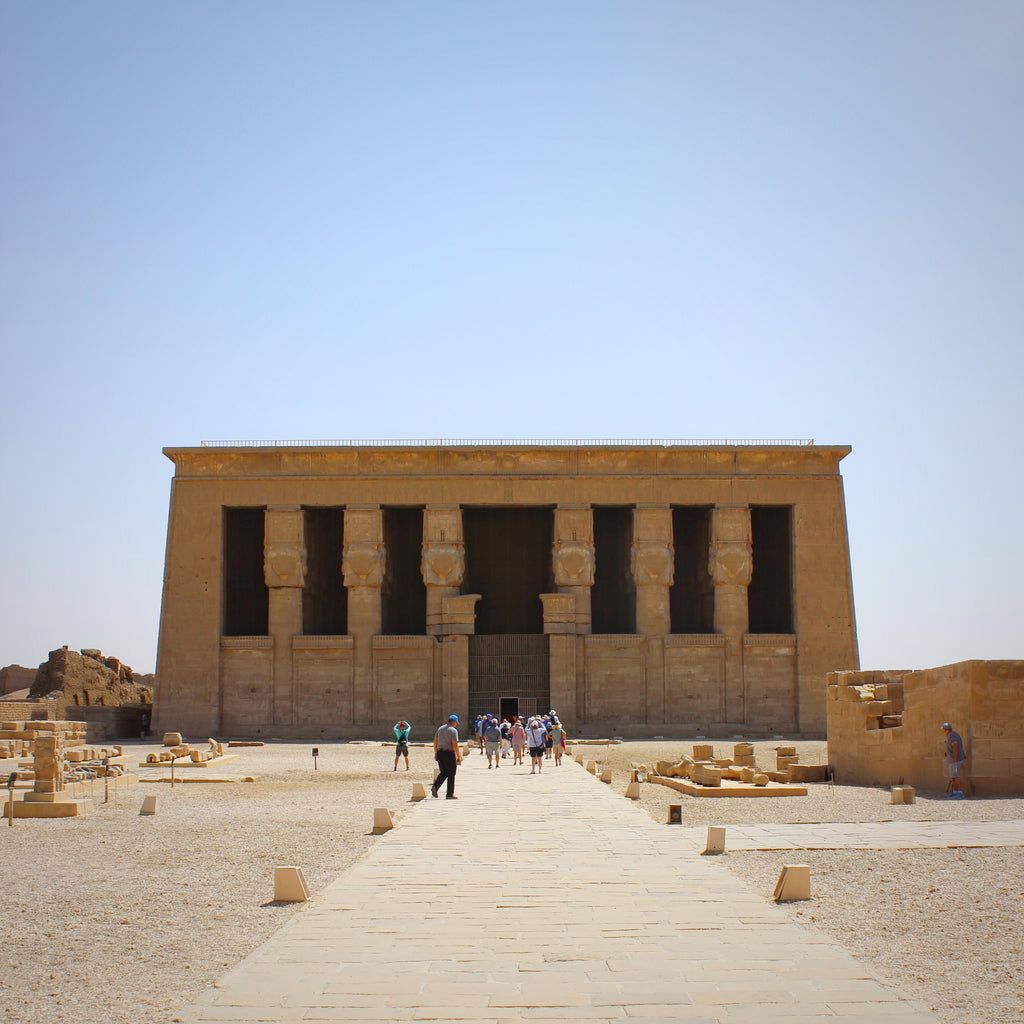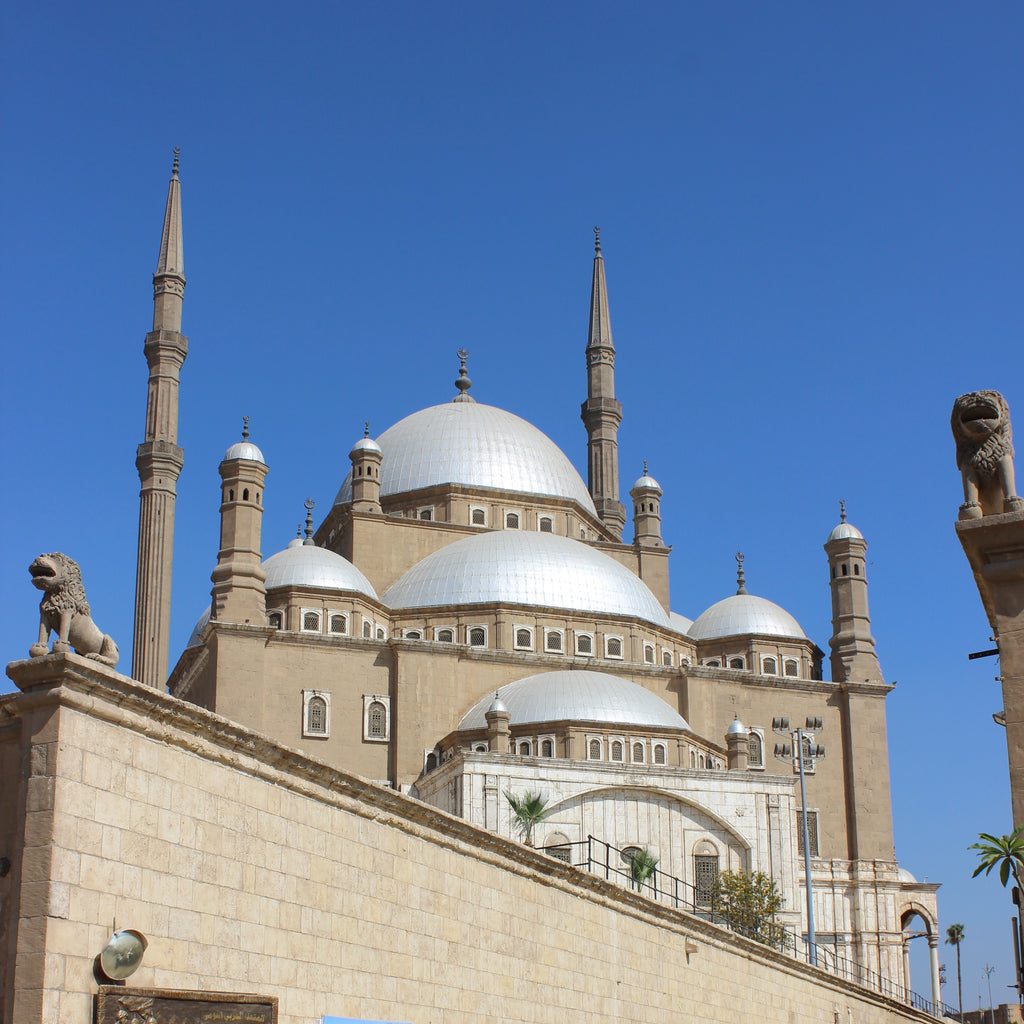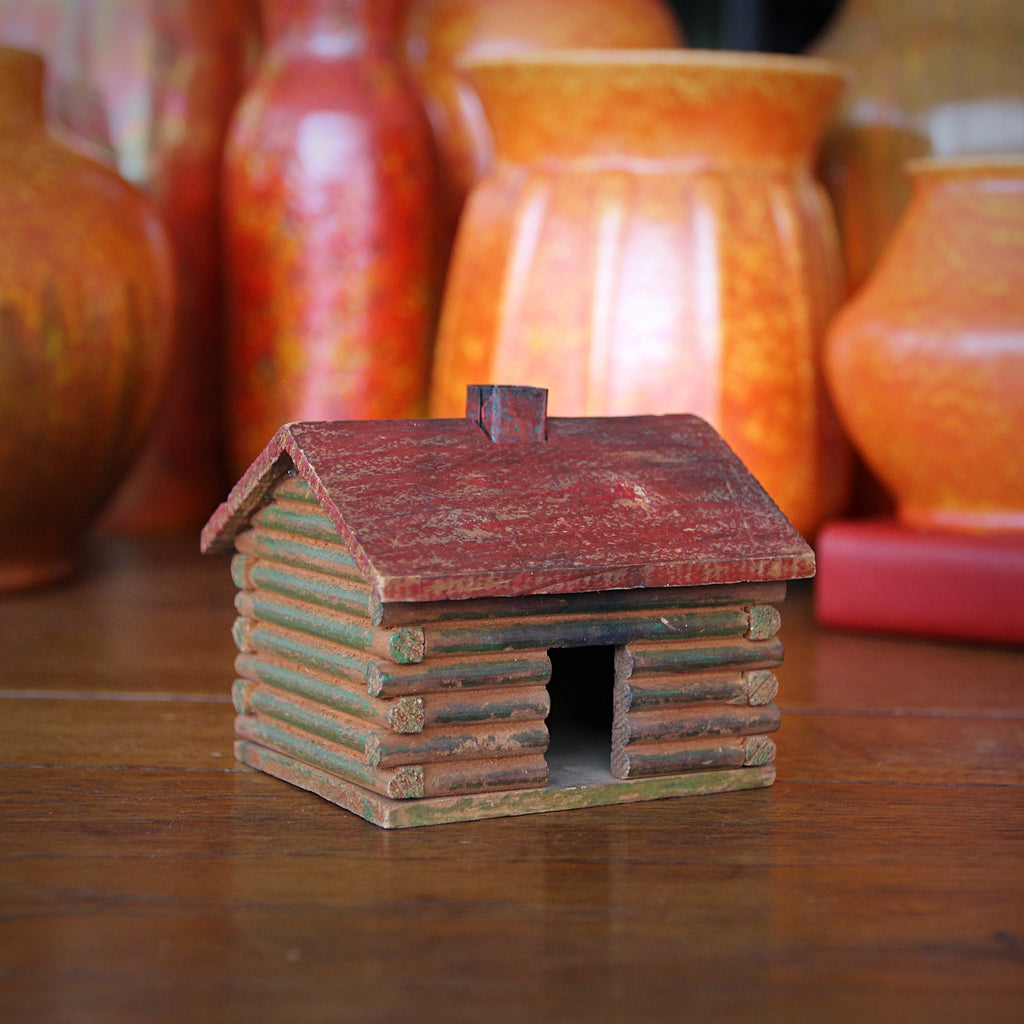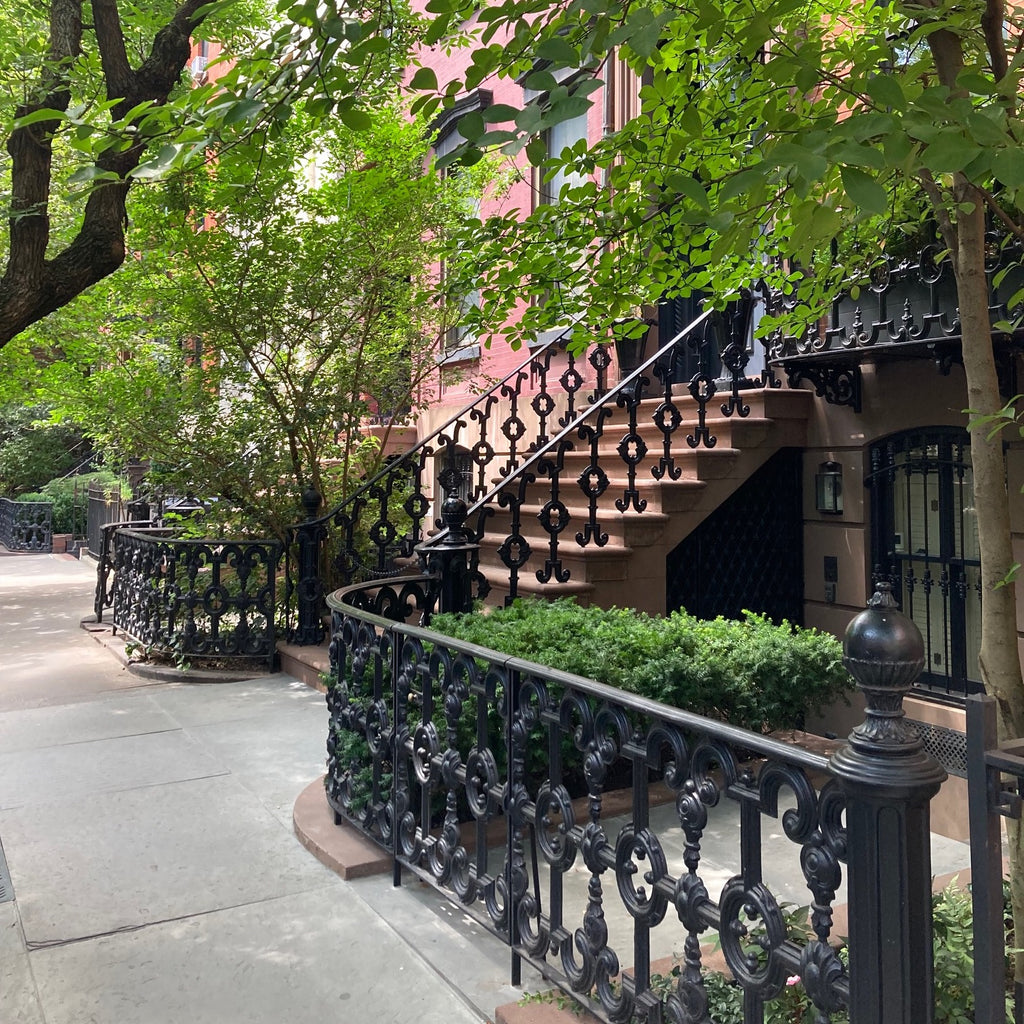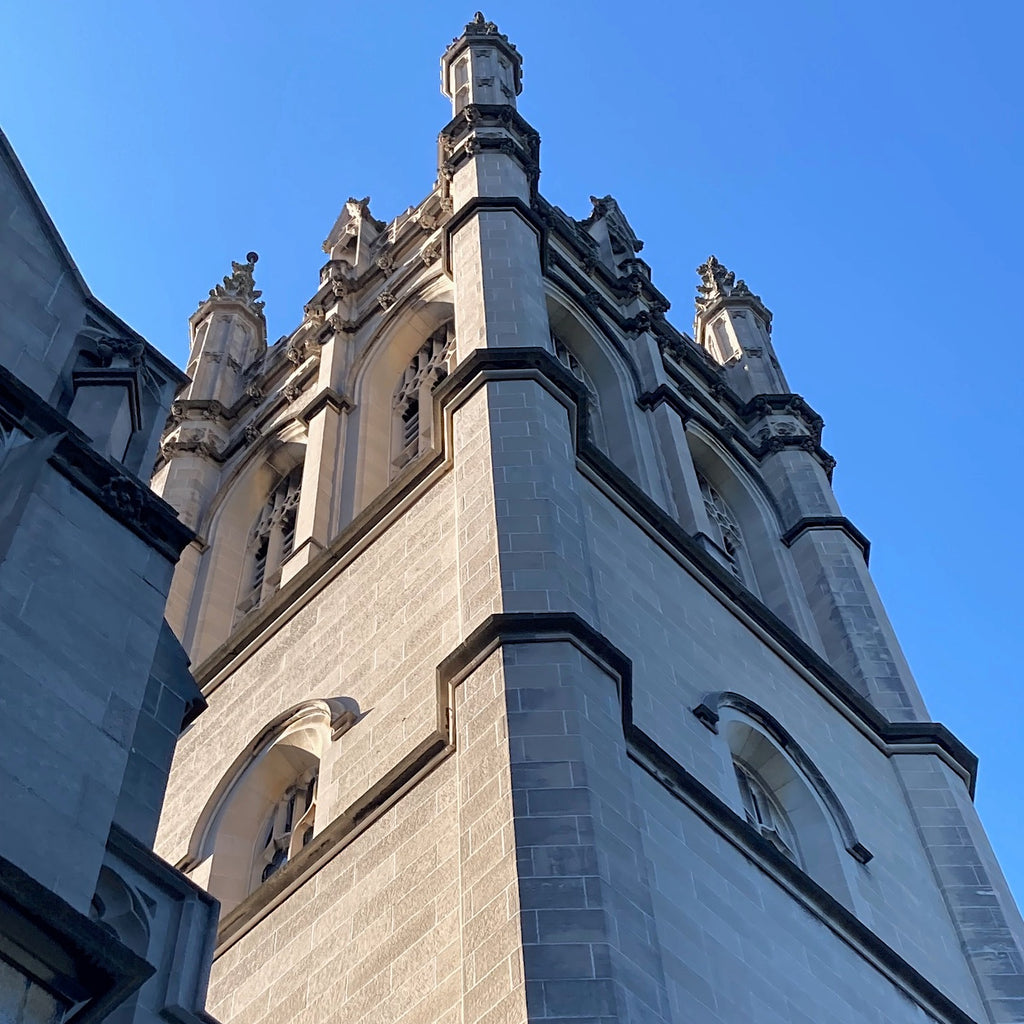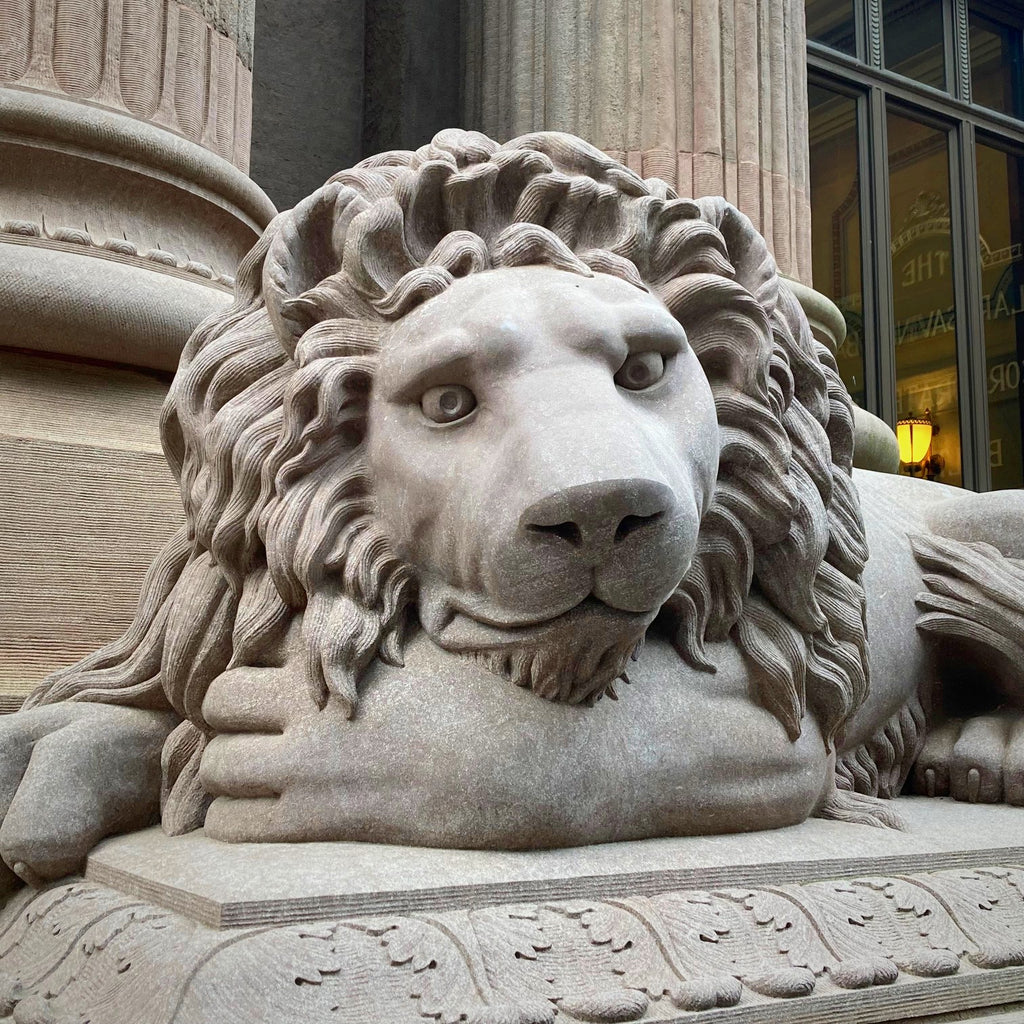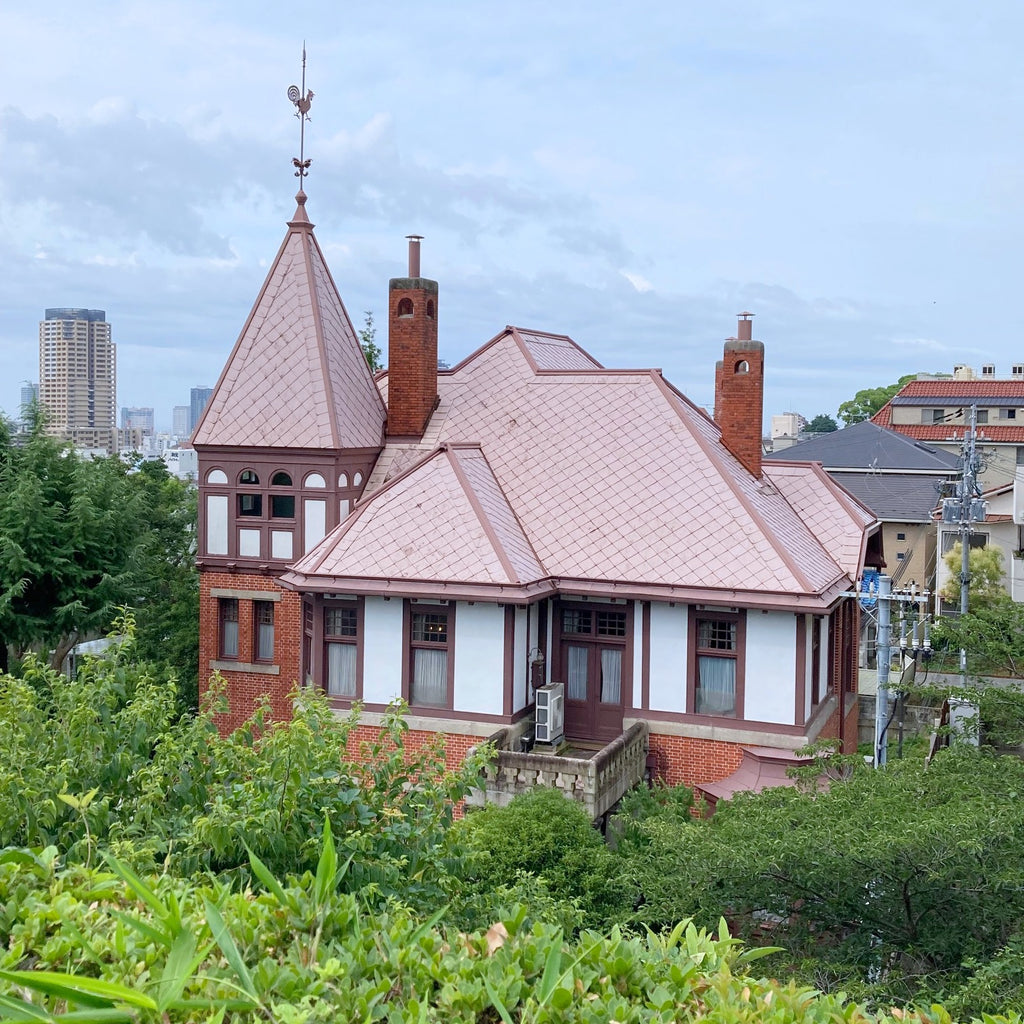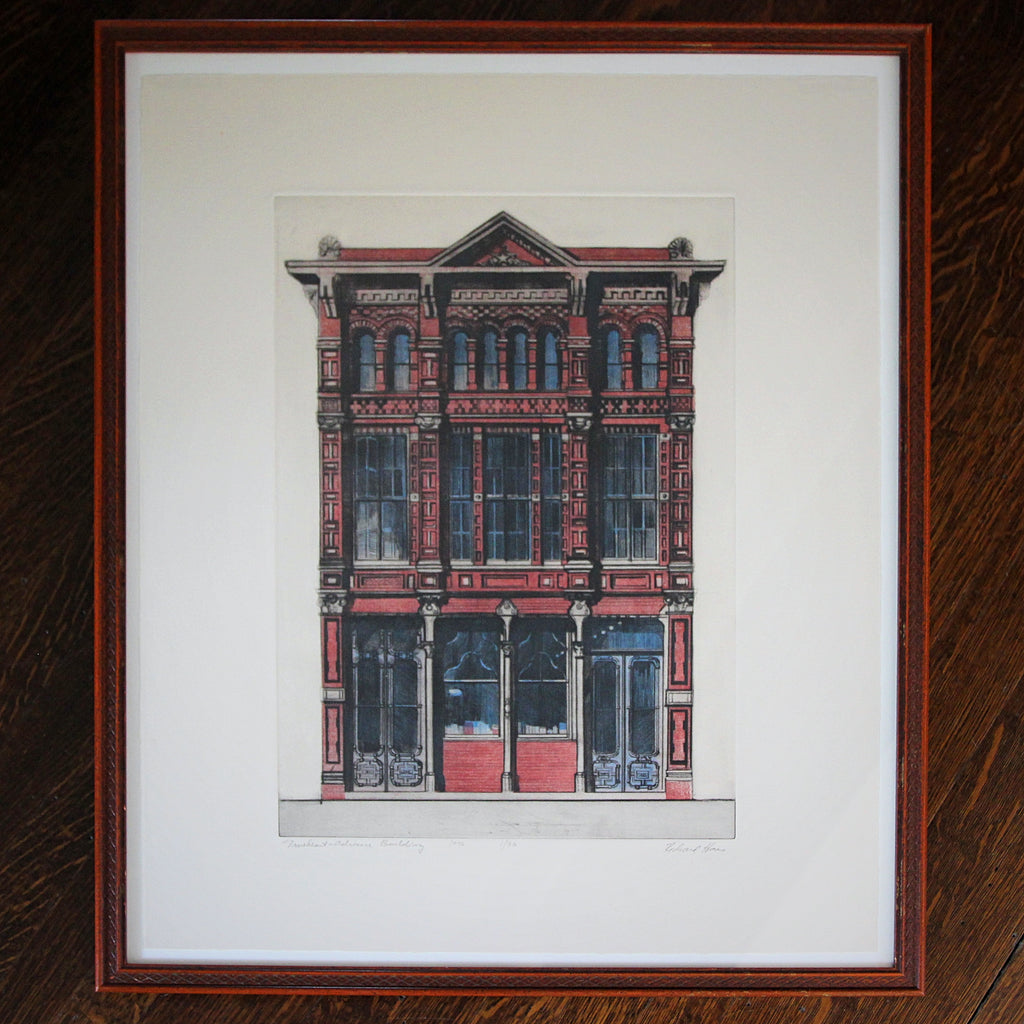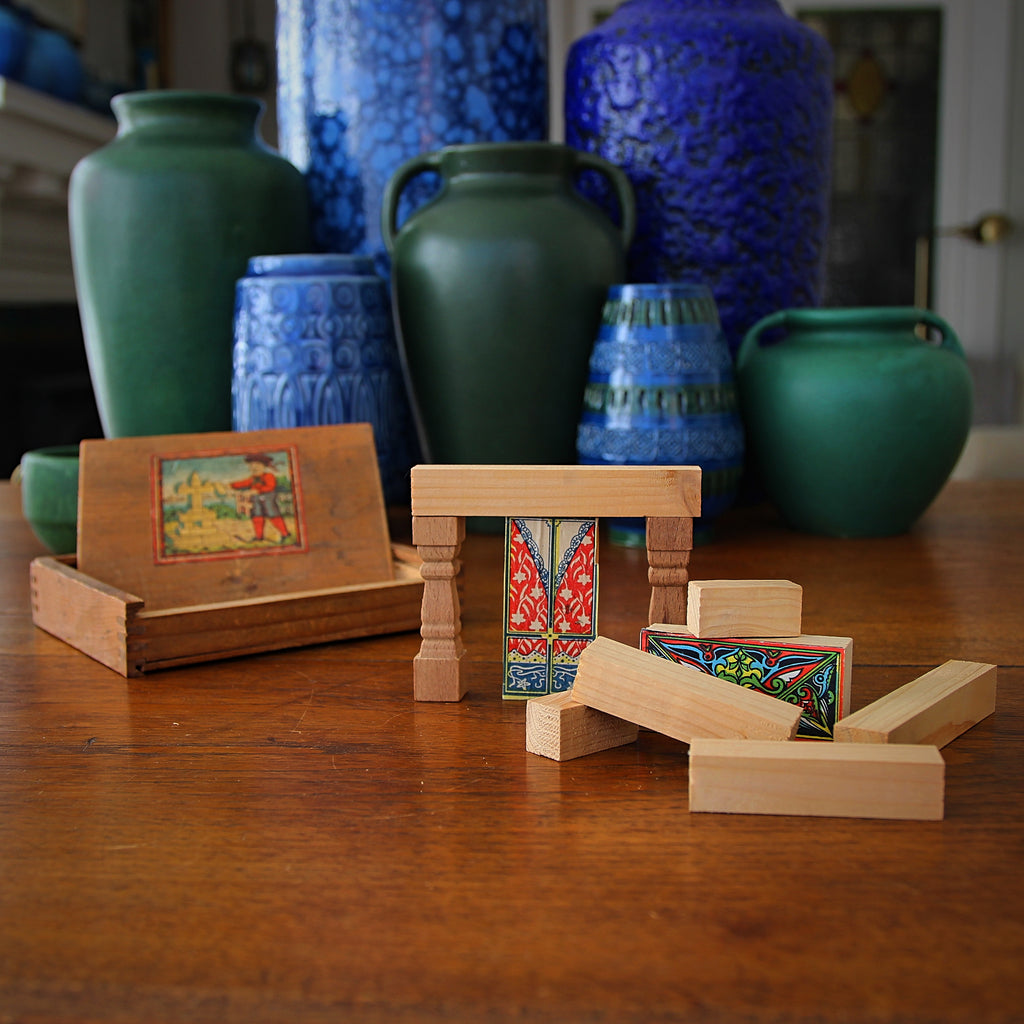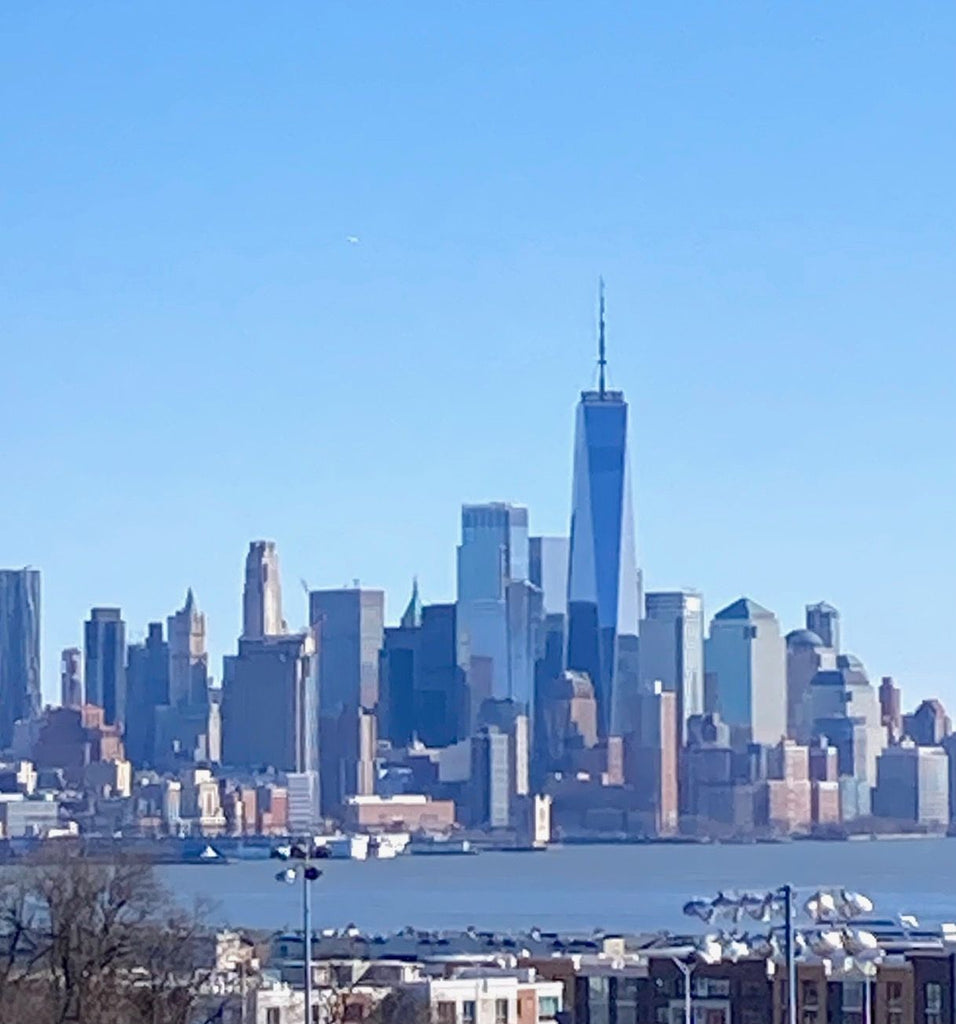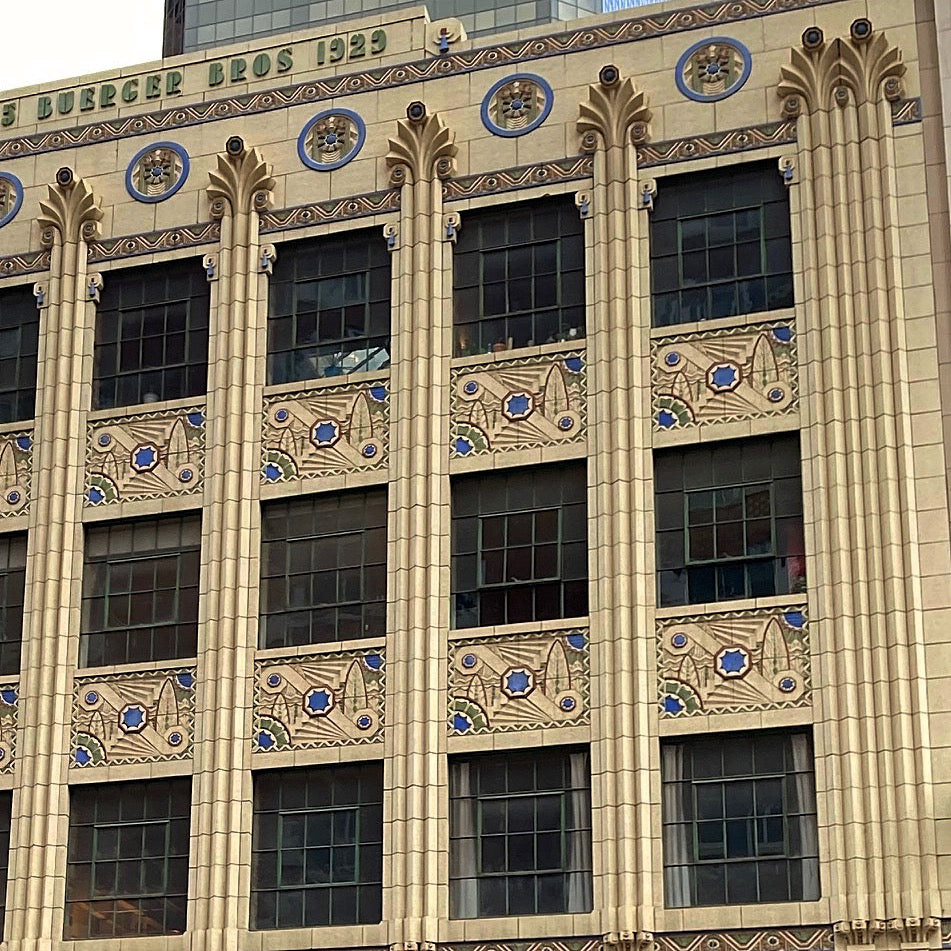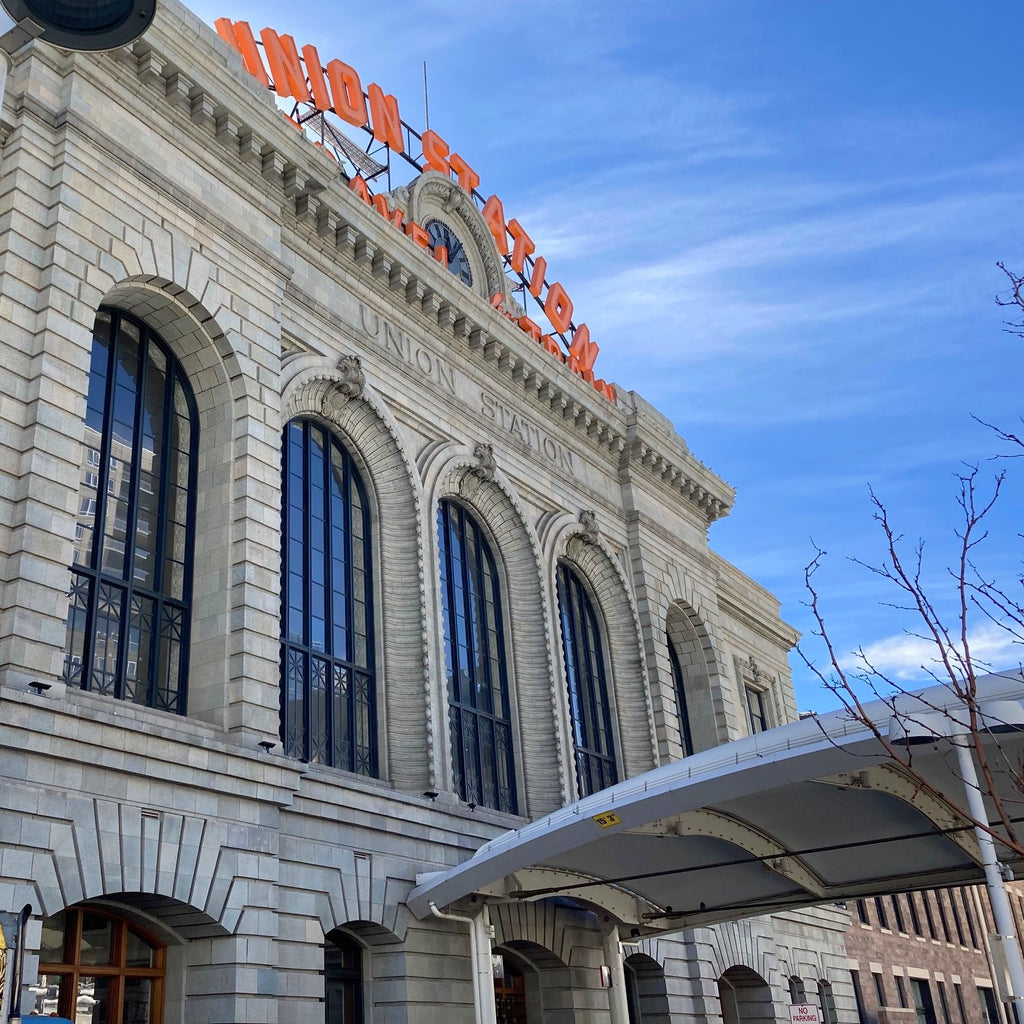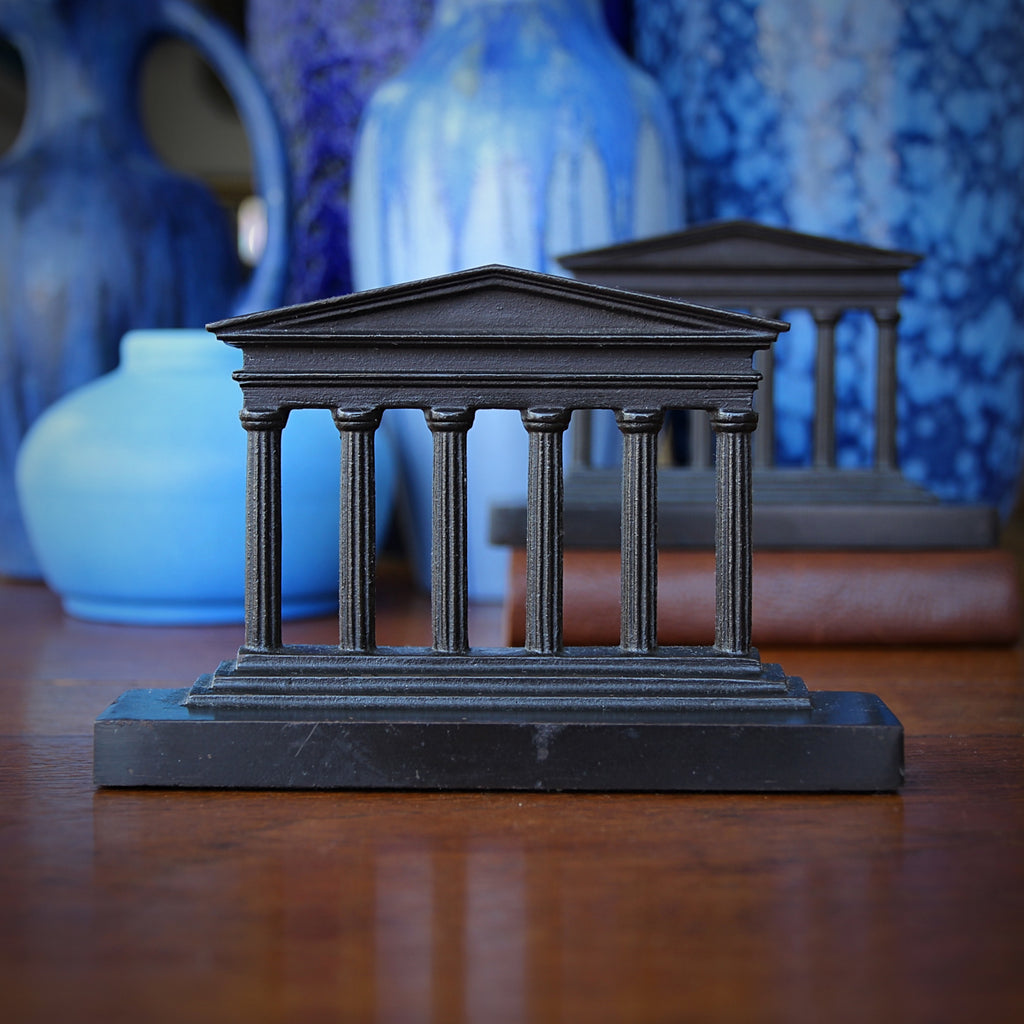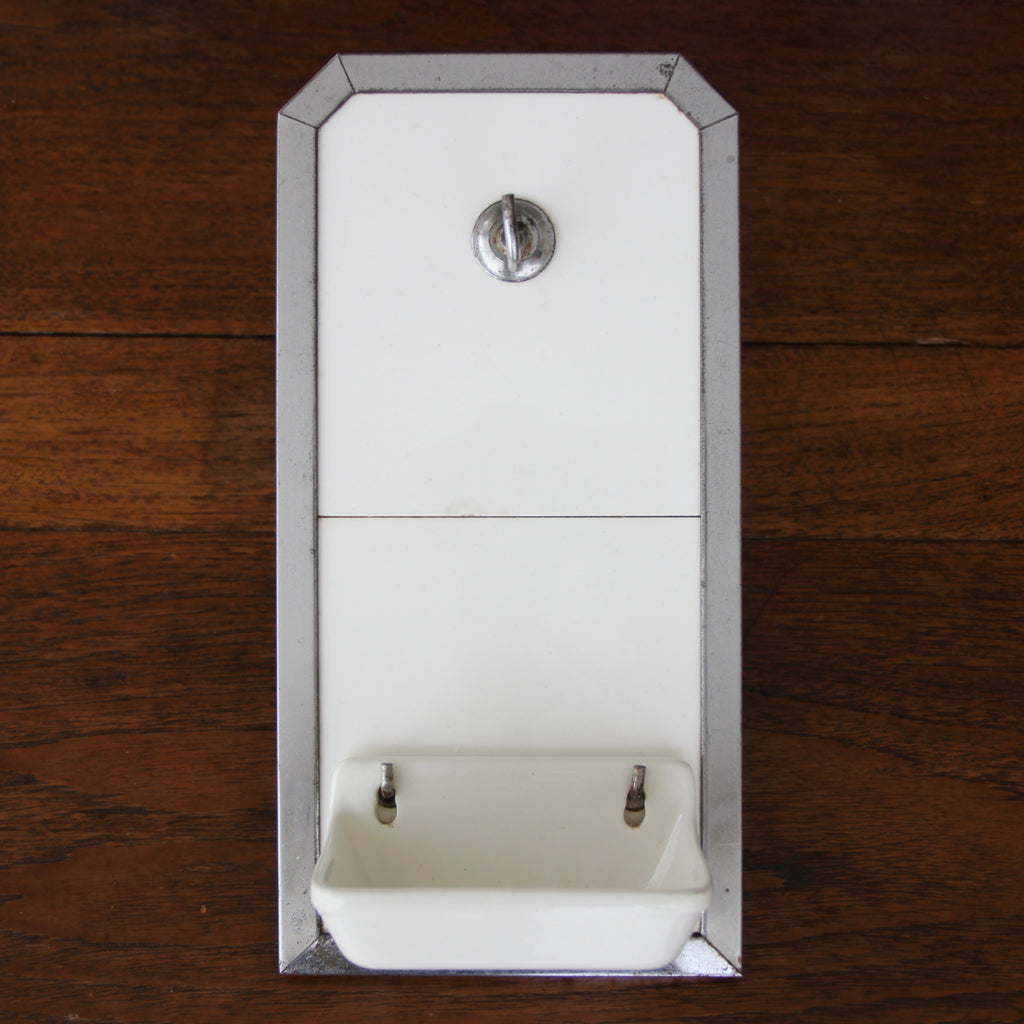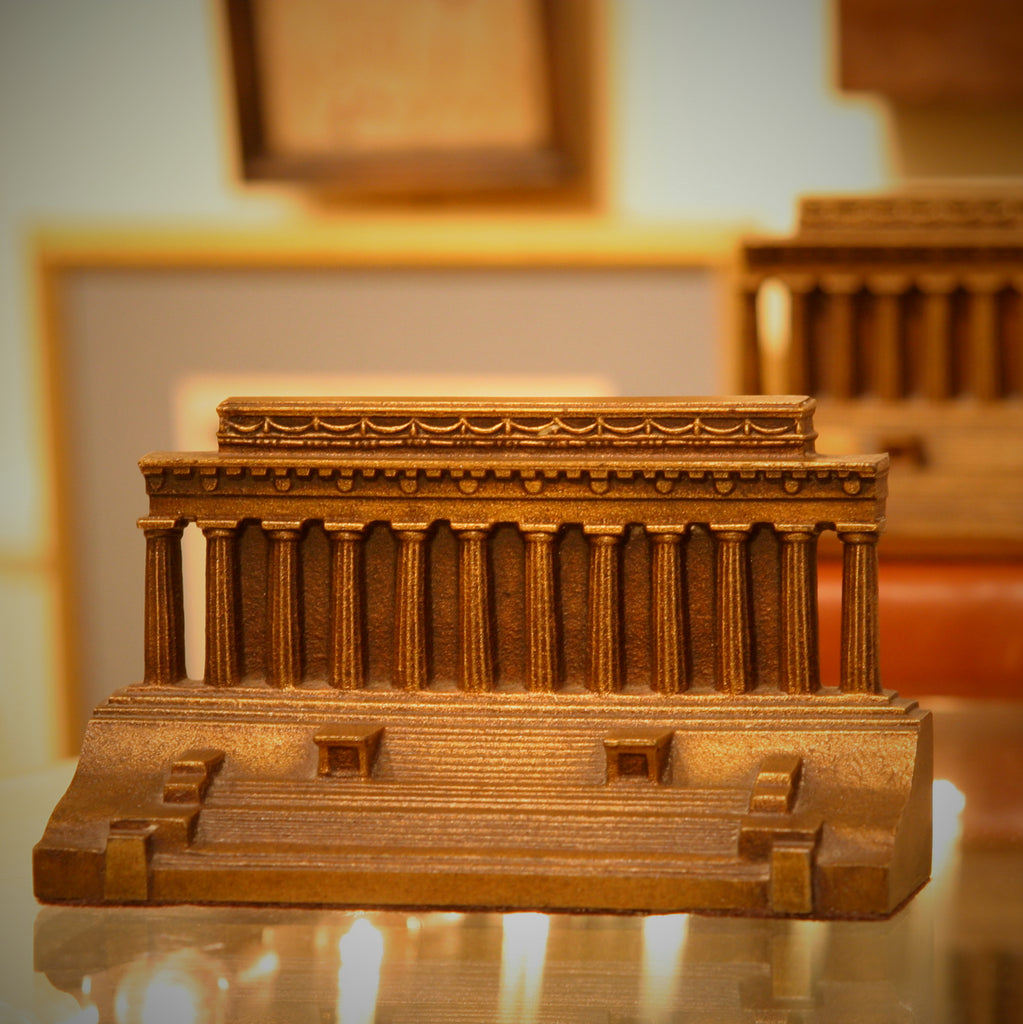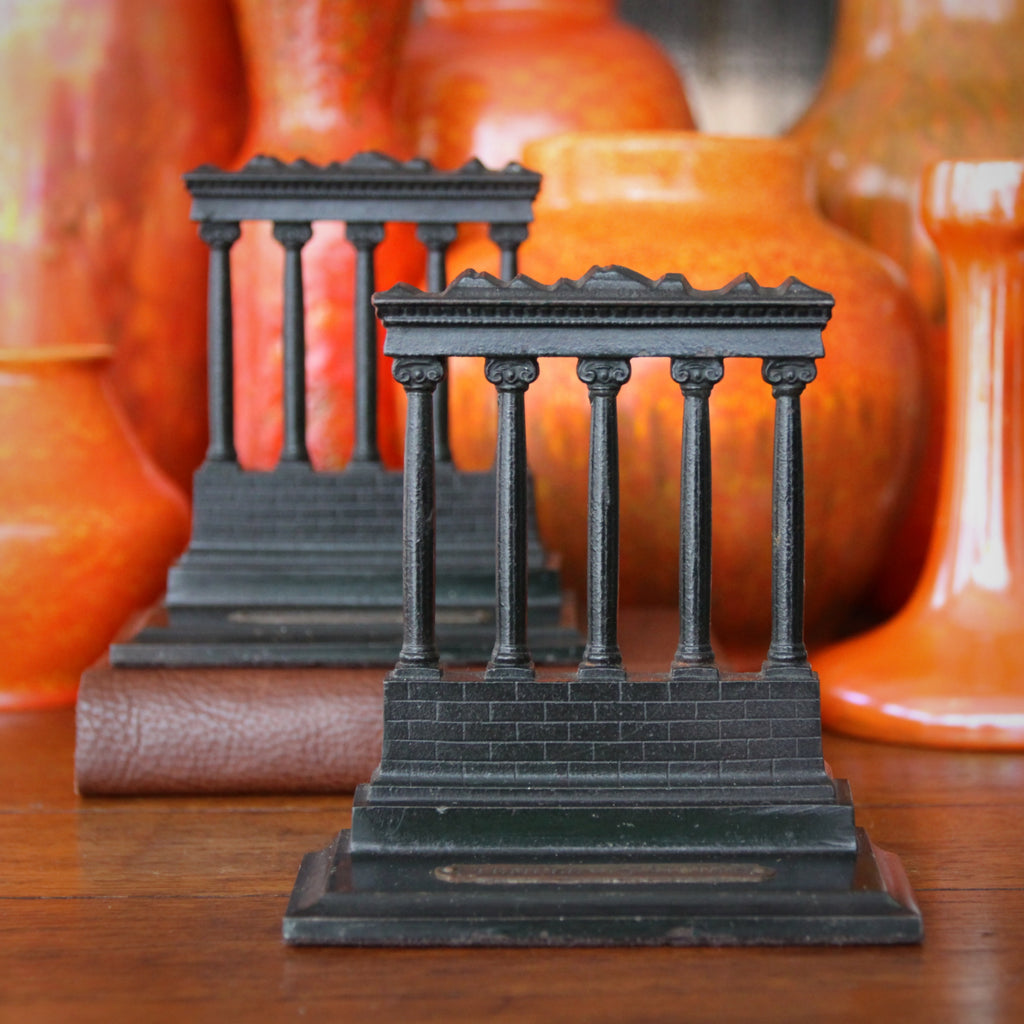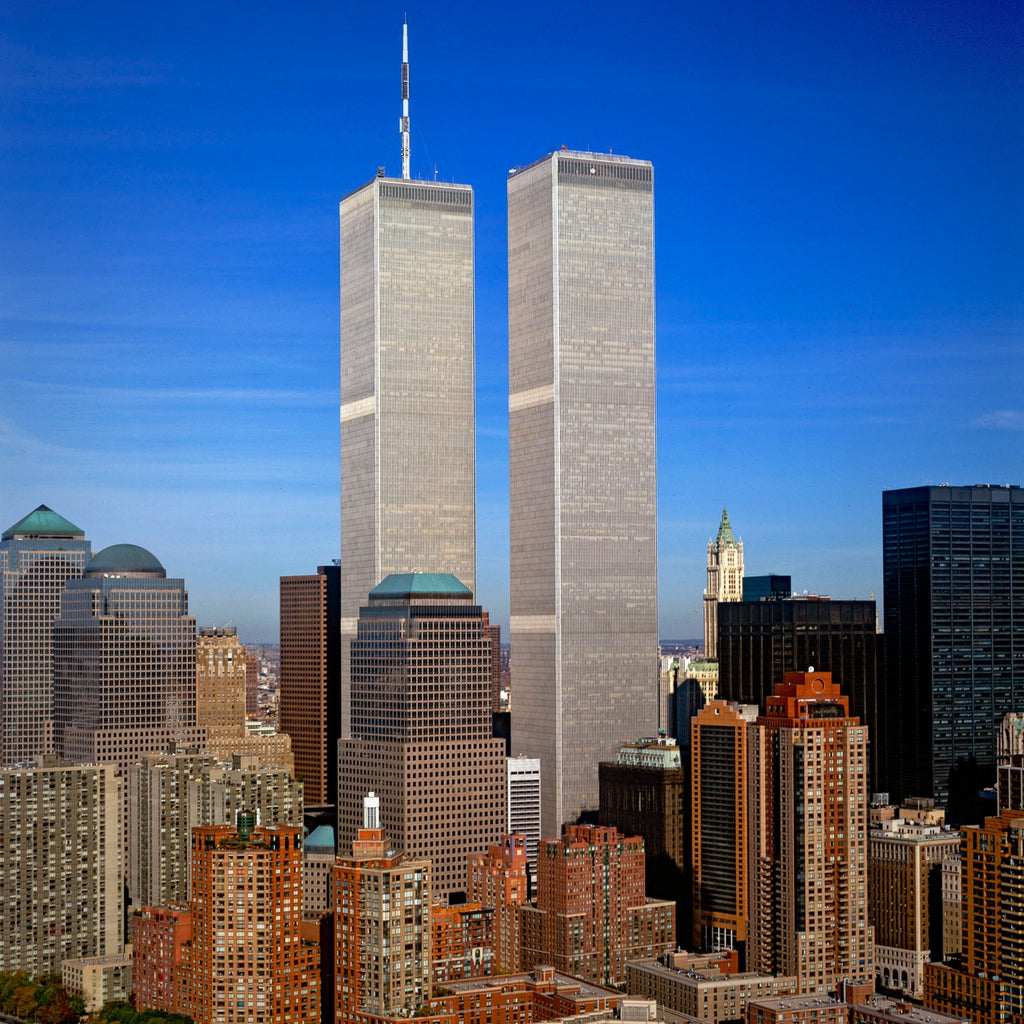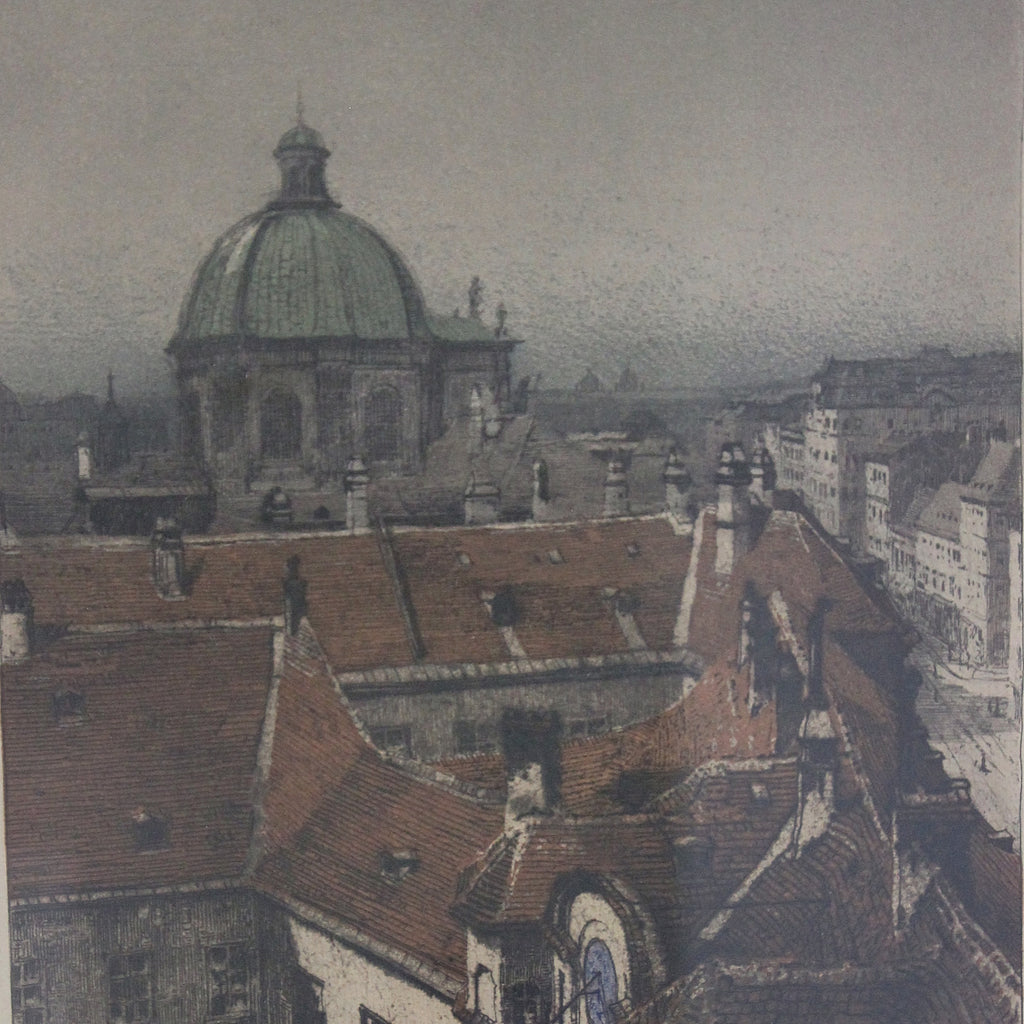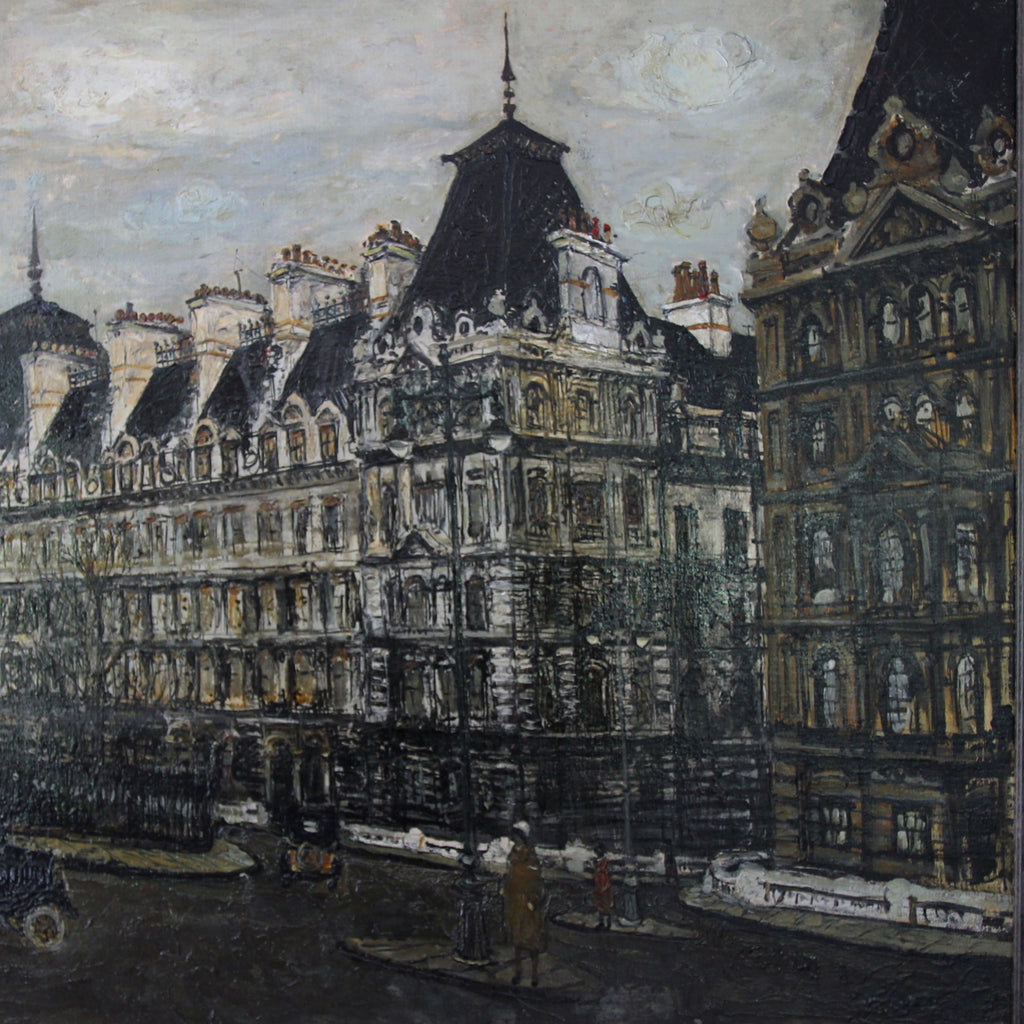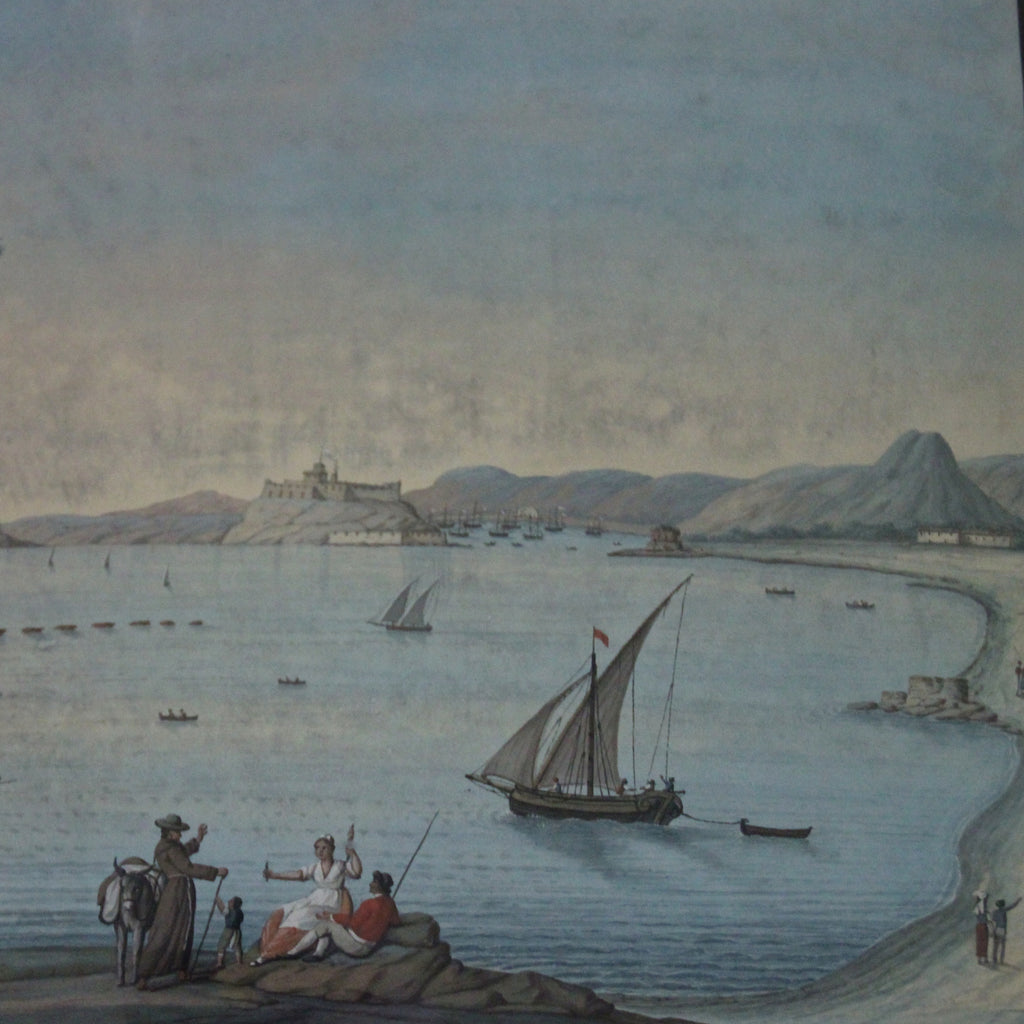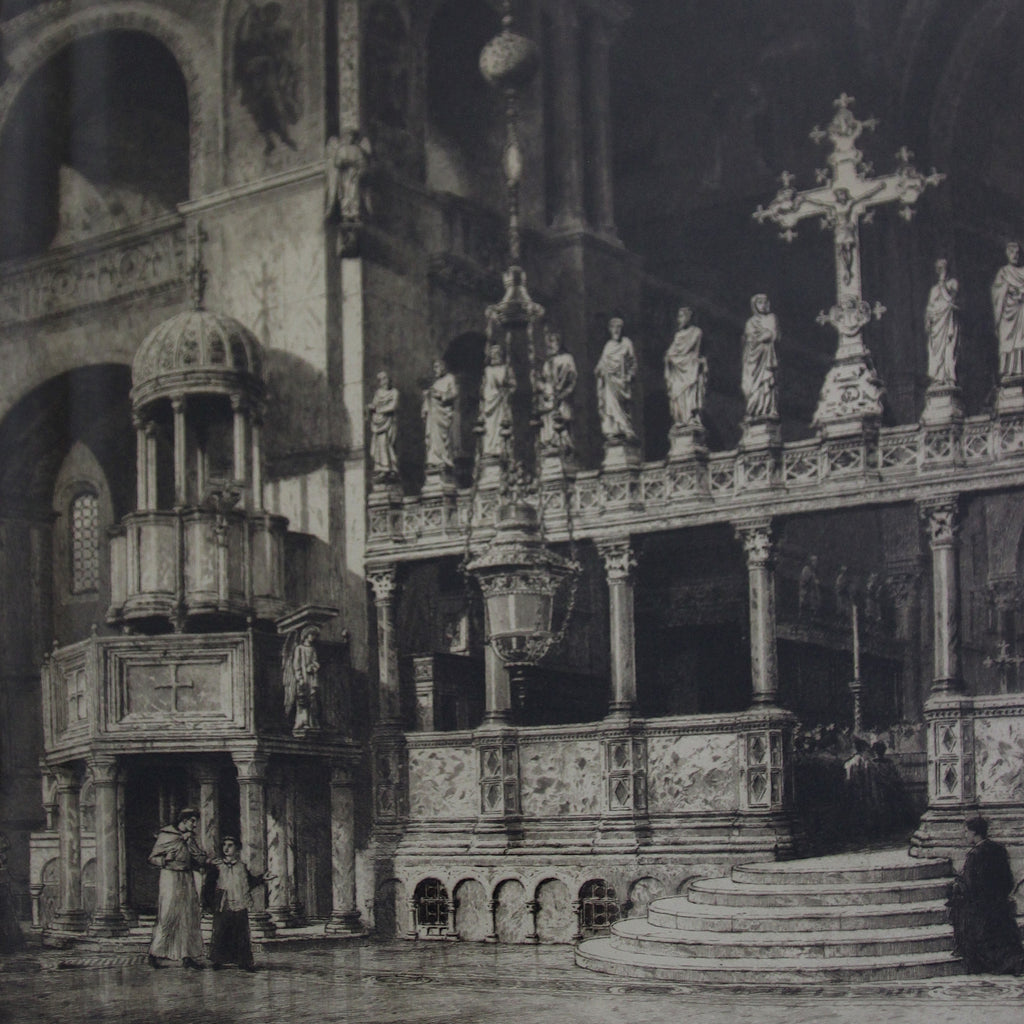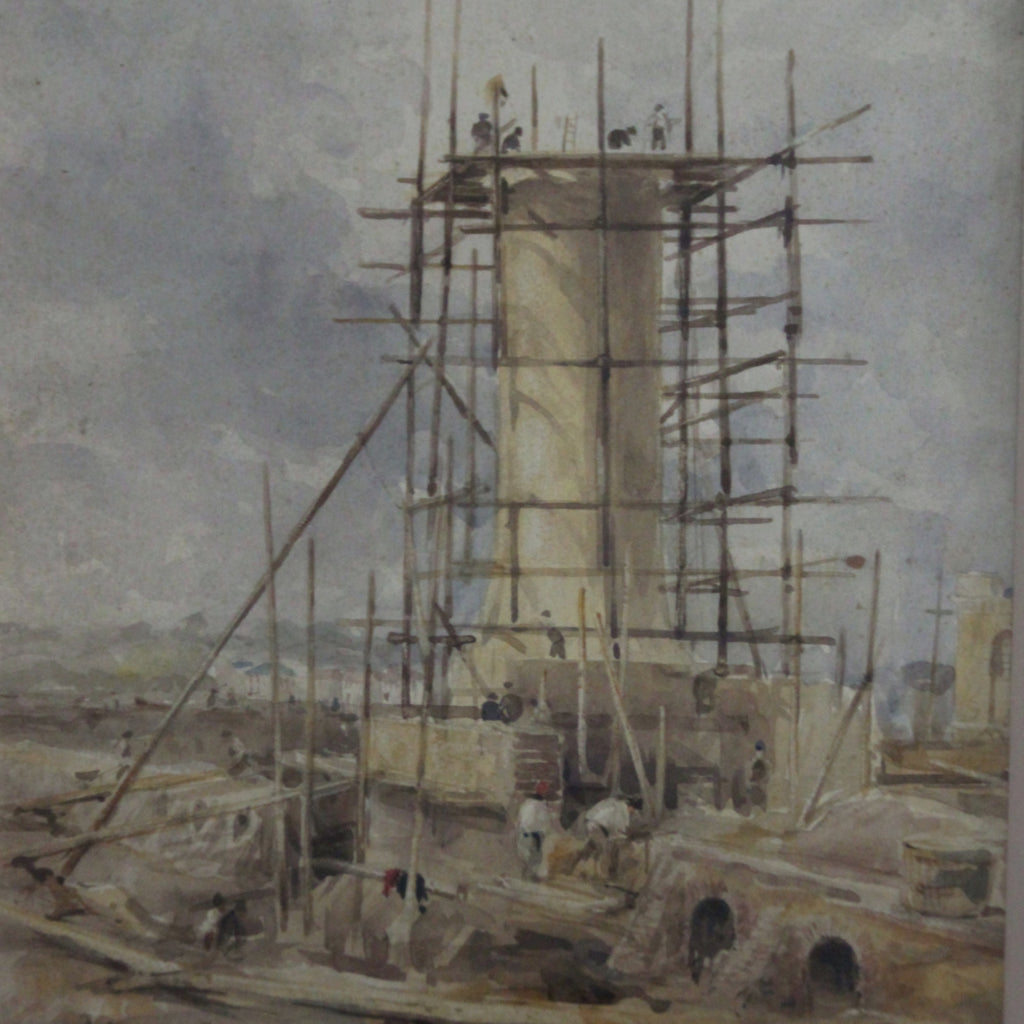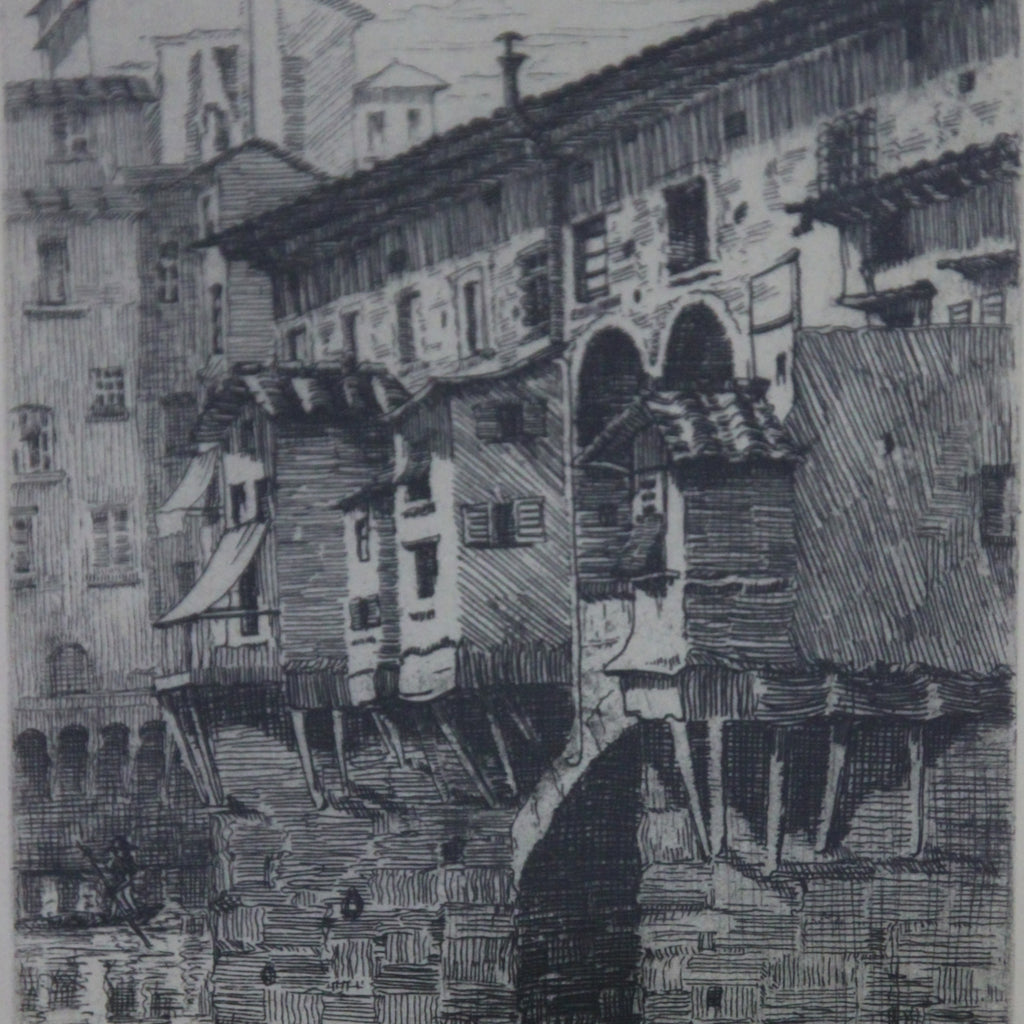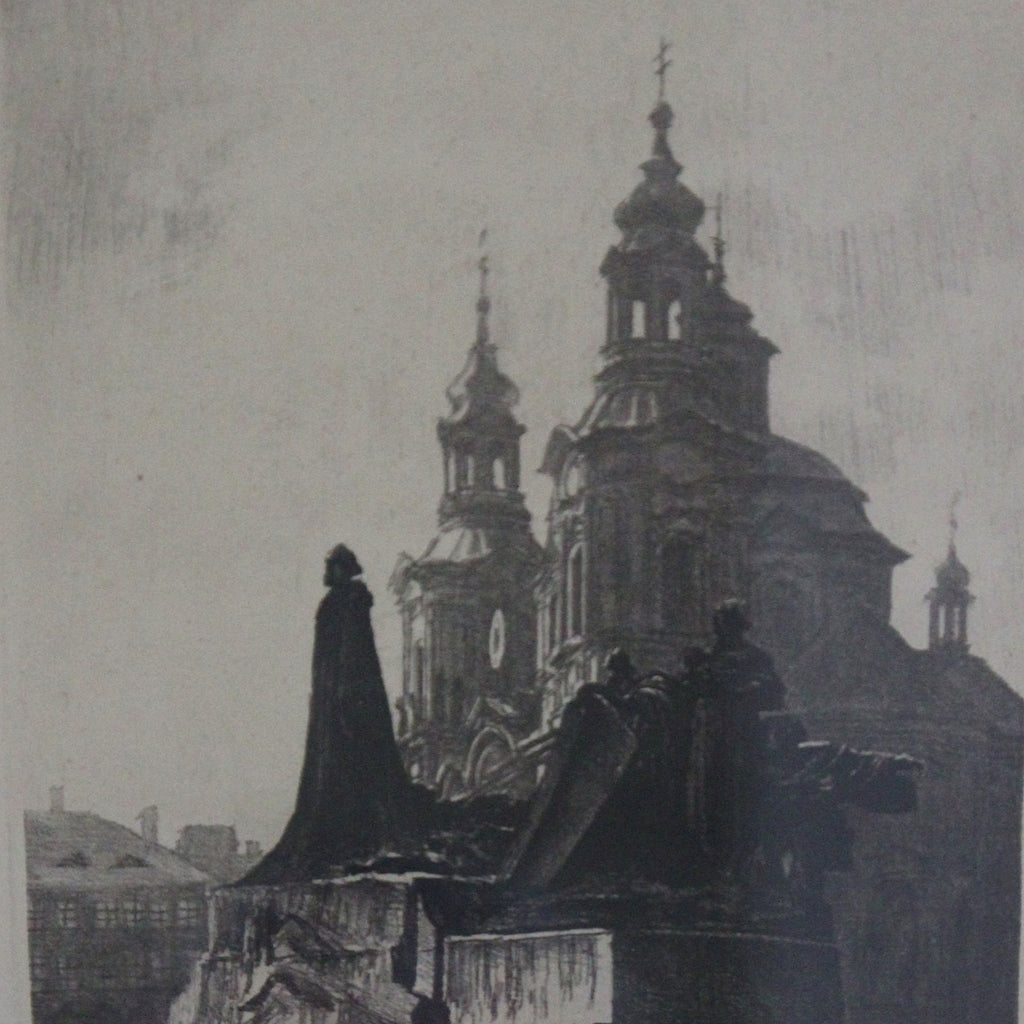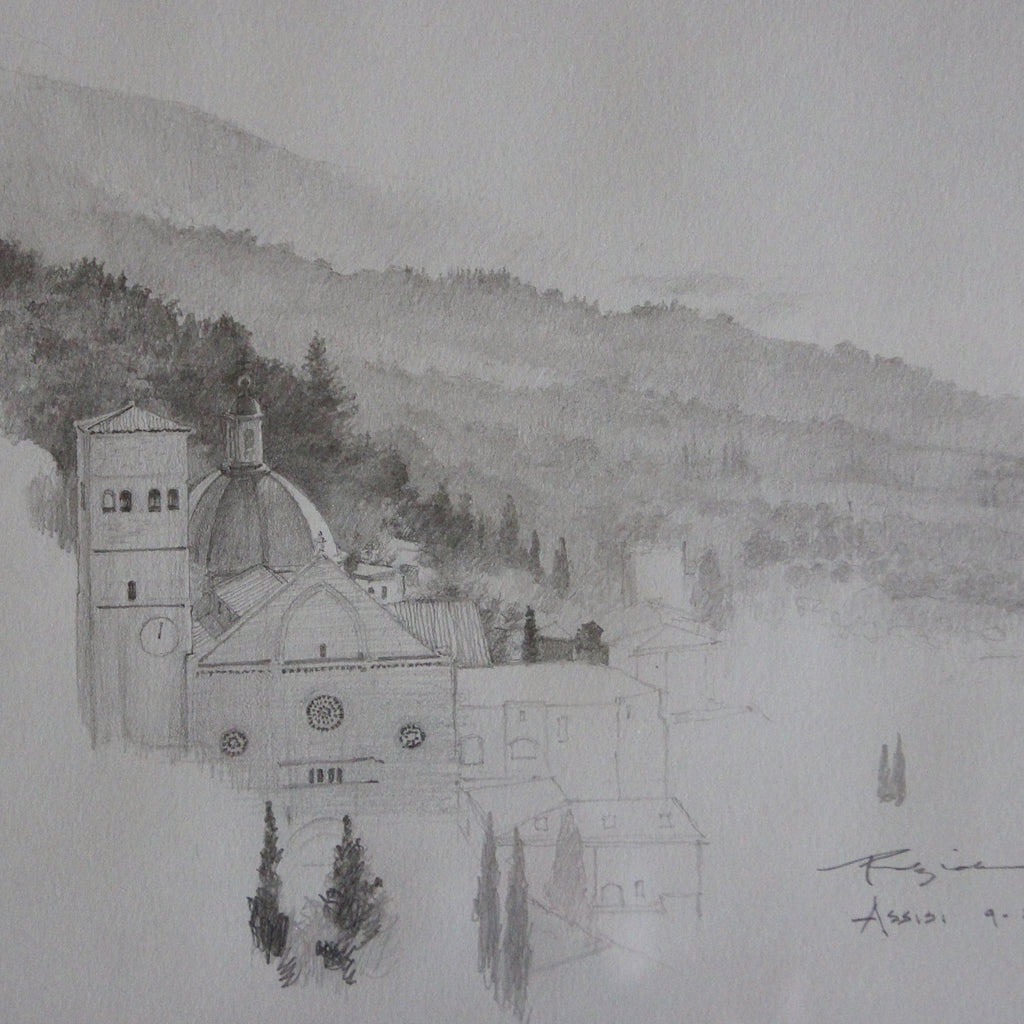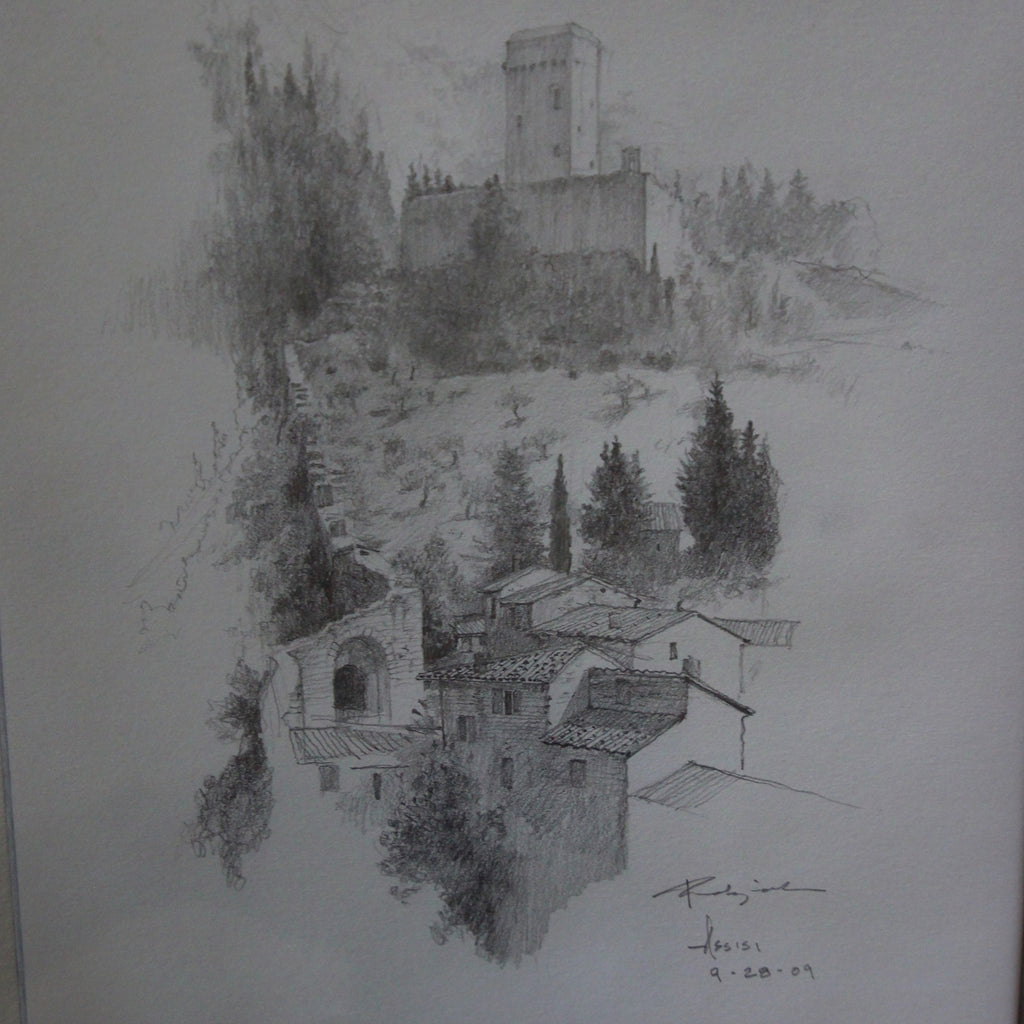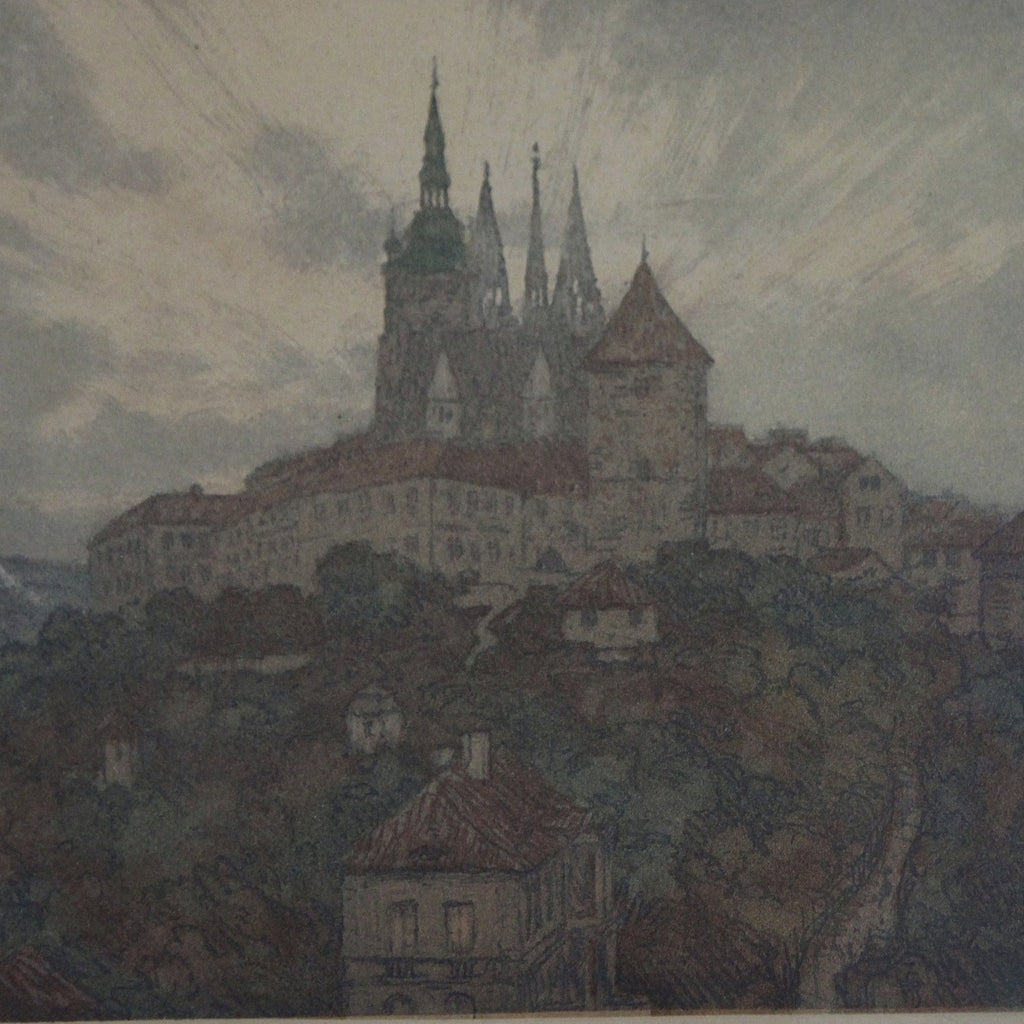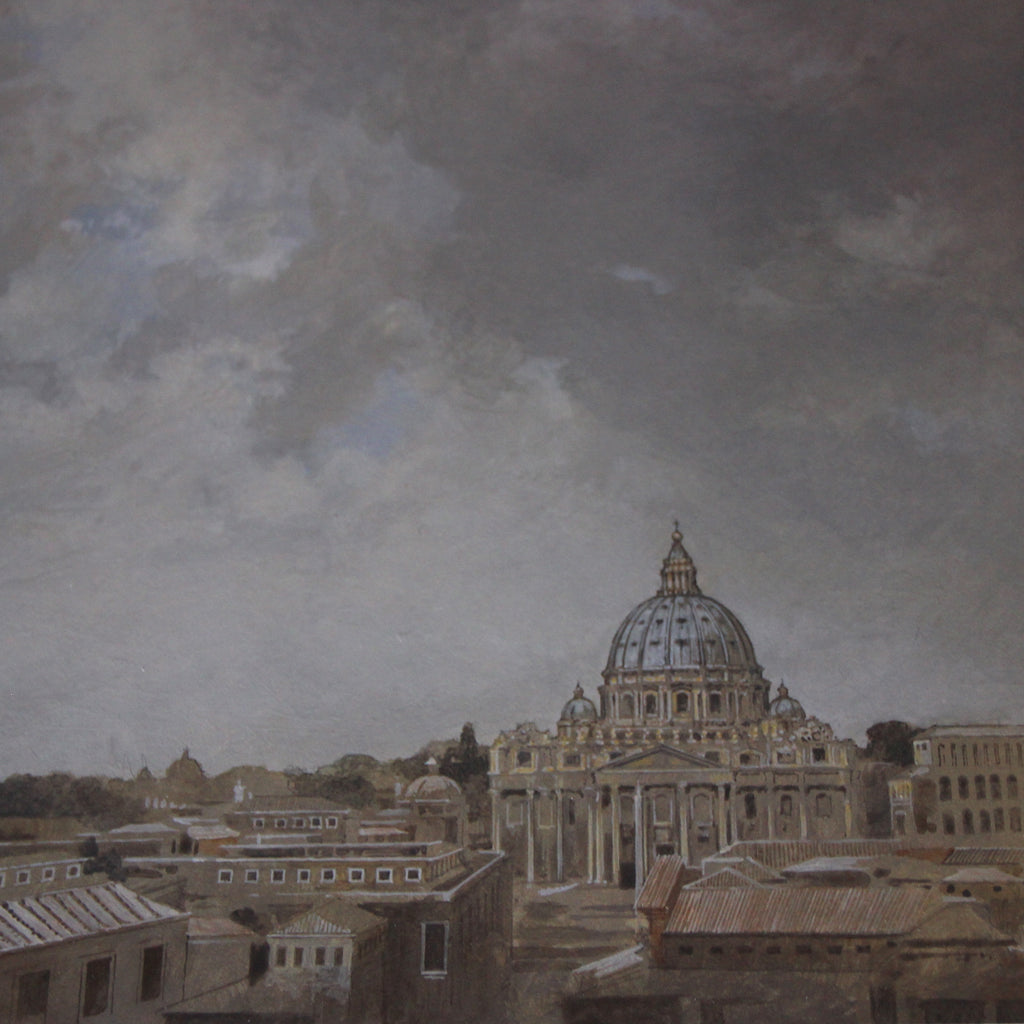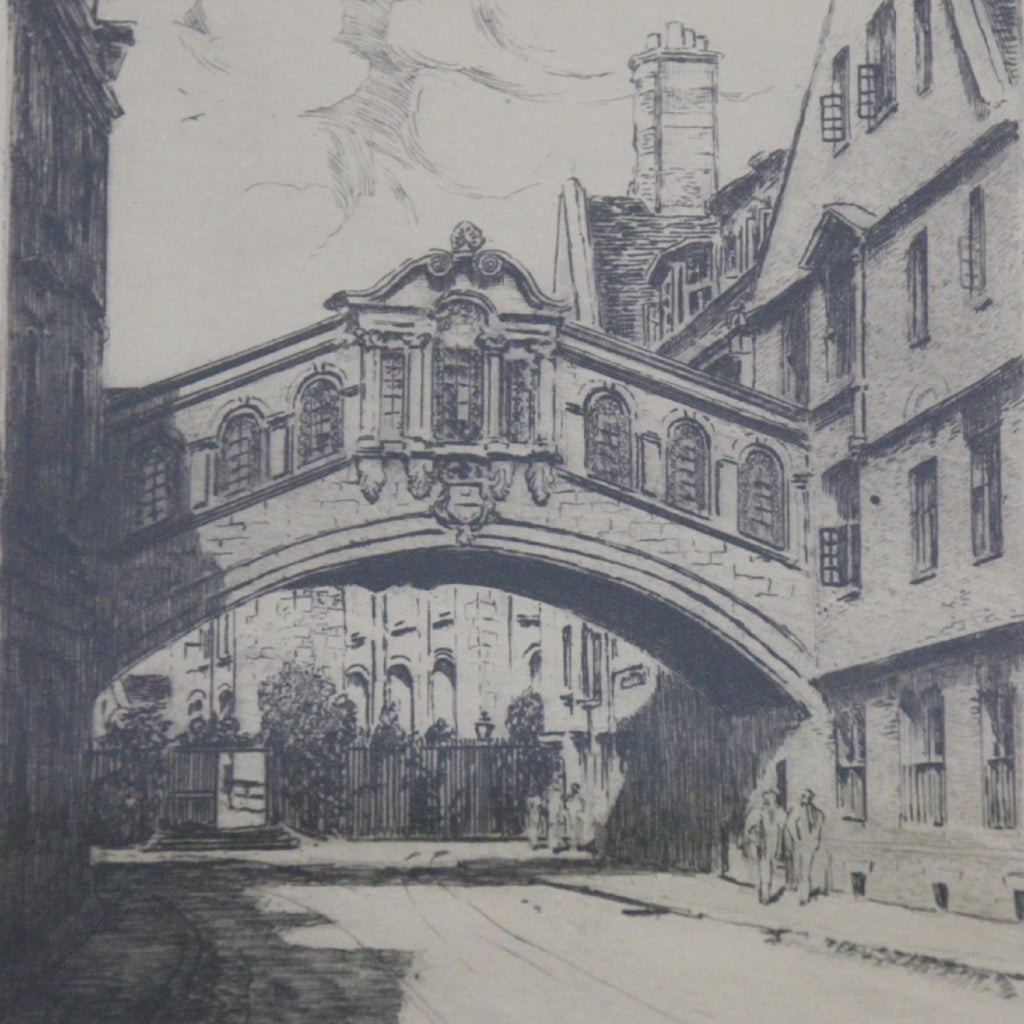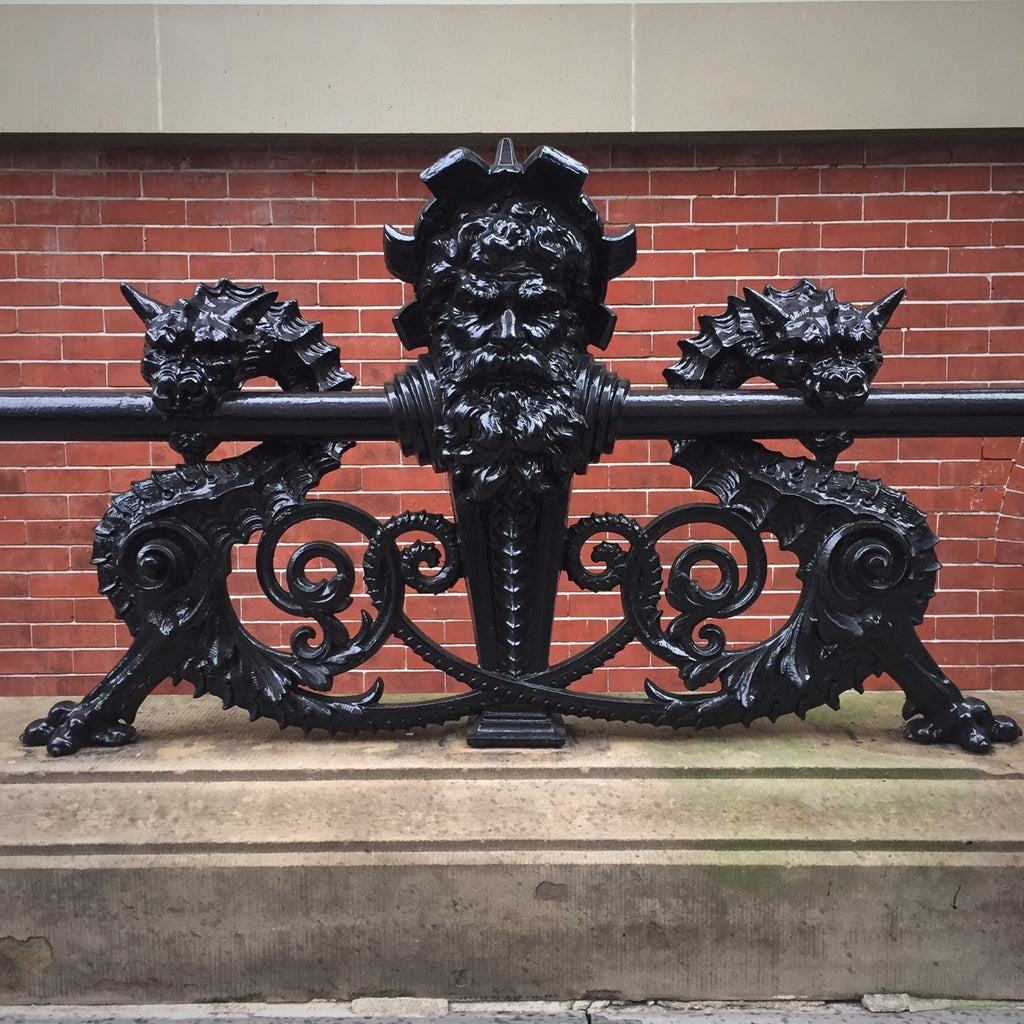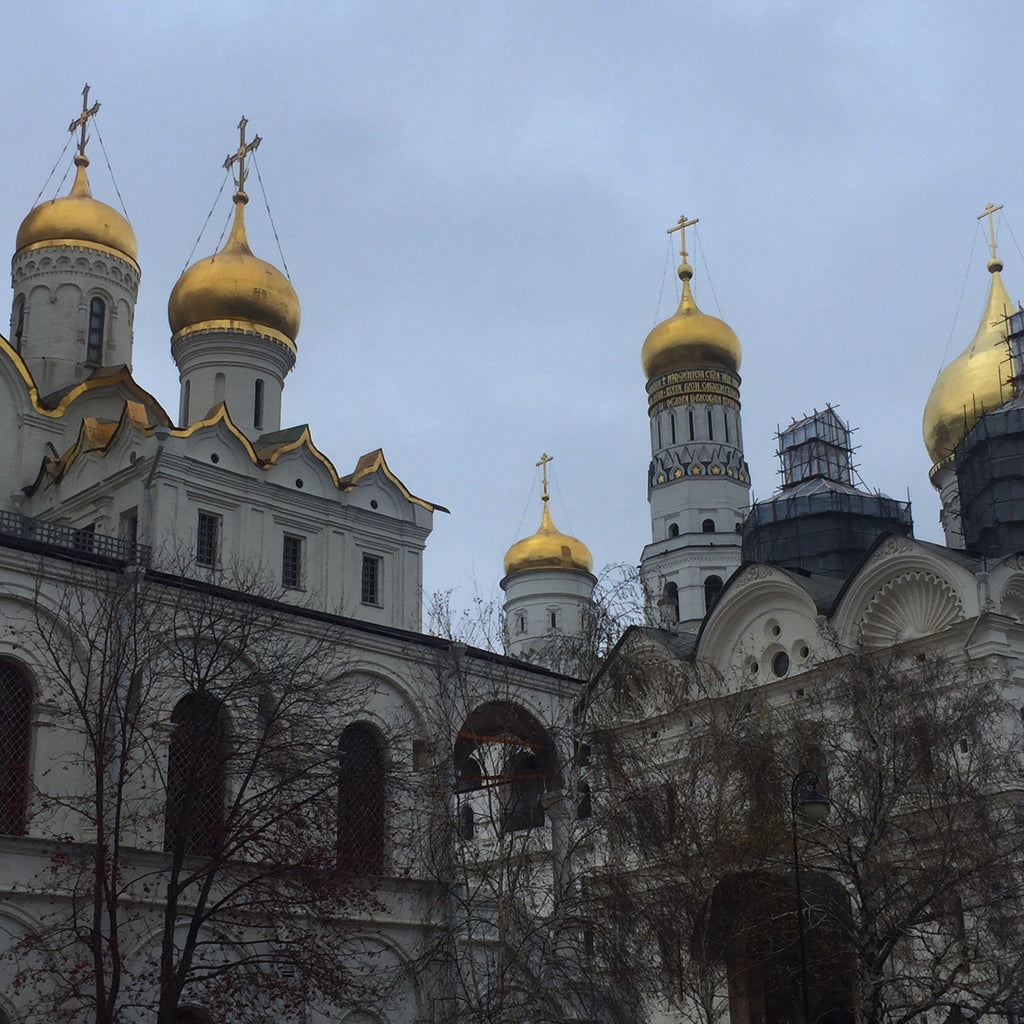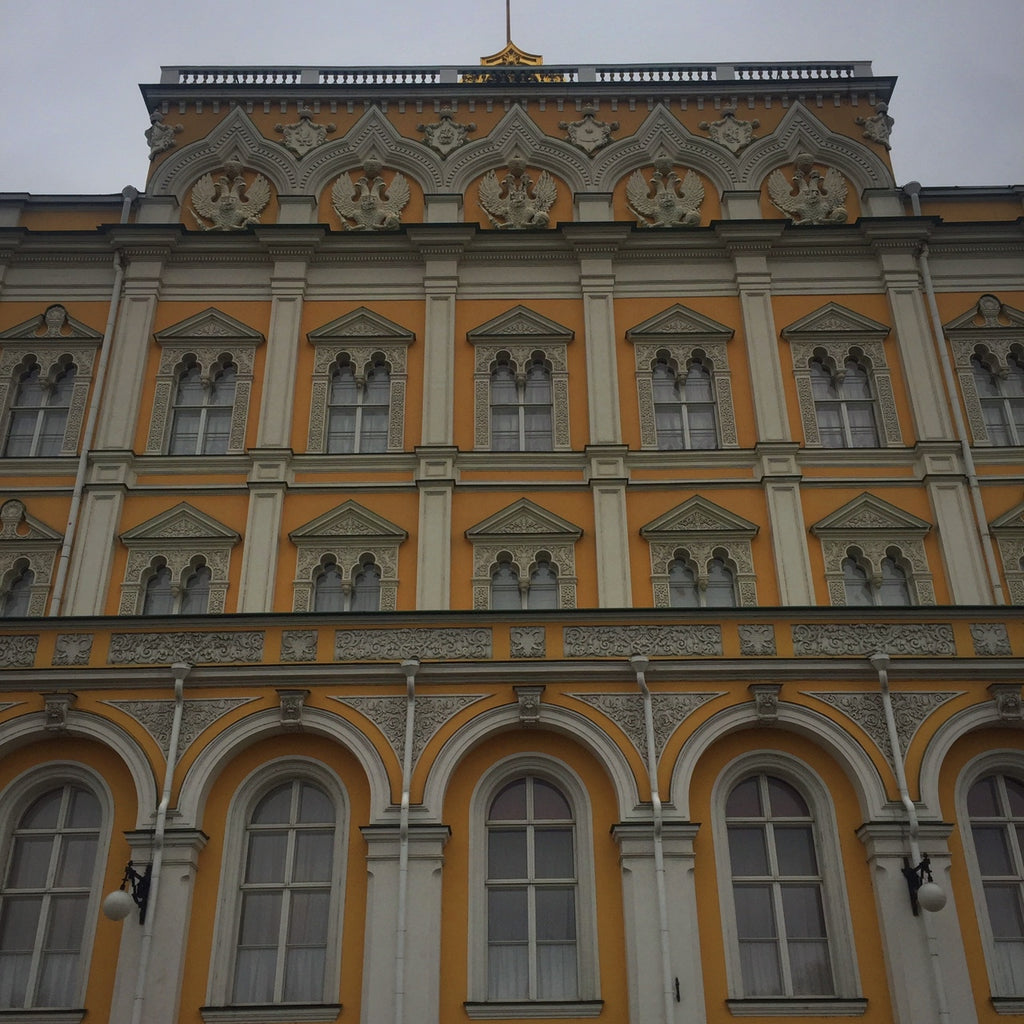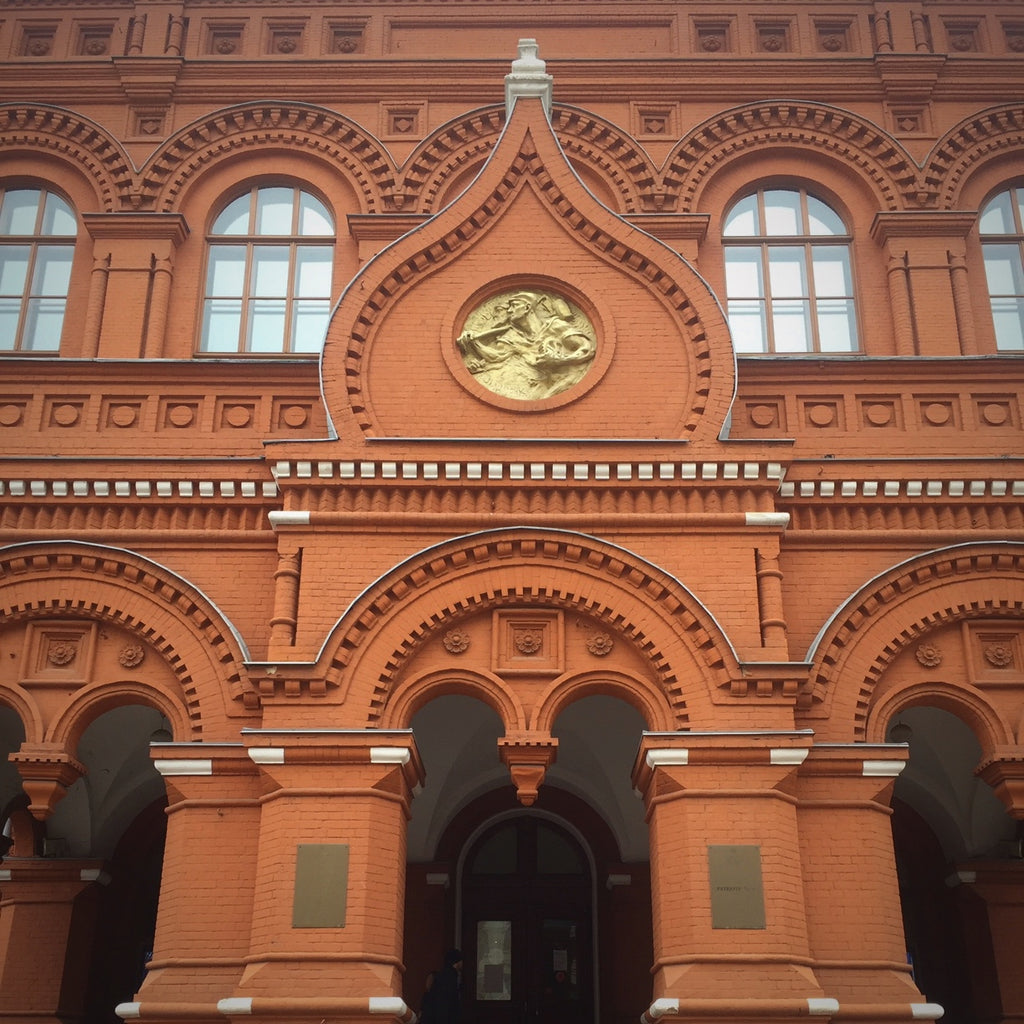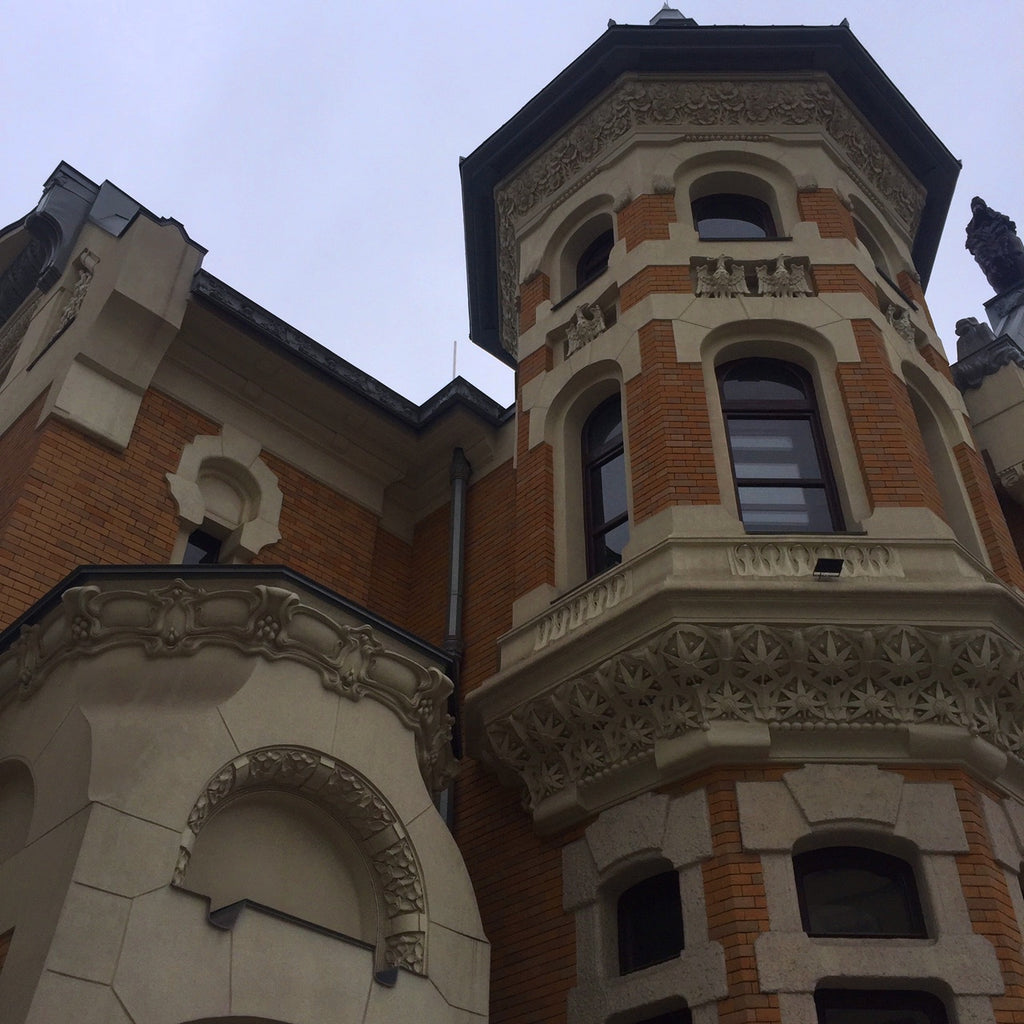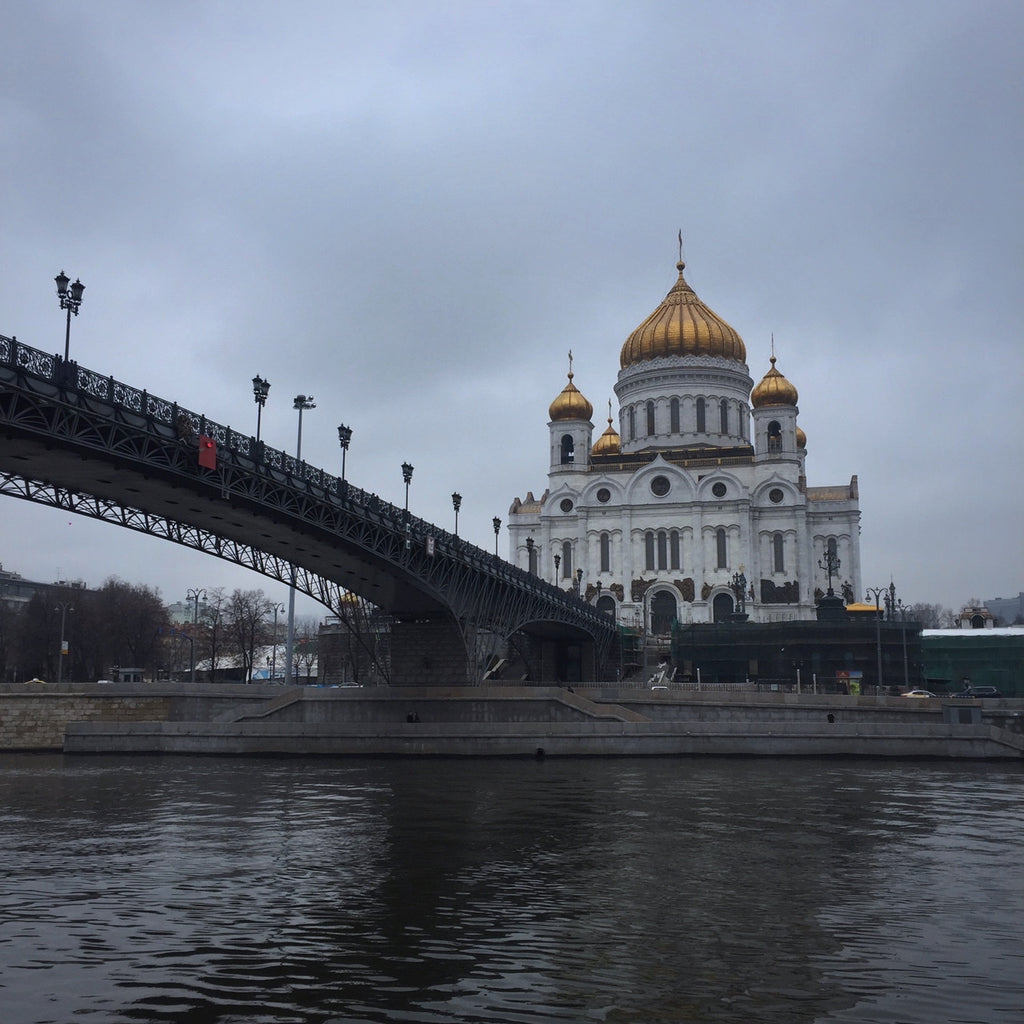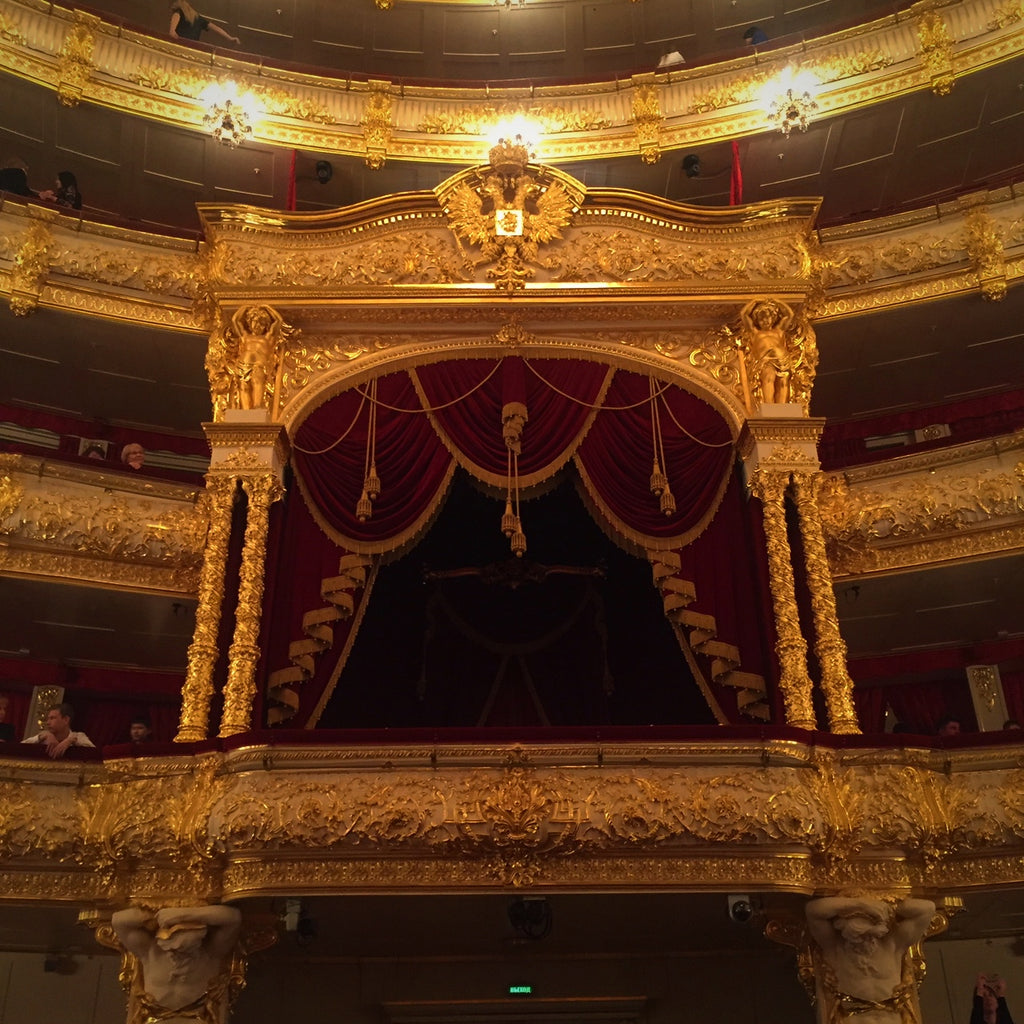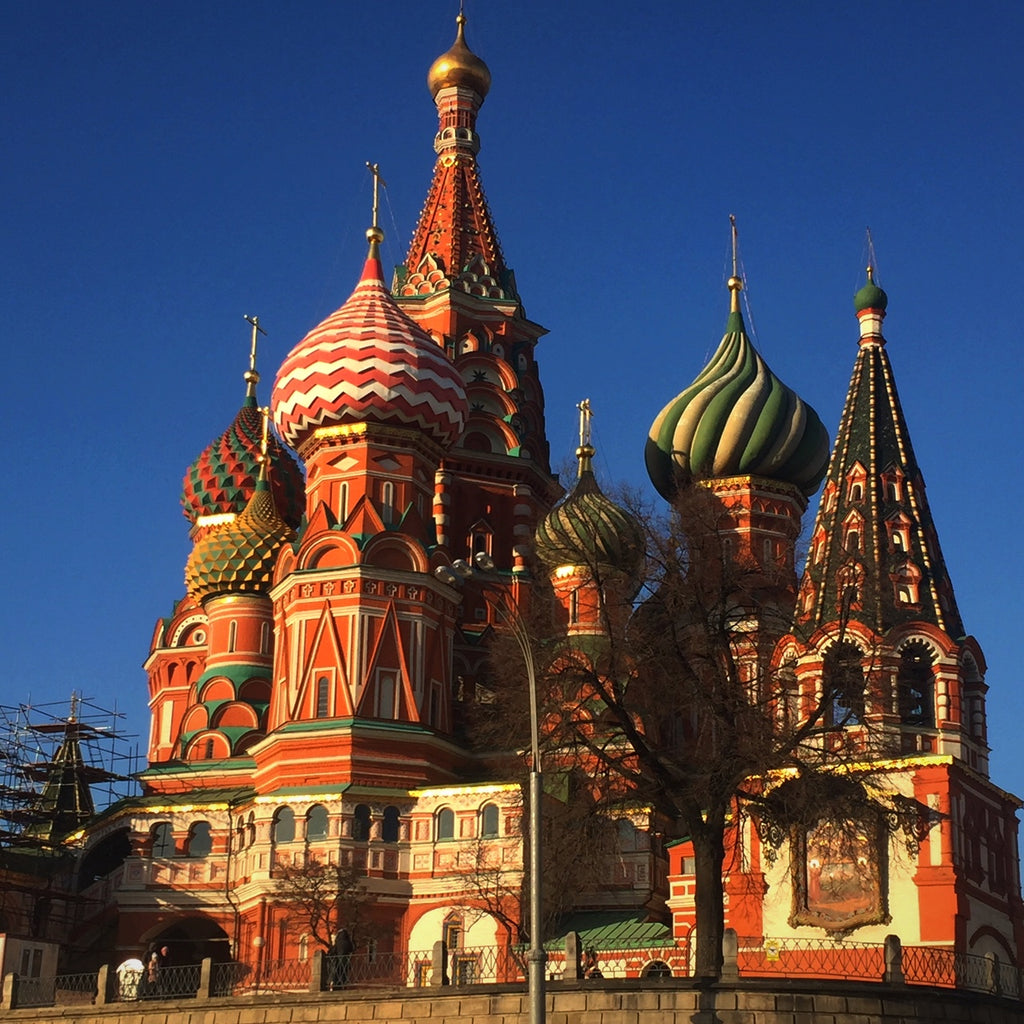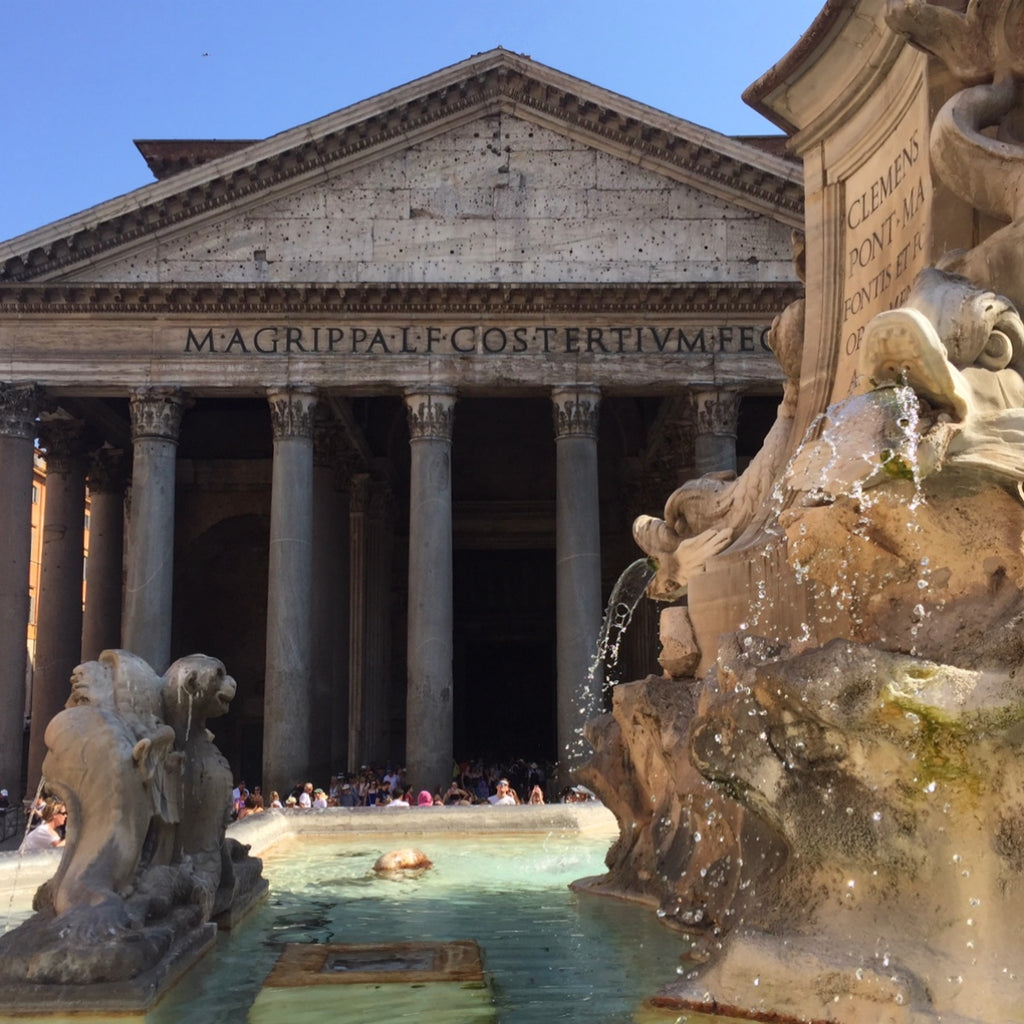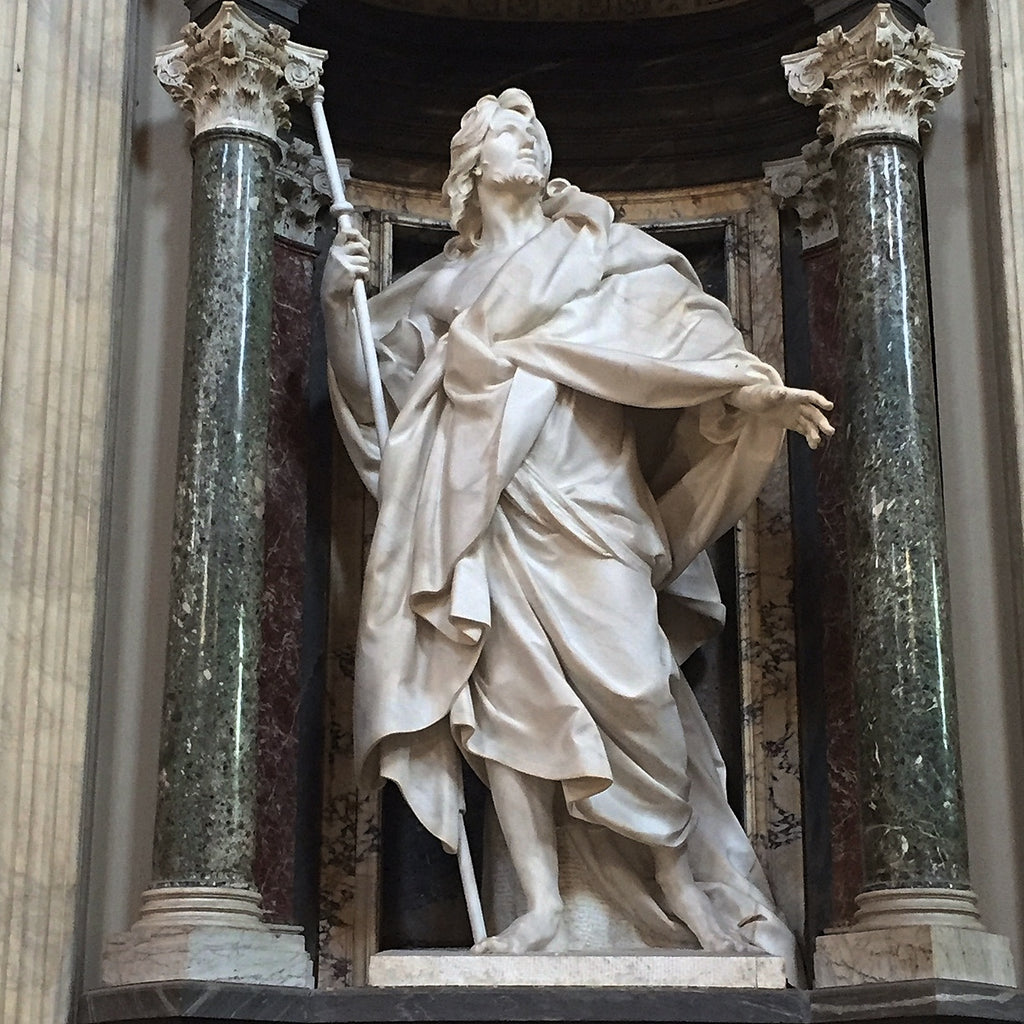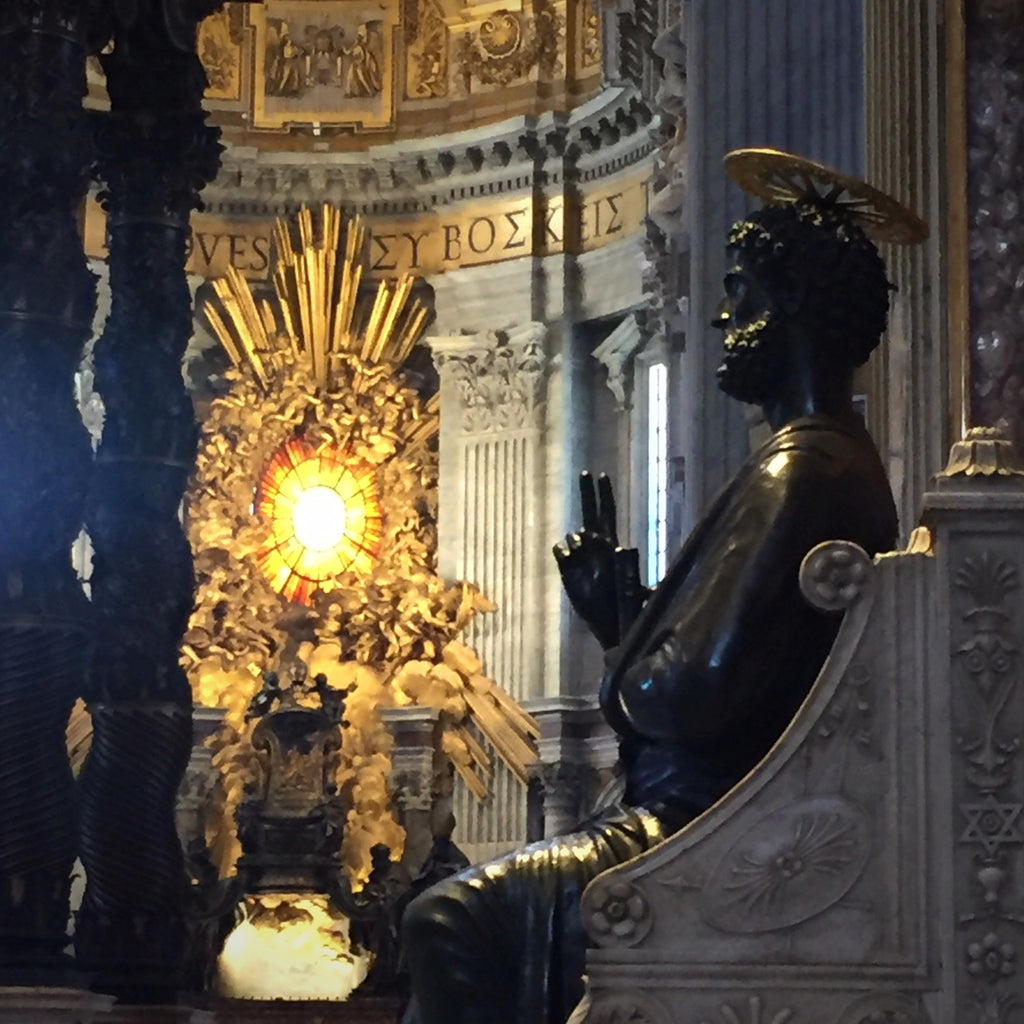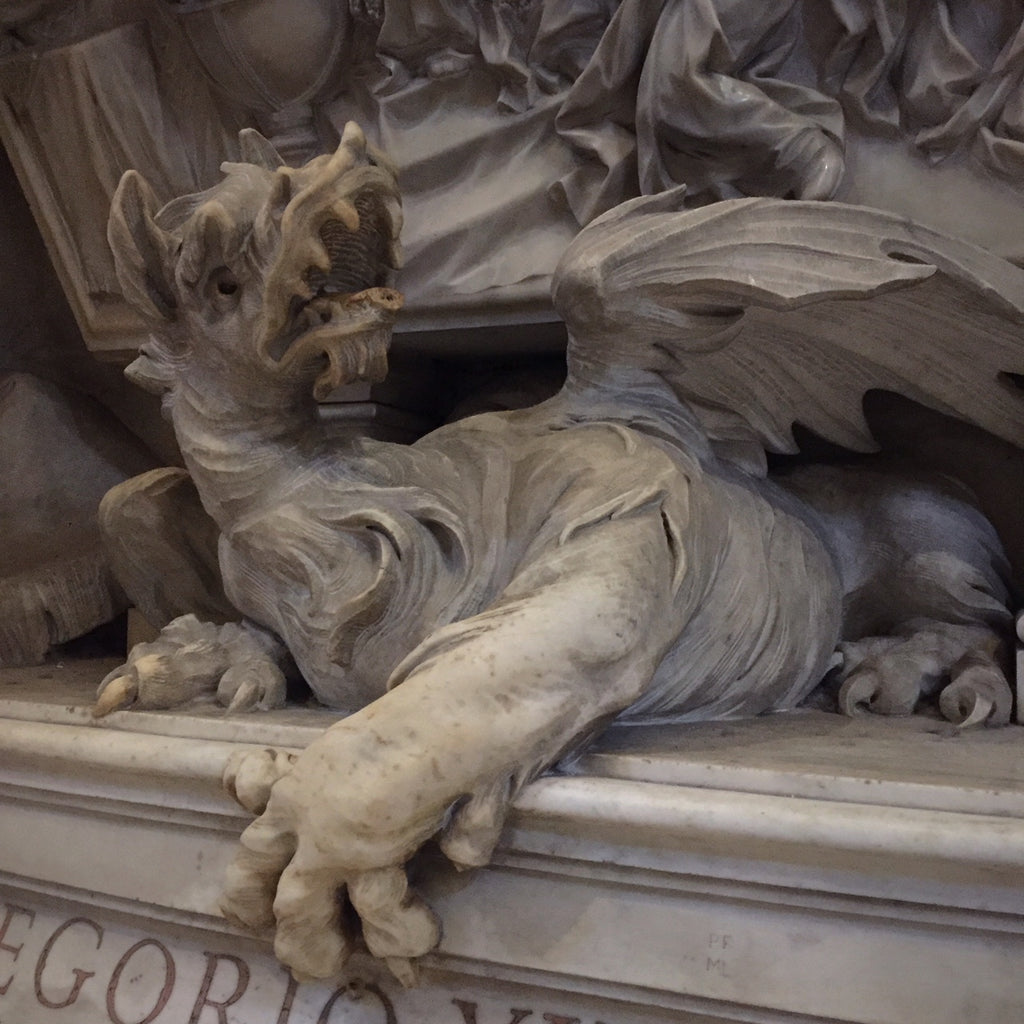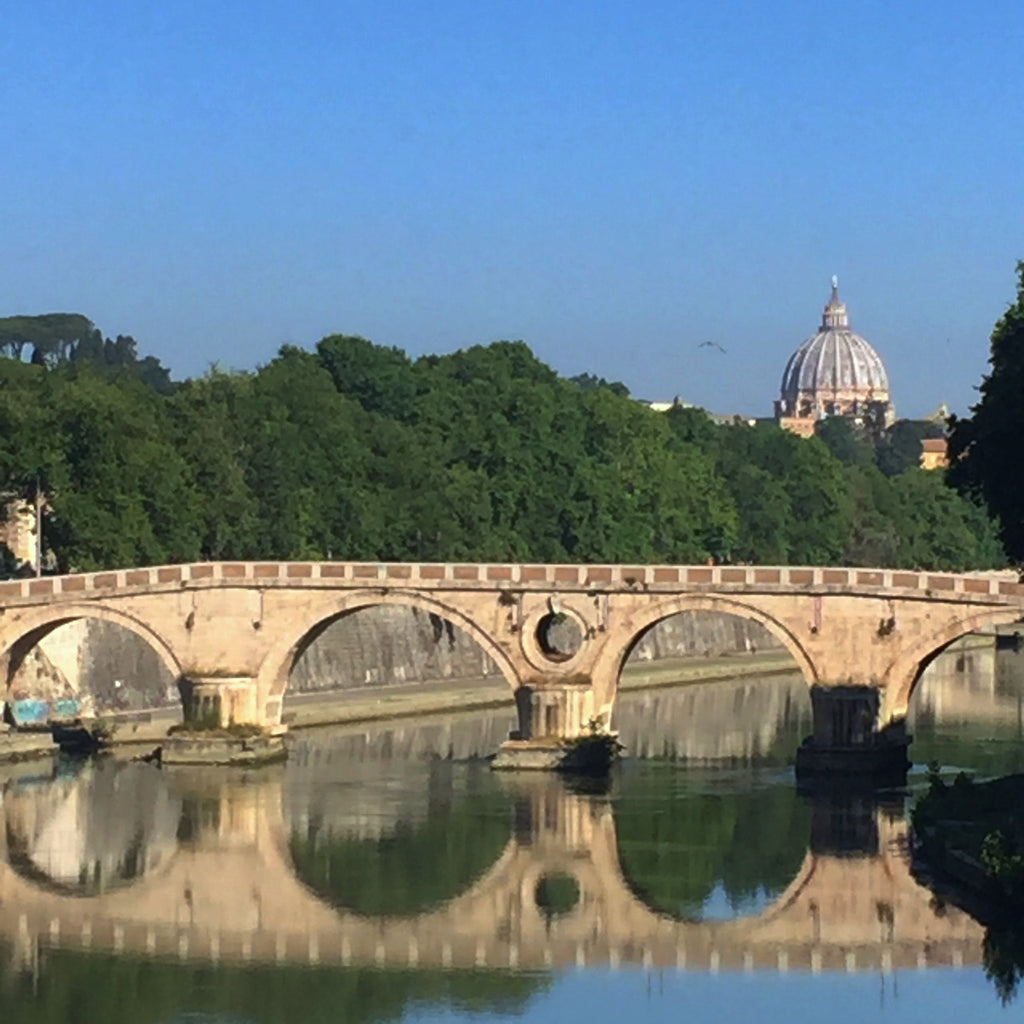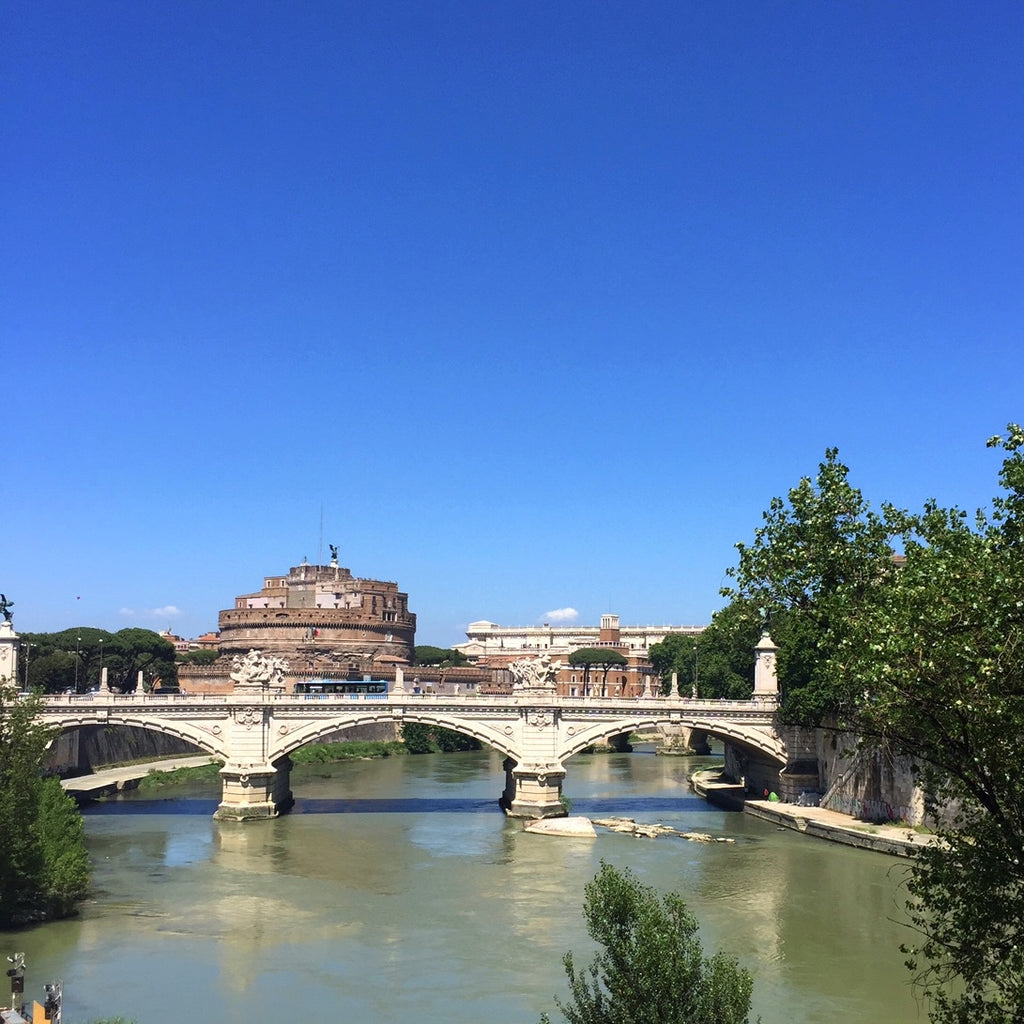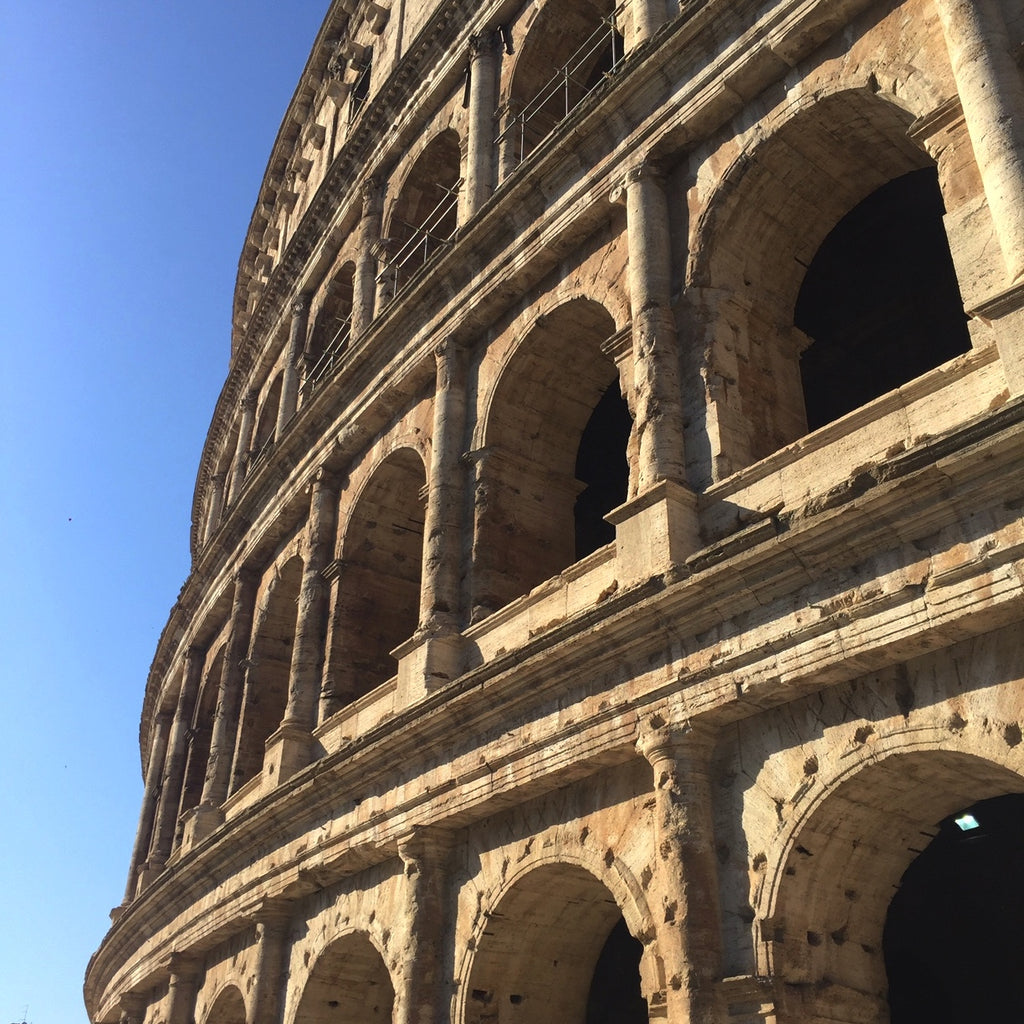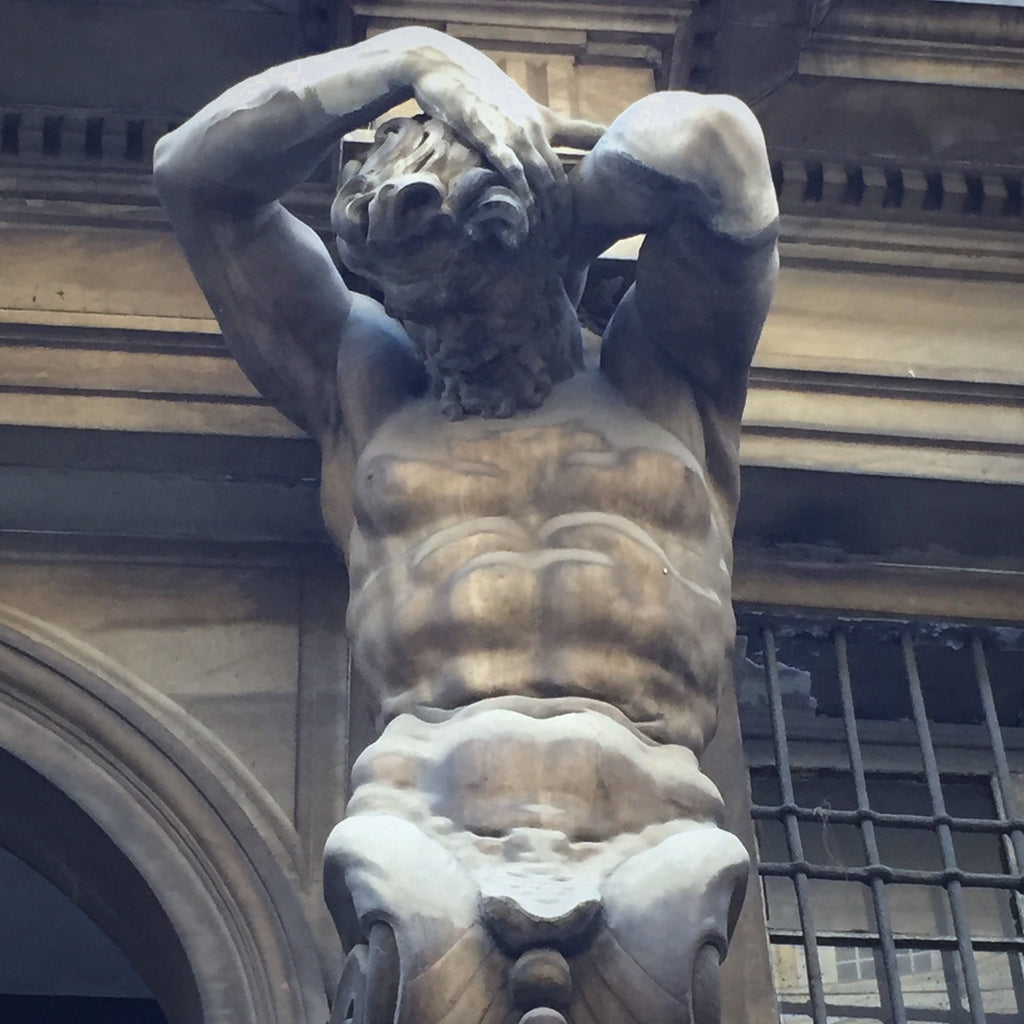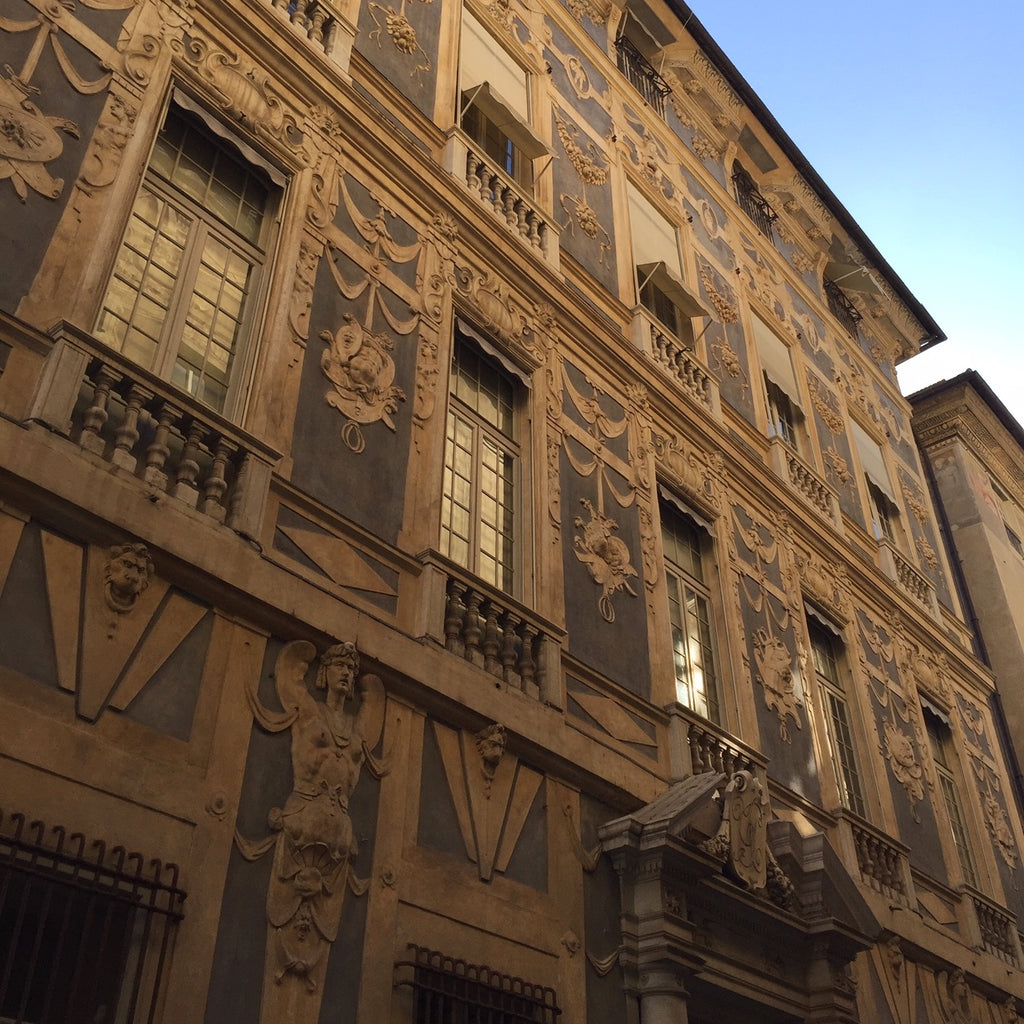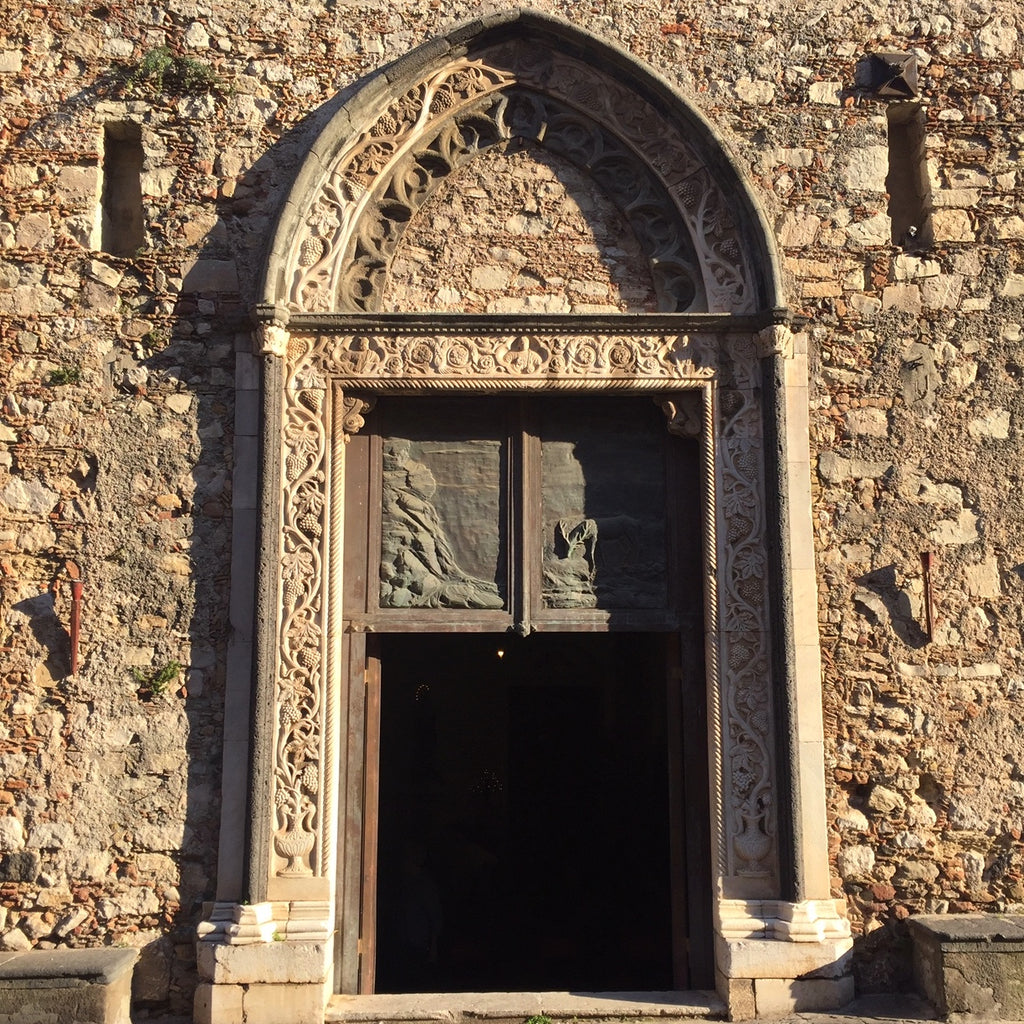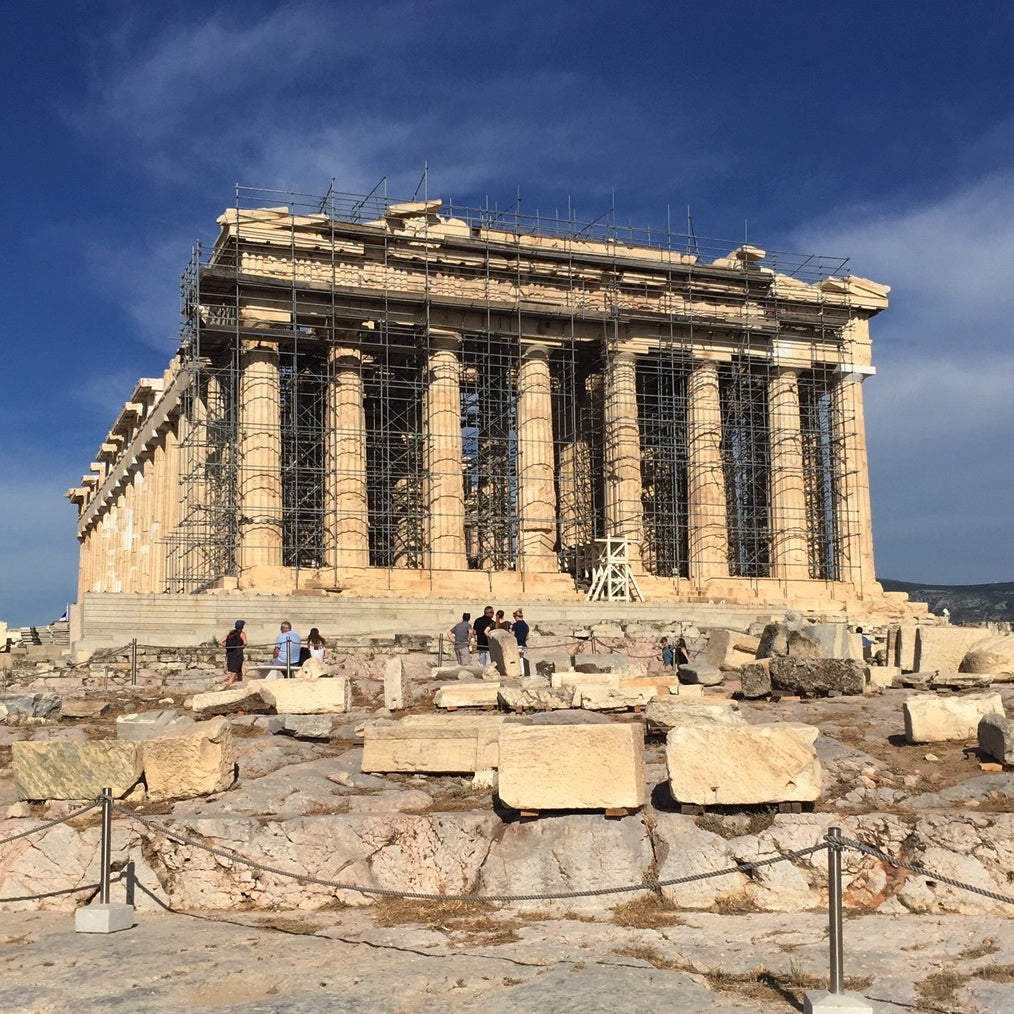JOURNAL — Architecture RSS
The Greeks (and then the Romans) made more than just handsome, masculine sculptures. They decorated their homes (and themselves) with beautifully-crafted works of art. Today, we'll share some of these items which we encountered in the Greco-Roman galleries of the Metropolitan Museum of Art. The Greek influence (called "Hellenization") was widespread. It spread in three distinct ways. First, the Greeks conquered many areas, physically moved-in, and asserted their culture through the subsequent colonization. Second, Greek artworks were sold, imported or traded to far-flung lands—even those which the Greeks did not colonize. These artworks had a strong influence on the aesthetics of the importing lands. And third, people like the Romans fueled "Greek Revivals" of Hellenistic art, culture, philosophy and social...
Autumn in New York - Part Three
New York has frequently put advancement over sentiment. "Progress" over preservation. So many beautiful New York buildings have been torn-down, only to be replaced by something ugly—and that replacement is usually a pale comparison of the handcraft of the original building. Think of the fabulous Beaux-Arts Penn Station on Eighth Avenue. Or the Art Deco Bonwit-Teller Store on Fifth Avenue. Both architectural gems were destroyed to make way for cheap and ugly replacements. Neither could be called "progress."
But, even today, a stroll-about New York City always delights with unexpected architectural gems and architectural details. Sometimes these delights are big, sometimes they are small. And sometimes, thankfully, a community will insist that the historic past be restored and preserved.
Suleiman the Magnificent
On this day in 1520, Suleiman the Magnificent became the Sultan of the Ottoman Empire, succeeding his father, Selim I. He was 25 years old and ready-for-action. He promptly initiated bold military campaigns against various European and Mediterranean Christian powers—Belgrade, Rhodes, Hungary—expanding his Empire and imposing his religion and laws on these colonies. His reign represents the highpoint of the Ottoman Empire, a territory of 25 million inhabitants. Besides military conquests, he was known for "harmonizing" (blending) the religious laws with the monarchic laws, thus he is sometimes called "Suleiman the Lawgiver" (especially in the Islamic world). He was also a great patron of the arts, literature and fine culture.
The International Day of Democracy
In 2007, the United Nations resolved to mark 15 September as The International Day of Democracy—and the commemoration has been observed since 2008. The UN sought "to promote and uphold the principles of Democracy, encourage member states to commemorate the day, and work to raise public awareness of the need to protect Democracy." Has your country's leader promoted the date?
What is Democracy? The United Nations defines Democracy as the "universal values based on the freely-expressed will of people to determine their own political, economic, social and cultural systems."
24 Years On
So much can happen in 24 years. So much can happen in a moment.
For me, time is starting to blur. The day itself, 11 September 2001, remains crystal clear—and it probably always will. I remember, like yesterday, my feelings and the surge of neurotransmitters—those helpful brain chemicals which heighten awareness, quicken response time, and prepare one for a "fight or flight." And, yet, how can 24 years have passed since that day? So much has happened; so much has changed. Friends and family have been born. Friends and family have died. Democracy has rallied. Democracy has flagged. Hope has flourished. Hope has been dashed.
Back in the City - III
For most of my adult life, I have lived in apartment buildings. If you count college dorm rooms, I had lived in an apartment for 35 years before moving into a house. Houses provide space, most importantly walls for hanging art and building bookshelves. They also (sometimes) are surrounded by garden space. Houses also provide isolation, though this feature is less important to me. Apartments, on the other hand, provide convenience (the Superintendent is a phone call away). Apartments also are green and cost-effective—which, I suppose, is the benefit of their "economies of scale."
To my taste, the most "alluring" apartment building in New York is The Dakota. But The Apthorp has always been appealing, too.
Back in the City - II
The second "major event" of this week's trip to New York was to see the Sargent & Paris exhibition at the Metropolitan Museum of Art. I love John Singer Sargent. After my husband (Bob), Sargent (1856-1925) is my favorite artist who lived in the Twentieth Century. When I first moved to New York in 1990, I was horrified to discover that the Metropolitan Museum was hanging Madame X—possibly Sargent's greatest painting—in a stairwell. In a stairwell! This notorious painting, exhibited at the Paris Salon in 1884, caused such a scandal (in Paris!) that Sargent eventually moved from Paris to London in 1886. He lived with the picture in his private collection for three decades until 1916, when he appealed to...
Hearth and Home
Since ancient times, the hearth has been an important symbol of sustenance, protection and familial affection. Especially (but not only) in cold climates, most early, rustic dwellings would be centered-around the fireplace. It was the center of cooking, light and heat for the entire household. When not sleeping, family members often would be found not far from the hearthside. Even today—even when it's not cold—people find themselves drawn to a fire pit, bonfire or barbecue grill.
It's Building: One Week 'til Christmas!
It's one week until Christmas! And the pressure is building! Have you finished everything on your checklist?
One nice gift idea—for your favorite budding-architect or engineer—is this set of Mid-Century German building blocks. The wooden blocks, nestled within their convenient storage box (with sliding cover), are printed or painted to add visual interest to the finished structure. Give the kids something without a battery! Or, perhaps, you might know an executive who could use an interesting conversation piece to fidget with on his or her desk.
23 Years Ago
I remember the day so well. I had grabbed my gym bag, kissed my spouse, and was heading-out-the-door. Off to the gym, then to my store on Bleecker Street. And, oh! It was Election Day! I needed to go to the polls first. An announcement on the radio: "WNYC has just received reports of an explosion of some kind at the World Trade Center. Stay tuned for more information." Instead of taking the elevator down to the street, I took the elevator up to the roof. The building's Super, Manny, was the only person up there. He was hosing down the roof deck. It was a beautiful, crystal-clear day. New York days did not get better than this. We looked...
Back to England - V
Perhaps the most famous college at Oxford—with one of the largest financial endowments—is Christ Church College. Its founding began with Cardinal Wolsey who began building Cardinal College in 1525. Thomas Wolsey, a Catholic priest and cardinal, was extremely powerful—sometimes referred to as Alter Rex ("The Other King"). As cardinal, he was the highest ecclesiastical authority in England (that is, until Henry VIII, his benefactor, took that position for himself). As England's Lord High Chancellor, he was the most important advisor to the king. And Wolsey's fingers seemed to be in every pie: managing religious matters, reforming the tax and judicial systems, collecting art, and driving one of England's biggest building booms in its history (unsurpassed by most British kings). As a churchman...
Back to England - III
In Evelyn Waugh's Brideshead Revisited, Charles Ryder (played by Jeremy Irons in the television series) seeks a place for him and Lord Sebastian Flyte to reside together during their final term at Oxford. Charles relates, "The weeks went by; we looked for lodgings for the coming term and found them in Merton Street, a secluded, expensive little house near the tennis court." Money wouldn't be a problem; Sebastian was very wealthy. But the strength of their love affair would be tested: by Sebastian's alcoholism and the social disapproval of the times. Brideshead's author, Evelyn Waugh, was at Hertford College. His friend, Hugh Lygon, was at Pembroke College. The two did live together for a time on Merton Street in the...
Back to England - II
Oxford's architectural grandeur should not distract one from the smaller details—the exquisite handcraft—which adorn this medieval city. The University is comprised of numerous colleges—each secreted behind well-fortified walls. Mystery abounds; what beauty lies behind each protective barrier? Luckily, there are abundant little teases which we, the General Public, are permitted to see. Little gems of sculpture decorate Oxford. Shown above, one of several carved stone lion gargoyles along the Western exterior wall of Saint John's College. The college, founded in 1555, is arranged around seven interior quadrangles. It was all-male until 1979 when the school became co-educational. Because of its lucrative real estate holdings (it owns the land beneath many 19th Century Oxford homes), Saint John's College is the wealthiest...
Back to England - I
When I travel to England, I typically shoot straight into Central London. On this trip, however, I collected my rental car at Heathrow and drove-up to Oxford. My husband, Bob Perdziola, is working at the Garsington Opera (half-way between London and Oxford). We are staying with good friends in Oxford. Oxford University was established in 1096—making it the second-oldest university in the world (behind the University of Bologna, established in 1088). Oxford consists on 43 self-governing colleges, each of which admits its own students and manages its faculties and premises. The University's most-iconic building, shown above, is the Radcliffe Camera ("camera" is from the Latin for "room" or "chamber"). It was built between 1737 and 1749 (with funds left by physician...
Back to the City - II
Standing near the Eastern edge of Central Park, just behind the Metropolitan Museum of Art, is the Ancient Egyptian obelisk known as Cleopatra's Needle. It is over 3,000 years old. During a visit to Egypt eleven years ago, our guide in Alexandria left us with this exhortation: "Please ask your government to send-back the obelisk." Actually, there had been a pair of obelisks in Alexandria: one which went to London and its mate which went to New York. In 1819, Muhammad Ali Pasha, the Ottoman Viceroy of Egypt, presented the two monuments as gifts—one to the Brits, the other to the Americans. At that time, one obelisk was still standing; the other had toppled-over (probably during the Crete Earthquake...
Back to the City - I
After a brutal, nine hour drive through a torrential (and continuous) Spring storm, we finally arrived at the Emerald City. It never fails: each and every time I exit the Holland Tunnel into Lower Manhattan, I exclaim, "Civilization! I'm back!" We came to New York City for a few days to see our accountant, visit friends, attend other events, and have a little fun. I also was delivering a customer's purchase—something a bit too delicate to ship easily. After arriving at our hotel—later than planned—we unpacked and took a little pre-show nap. We had tickets that evening for the Metropolitan Opera: Franco Zeffirelli's Turandot. Any evening in the Metropolitan Opera House is an event. The enormous proscenium arch, the rising chandeliers, even...
Banned in Boston?
So much for "Banned in Boston." The "General Hooker Entrance," which most people use to enter the Massachusetts Statehouse, is clearly—and proudly—signposted. You can't miss it. Which is why a certain (delicate) state representative has demanded the sign by pulled-down. She's upset by the possible double entendre—and the probable giggles of touring teenaged boys.
Joseph Hooker (1814-1879) was a Union General in the American Civil War. He was born in Western Massachusetts to an English-American family which arrived in the 1600's.
An Uncommon City
Boston is amongst my very favorite of American cities. My father was born in Chinatown, just a stone's throw from Boston Common. My mother was born across the Charles River in Cambridge. They met at Suffolk University in Downtown Boston. For the first 15 years of my life, we travelled from Honolulu to Boston nearly every summer—"It may be our last chance to see Papa"—where, by the age of nine, I had mastered the Boston Subway (The T) in order to visit the Museum of Science multiple times a week. I travelled to Boston this week to see the premiere of my husband's ballet, Raymonda, at the Boston Ballet (he designed the scenery and the costumes). Of course, I cannot visit...
London Calling - IX
It's hard for me to name a favorite London museum. Let's just say that the Tate Britain is one of them. For me, a visit to the Tate is a walk down Memory Lane, enjoying my favorite, painted hits. So, for my last full day in London, I went to visit the Tate. The museum claims to present "500 years of British Art"—and its collection is, indeed, vast and wonderful. But how "British Art" is defined seems rather elastic to me; many of the museum's works have been sculpted or painted by non-Brits. Perhaps a work of art (even one by a foreign artist) qualifies as "British" if it was conceived on British (or United Kingdom) soil? Or perhaps it's considered "British"...
London Calling - VI
Hyde Park provides much "breathing space" for many Londoners—not unlike Central Park in New York City. The park began in 1536 when Henry VIII plundered the Church property from Westminster Abbey (part of his "dissolution of the monasteries") and created a private hunting grounds for himself and his court. In 1637, King Charles I declared the park open to the general public—and it has since remained an important retreat from the bustle of London's urban life. The park also is a site of dog walking, sunbathing, horseback riding, and other quiet recreation. It has been a military camp, a parade grounds, an exhibition fair grounds and the location for duels to the death. And Hyde Park is a go-to location...
London Calling - V
When I first opened my shop on Bleecker Street in 1995, I carried a line of British men's shaving products made by George F. Trumper. Trumper opened his Mayfair barber shop in 1875. He was a talented perfumer, as well, and he produced a line of men's grooming products which quickly became fashionable with London's wealthy gentlemen. His little shop—still fitted with original Turn-of-the-Twentieth-Century mahogany cabinetry—is on Curzon Street. From the 1680's through the 1760's, Mayfair was the pastoral site of the annual May Fair, held the first two weeks of May (except when the Plague was raging). In time, however, the attractions—and the crowds—began to upset the delicate sensibilities of the gentility prompting the Grosvenor family (the Dukes of Westminster)...
London Calling - IV
The quiet, upscale neighborhood of Notting Hill is overrun every Saturday morning—when the Portobello Road antiques merchants descend upon this otherwise peaceful neighborhood. And, along with the antiques traders, come thousands of customers (some serious about buying, most "just looking"). The market begins to open at 6:00 am. By Noon, the streets are clogged with Italian tourists enjoying their obligatory (and oh. so. slow.) passeggiata. The main market street, Portobello Road, began as a food market in the Nineteenth Century. After World War II, antiques traders began to populate the upper part of the road. Today, it is the largest antiques market in Britain. A mixture of terraced townhouses, small row houses, and Thirties apartment buildings are interspersed with retail...
London Calling - III
Buying trips to London mean several certain things: early, dark and wet mornings, lots of tunneling-about on The Tube, and as much theatre as I can manage to see (though evening theatre and pre-dawn antiques hunting can be a difficult combination). I started-out Friday morning to catch the first (5:51 am) Tube to the Southbank. Four hours in the damp (including mist and rain) was unpleasant though productive. Aside from the rain, it's nice to be prowling-around the City at such an early hour. It seems that I have the whole place to myself. Come mid-morning, I headed to the Northwest section of London, finding myself in a (surprisingly) quiet Edgware Road Tube Station. This station, which serves the Bakerloo Line,...
London Calling - II
While Bloomsbury has been my standard visiting residence in London, on this trip we're staying in the Islington flat of a good friend who is in South America for a few months. We are fortunate to have been allowed to stay in his London apartment. I first met this friend, Mark, in the 1990's when he walked into my Greenwich Village shop. He is a collector (and part time antiques trader) from whom I sometimes by merchandise. We've remained good friends from the day he walked into my store. The name Islington is the evolution of several earlier names. The Saxons (c. 1000-1050 AD) called it Giseldone and Gislandune (meaning "Gisla's Hill" or "Dune"). This name eventually became Isledon until the 1600's after...
London Calling - I
If I had to pick one London neighborhood to call my own, it would be Bloomsbury—long a center of London's intellectual, scholarly, medical and literary enterprises. I have been staying in this active, human-scaled neighborhood for decades—surrounded by students and faculty from the neighborhood's several colleges, and employees of the numerous bookshops and many creative businesses in the area. The neighborhood was first called "Bloomsbury"—or, rather, "Blemondisberi"—in 1281, named after the French Blemond family who owned the manor here. In time, King Edward III (who reigned from 1327-1377) acquired the property, still largely rural, and gave it to the Carthusian Monks. Later, when Henry VIII was "disbanding the monasteries," this property was seized and given to one of the King's...
A City on a Hill
The United States Capitol building is a glorious feat of Neoclassical architecture. Construction began in 1793. Central portions of the building were complete by 1800—only to be partially burned-down by the British in 1814. The damaged portions were re-built and the entire building expanded in the 1850's. The cast iron dome (weighing nearly nine million pounds) was finally completed in 1866. Like other important Washington, D. C. buildings, the Capitol is Neoclassical in design and painted white. Indeed, it gleams like the proverbial City on a Hill.
The glass-slab paperweight, shown above, features a sepia photograph of the Capitol. It's a handsome and useful gift for your favorite historian, architect or future Congressman.
Musings on Central Park
Last week I drove-back to New York to transact some LEO Design business. Now that we no longer have a Manhattan apartment, we stay at a hotel on the Upper West Side. Until moving out of town, we had never required a hotel in the city. I must say, staying in a New York hotel is great, despite the expense. During most visits to New York, I cross Central Park to visit an elderly friend on the Upper East Side. Traversing the park is always one of the highlights of any Manhattan visit. And photo opportunities are always plentiful. On this trip, I pondered the enormous civilizing effect Central Park has on New York City life—especially for those lucky enough...
In Search of the Pharaoh's Daughter - XVI
We started our short trek into Petra rather early in the morning—hoping to avoid the heat, dust and crowds. We were only partially successful. It seems that Petra is high on many people's "Bucket Lists." And the mid-day heat is oppressive. Every step on the way into the complex requires the same step taken on the way out. The sandstone mountains and rocky outcrops create a beautiful, otherworldly atmosphere. The anticipation builds as we get closer to Petra. Along the way, we begin to see tombs—both modest and ambitious—like the "Obelisk Tomb" (ambitious) shown above, carved out of the solid rock of the sandstone cliffs, probably in the First Century AD. Bodies of the aristocratic family members would have been...
In Search of the Pharaoh's Daughter - XV
Today proved to be an unexpectedly touching day. We visited Mount Nebo, in Biblical Moab (now modern day Jordan), the site where God lead Moses to view the Promised Land. As the biblical account tells us, Moses was allowed to see the land with his own eyes, however, God informed Moses that he would not make it there himself. He was to die at Mount Nebo and would be buried there. Shown above, the view Moses might have witnessed some 3,500 years ago. Jerusalem and Jericho are hidden in the haze. Today there is a Franciscan Church over the site presumed to be his grave (though there are other competing claims, as well). Being able to visit such a site—any...
In Search of the Pharaoh's Daughter - XIII
It's our last day in Egypt and we decided to explore Cairo's Coptic Quarter—a neighborhood populated with some of Egypt's diminishing Christian population. It's a lovely change of atmosphere from the gritty, bustling commotion of modern Cairo. Almost zen-like. Though full of people, the neighborhood seems to have a calm and centered air. The word "Coptic," in its simplest sense, means "Egyptian." "Coptic Christians" simply means "Egyptian Christians." Though, today, the word Coptic (alone) has come to refer to Egyptian Christians. The Coptic Orthodox Church has its own pope and rites and has been separate from the Roman Catholic or Greek Orthodox Churches since 451 AD. Coptics name Saint Mark (who was evangelizing in Alexandria, Egypt) as their founder. It...
In Search of the Pharaoh's Daughter - XII
The Temple of Horus was built in the Ptolemaic (or Hellenistic) Period (332-30 BC) when the Greeks were in-charge. Alexander the Great kicked-out the Persians from Egypt in 332. He crowned himself King, though he was careful to observe all Egyptian customs and artistic requirements when building structures to commemorate his powerful (and deified) reign.
Shown above, a black granite sculpture of Horus the falcon, the Patron God of royalty, strength and protection. Here he wears the pharaonic crown. In Ancient Egypt, gods were king and kings were gods. Horus is one of the most important gods in the Ancient Egyptian pantheon, and this sculpture (as pharaoh) reinforces the belief that kings were gods on Earth.
In Search of the Pharaoh's Daughter - XI
Today we visited Aswan and took a motorboat out to Agilkia Island to visit the Temple of Philae Complex: a temple dedicated to Isis and the unfinished Trajan's Kiosk. In 1902, the Aswan Dam was built. Though it helped Egypt to control and regularize the flow of the Nile (so crucial to agriculture and the feeding of a growing population), the dam also endangered numerous ancient archaeological sites and the Egyptian homeland of the Nubian people. A second dam further upstream, called the Aswan High Dam (conceived in the Fifties), also would have submerged numerous important archaeological sites. When the controversial dam opened in 1970, it displaced many Nubians living in that area. They were forced to relocate; some moved down...
In Search of the Pharaoh's Daughter - IX
Hatshepsut (1507-1458 BC) had real Girl Power. She was the daughter of Pharaoh Thutmose I, married her half-brother, King Thutmosis II, and served as his queen. When the king died, Hatshepsut's stepson, Thutmose III, was crowned Pharaoh at the age of two. Hatshepsut served as Queen Regent to her stepson, ruling in his stead. That, however, didn't suit Hatshepsut's ambition, ability and power. She crowned herself King and began portraying herself with all the male titles, dress and appurtenances that came with the masculine office. Hatshepsut built many important monuments during her reign including the Temple of Karnak and her own impressive mortuary temple, shown above. Hatshepsut insisted in being portrayed as a man (as seen in her sculpture as...
In Search of the Pharaoh's Daughter - VIII
King Tutankhamun ascended the throne at nine and was dead at 18. This left insufficient time to plan and start building (let alone finish) a proper tomb for The Boy King. Instead, the tomb of an aristocrat in The Valley of the Kings was appropriated and adapted—very quickly!—for the burial of King Tutankhamun. Embalming and mummification took about 70 days, which did not leave much time for an elaborate tomb to be built, decorated and furnished. Howard Carter was a British archaeologist working in Egypt whose exploration was funded by Lord Carnarvon (of Highclere Castle of "Downton Abbey" fame). He began working in the Valley of the Kings in 1906 and is credited with discovering the Tomb of the pharaoh...
In Search of the Pharaoh's Daughter - VII
We awoke this morning to a pastel view of The Valley of the Kings, across the River Nile, in Luxor, Egypt. We were eager to explore the hot and dusty limestone crevices of this hidden valley—a place where pharaohs, queens and (invited) noblemen have lain buried for thousands of years. These desert mountains are certainly an inhospitable place for nosy on-lookers or ruthless grave robbers. The pharaohs (and their teams who planned their funerals) believed that this desolate place would provide privacy and protection until their royal souls could come back and re-animate their carefully preserved corpses. But people did find their graves—grave robbers, mercenaries and scholars—some as far back as antiquity and some in the Twentieth Century. Though the...
In Search of the Pharaoh's Daughter - VI
Today we sailed to Qena in Upper Egypt. Observe that "Upper Egypt" is to the South (closer to the source of the Nile) while "Lower Egypt" is to the North, closer to the Mediterranean (where the Nile ends). The Nile has provided life-sustaining water and transport to Ancient Egyptians (and Modern Egyptians, too). When one travels "Up the Nile," he is traveling South, towards the river's headwaters. In Qena, we visited the Temple of Dendara, shown above, dedicated to the worship of the Goddess Hathor. It was built circa 54 BC, during the Roman occupation. Carved and painted decoration during this time will often show the Roman (or Greek) conquerer depicted as a Pharaoh, accompanied by the gods and...
In Search of the Pharaoh's Daughter - V
Why shouldn't Egypt be hot? It's 90% desert. And it's August. Nevertheless, the sights are worth every drop of sweat. Today we travelled to Giza, the site of magical, mysterious and iconic sights. Even a person who has never been here before might feel as though s/he knows it . The images already are ingrained in every curious mind. We had been here once before, ten years ago, and are impressed with how the Egyptian government, the Ministry of Antiquities, has improved the visitor areas around the sites since then—all for the improvement of protection, scholarship and public education. But it's still hot and dusty. Occasional breezes will blow fine limestone sand into one's hair, upon one's moist skin and...
In Search of the Pharaoh's Daughter - IV
The Mosque of Muhammad Ali Pasha, Ottoman ruler of Egypt during the first half of the Nineteenth Century, can be seen from much of the city of Cairo. It is built high on a hill, within the fortified "Citadel" complex, the Medieval Islamic fortress which was the seat of Egypt's rulers for centuries. The mosque was built between 1830 and 1848 of limestone, alabaster and lead—for the silvery metallic domes and other metal roofing. The architect, from Istanbul, modeled it on the Sultan Ahmed Mosque in his city, also know as "The Blue Mosque. Muhammad Ali Pasha is buried in this mosque.
In Search of the Pharaoh's Daughter - I
After twenty-four hours of traveling—door-to-door—we staggered into our comfortable and quiet hotel room in Cairo, desperate for a shower and a nap. We'll stay here for three nights before heading South to sail Up the River Nile. The photo, above, shows the view which greeted us this morning, out our hotel room window—across the Nile to Zamalek Island. At 4,130 miles, the Nile is the longest river in the world (my Egyptian guide assures me, despite recent claims that the Amazon might be slightly longer). It is fed by two tributaries: the Blue Nile (which begins at Lake Tana, Ethiopia) and the White Nile (which begins at Lake Victoria, Uganda). The Nile flows northward, emptying into the Mediterranean Sea, but...
My Little Cabin
Modern people—especially urban denizens—often long for a little place in the country where they can get-away from the bustle of workaday life. A place to go, perhaps for the weekend, where they can relax amidst nature and "recharge their batteries." The Adirondacks in Upstate New York is full of city dwellers (at least on the weekends). Bostonians choose Cape Cod, New Hampshire or Maine to get away. And the many (many) islands which populate the waterways near Stockholm are dotted with thousands of cute red and white weekend cabins. Whether used for hunting, fishing, reading or cooking, these little weekend homes provide the rest and relaxation needed to counteract the hustle-and-bustle of modern, city life. This little log cabin,...
Back To The City - Day 2
It was a hot and steamy day in New York today. So the cool comfort of tree-lined Bank Street provided welcome relief as I trekked-down to see my old shops on Bleecker and Hudson Streets. It's been six-and-a-half years since I closed my shop and moved to Pittsburgh. Since then, I had spent very little time revisiting Greenwich Village, the locus of so many important memories. Today, I decided, it was time to come see the old neighborhood which had become a turning-point in my life. In a city where very little remains the same (like old my storefront—and most of the shops I remembered), I was comforted to see that the up-turned paving stone, on the left side of...
Back To The City - Day 1
One of the first lessons I learned, as a brand new New Yorker, was this: when walking down the street, don't look up! Somehow, taking in the sights would mark me as a tourist, a curious spectator—not a real New Yorker.
Well, forget it. Now, when I return to the city, I am a tourist. Of sorts. And I am not shy about looking-up and marveling at the beautiful, Pre-War architecture—the craftwork of thousands of unknown human hands.
LEO Is Here!
LEO is here! It's 23 July, the first day of LEO—namesake, of course, of my favorite shop, LEO Design. It is also my X-tieth birthday, one I'd prefer to ignore. (Don't we get a three year "birthday rebate" because of Covid?) Instead, let me turn your attention to the regal lion, majestic embodiment of the LEO sunsign. This winsome feline guards the deposits held at Dollar Bank on Pittsburgh's Fourth Avenue—once known as the city's Wall Street. The bank was founded in 1855 and this handsome (and imposing) flagship location was built in 1871 (with 14,000 tons of Connecticut brownstone). The original pair of lion sculptures were carved by 28-year-old German immigrant, Max Kohler (assisted by a 25-year-old Welshman, Richard...
Notes From Japan - Part Six
The bustling port city of Kobe is long and skinny—squeezed between the Bay of Osaka on the one side and the Rokko Mountain range behind it. Along the water is the industrial part of the city: manufacturing, sake brewing, warehousing and shipping. In-between, the city surges with life and commerce. Along the hilly rise, not far from our hotel, is a leafy neighborhood called Kitano Ijinkin. In this quiet, residential district, modern apartment buildings are mixed with Turn-of-the-Century Western-style homes, built by the American and European diplomats and merchants who did business in Kobe. Recall, the Port of Kobe opened-up to Western Trade in the 1850's, after which Western businessmen arrived, beginning to purchase and export Japanese goods. Today,...
Juneteenth
President Lincoln's Emancipation Proclamation went into effect on 1 January 1863. From that point, all enslaved people in Confederate states were designated legally freed. Texas didn't get the message. Rather, Texas refused to comply. For an additional two and a half years, Texas continued to recognize slavery—in flagrant violation of the Emancipation Proclamation. On 19 June 1865, U.S. Major General Gordon Granger led a Union Army into Galveston, Texas, to enforce the President's order—two months after Lincoln's assassination. Granger's action ended slavery within the Confederate states. Slavery in other (non-Confederate) states would be abolished later the same year, with the final ratification of the Thirteenth Amendment (on 6 December). "Juneteenth" is a portmanteau of two words: "June" and "Nineteenth." The...
Creative Blocks
Building blocks have long been given to children—for play, for learning, to inspire creativity. This small set of blocks, from the Turn-of-the-Century, come in their own flat presentation box, complete with sliding, decorated lid. Some of the blocks are carved into balustrade shapes. Others are clad in a decorated paper skin. Great for a school child or as a conversation piece on an architect's desk or credenza.
Thinking of Aprile Foulin
It's the First of April. What better time to remember the long-forgotten inspiration behind so much French Art Nouveau: Aprile Foulin.
Aprile Foulin was born in 1870 to a Parisian father (a traveling businessman) and an Italian mother (a seamstress). As her parents were not married (to each other), Aprile faced a difficult life of living in the shadows. Her dark, Sicilian complexion further ostracized her from easing into French society.
But Aprile Foulin was a brilliant and creative artiste—and she found her own way of making a mark on some of the most important icons of the French Art Nouveau movement.
Three Days in Oz - Part I
It never gets old...
Heading to New York City—my once and forever hometown—and, suddenly, The Reveal. There it is! Like the Land of Oz, just beyond the poppy field! Gleaming. Beckoning. Calling my name!
My husband and I are spending three nights in the City. Today's his birthday and we've planned a nice dinner with a friend. First thing Monday morning, we see our accountant (and will drop-off those long-due tax documents!). After that, Bob will visit several costume shops. I have meetings with a few customers after which I'll take a Chinese lunch to a dear, aging friend. Lots of walking. Lots of surprise at the storefronts which have disappeared, replaced by a fresh batch of aspirants.
Preserving Pre-War Buildings
A stroll through downtown Denver affirms the city's Turn-of-the-Century growth spurt. Denver has done a beautiful job of preserving (and restoring and repurposing) its early Twentieth Century architecture (something I have long wished for Pittsburgh and New York City). Besides the many apparent (and handsome) early building façades, one notices that the proportions of the city remain human-scaled. Like Greenwich Village in New York, most of the older buildings stand about six storeys tall. Though newer, modern buildings are interspersed amongst the older buildings, significant portions of Denver still enjoy the lighter, low-density atmosphere of a century ago.
A Few Days in Denver
I have flown into and out of the Denver airport dozens of times in my life, usually enroute to Hawaii or Santa Fe, New Mexico. But I have never left the airport, nor visited the capital city of Colorado. With this in mind, I have been looking-forward to my short visit to Denver, principally to hear the Erich Korngold opera Die tote Stadt which my husband designed for Opera Colorado. The easy light rail ("A Line") train ride from the airport deposited me before the station's handsome 1914 Beaux Arts façade. Presidents Theodore Roosevelt, William Howard Taft and Franklin Delano Roosevelt had all arrived in Denver at the same spot. And the station was once serviced by a spur of...
Guarding American Democracy
On this day in 1920, the American Civil Liberties Union was founded in New York City. For 103 years, the ACLU has lobbied and litigated for the fair and equal application (to all people) of the rights and liberties guaranteed by the American Constitution. The organization takes direct legal action in some cases and it also advises and supports the legal actions of other civil rights advocates. The ACLU weighs-in with amicus briefs, when appropriate, and communicates with lawmakers as to the constitutionality (or not) of their proposed legislation. Some people believe that the ACLU is a liberal organization, however, its history proves otherwise. The ACLU has long advocated for free speech rights, even for right wing organizations like the Ku Klux Klan and and...
Countdown to Father's Day - XIII
As we countdown the days 'til Father's Day, we have been sharing some Handsome Gifts ideas sure to please any Dad. For the monumental Dad: a pair of Neoclassical bookends commemorating America's 16th president. Or, rather, a pair of bookends which commemorate the Lincoln Memorial—which commemorates the 16th president. Begun in 1914, with funds approved by Congress, the Beaux-Arts, Greek Doric Temple was designed by architect Henry Bacon and took six years to build. The exterior, built of Colorado marble, is surrounded by 36 fluted columns representing the 36 states of the Union at the time of Lincoln’s death. The columns (as well as the exterior walls) slope inward ever so slightly—to avoid the optical illusion of the building “bulging” at the...
English Summer - Part 2
Of the many London buildings I love, Saint Pancras Train Station & Hotel probably tops my list. It is a delightful confection of Victorian Gothic Revival—handsome, theatrical and full of wonderful, handcrafted decoration. It is also a stone's throw from Russel Square, in Bloomsbury, the neighborhood where I stay when visiting London. I get to see it several times a day, coming and going from the King's Cross Tube Station and it is always an elegant and welcomed sight. The station was designed by William Henry Barlow and opened to the public on 1 October 1868. It was built by the Midland Railway company as the London terminus for its train lines. Previously, the area was a slum which was...
A Clean Start
Between the World Wars, modern design existed in an aesthetic "sweet spot"—a handsome (and useful) blending of Art Deco crispness and Industrial streamlined practicality. The growing use of mass production methods allowed for good design to be manufactured quickly, consistently and inexpensively.
This tiled and chromed "wash station" might have hung next to a shop sink or in a public bathroom. The whole unit hangs on the wall. A hook at top is for holding a washing cloth or nail brush. A bar of soap would rest in the removable ironstone dish, below. The tile back is surrounded by handsome chromed edging. Click on the photo above to learn more about it.
Great President, Great Man
On this day, 2/12—212 years ago!—Abraham Lincoln was born at his family's "Sinking Spring Farm" in Kentucky. Raised to perform hard physical farm labor, he and his family moved several times during his childhood, eventually to Illinois when Abraham was 21. Lincoln was not a pampered child, born to comfort and luxury; he faced difficult challenges throughout his life—the most difficult, no doubt, as the 16th President of the United States. Lincoln was handed a country on the brink of civil war. Conservatives in the South were outraged at the election of this gangly, progressive leader (and alarmed that he would challenge their economic prosperity, based on enslavement). The month after his inauguration, the Civil War began.
Awaiting the Golden Age
At the heart of The Eternal City lies the "Forum Romanum"—an expansive, sunken field of remarkable (though ruined) temples, arches and remnants of other ancient buildings, most over 2,000 years old. The Roman Forum was the center of life in the bustling ancient city, the place where government activity, judicial trials, mercantile trading, even gladiatorial events competed for space cheek-by-jowl. And for five centuries (from the Renaissance to the present), the Forum has provided rich inspiration for artists, architects and designers, each seeking insight into the timeless, classic beauty of a romanticized past.
All Saints' Day
Today is All Saints' Day, the day when all the saints in Heaven (known and unknown) are honored and celebrated. It is preceded by All Hallows' Eve (Halloween) and followed by All Souls' Day on 2 November. The bookends shown here capture the important French Cathedral of Notre-Dame de Reims. Built during the 13th through 15th Centuries, it has long been the site of the coronation of French kings. From 1415 to 1429, the English occupied the city of Reims—and its cathedral—thus preventing the traditional coronation of King Charles VII. Enter Saint Jeanne d'Arc who led the French Army to defeat the English, threw them out, liberated the city, and took-back the Cathedral so that Charles could be crowned. Click...
Nineteen Years On
It seems like just yesterday. And, yet, so much has happened since that crystal-clear Tuesday morning.
Let's remember the poor souls who perished and the brave souls who rushed-in to help.
Over the Garden Wall
The Salesian “Church and Convent of the Visitation” in Vienna was built between 1717 and 1719 and is adjacent to the lower garden wall of Schloss Belvedere (the castle which now houses the world's greatest collection of Austrian art). From the elevated steps of the museum, at the top of the garden, one can see the church's green dome. Construction costs for the church were paid by Empress Wilhemine Amalia, the widow of the Holy Roman Emperor, Joseph I. She wanted a place to spend her final years and, in fact, is buried there. It was also to be a school for aristocratic girls, run by the Salesian Order of Nuns. Slovakian artist Luigi Kasimir grew up in a family...
Grey Gardens
Grosvenor Gardens is formed by two triangular parks—each pointing towards the other—intersected by two roads, each also called Grosvenor Gardens. It is located in the Belgravia section of London, built in the early 1800's as upscale housing for the wealthy and upper middle classes. Belgravia is still a posh neighborhood, dotted with smart shops and restaurants. This picture was painted by British artist Robert T. Blayney (1929-2016) around 1950. Despite its modern spontaneity, the subject matter and dour colors give it a timeless propriety. But there is also a little fun to be gleaned in the viewing; I see a touch of Charles Addams in the composition and almost-eerie brushwork. We do not have that many Mid-Century paintings; this...
Another View of Napoli
Here's another Neapolitan "Grand Tour Souvenir," this one painted a bit earlier (circa 1750 - 1850). But, instead of the classic Northward "collector view" of the expansive Bay of Naples (with Vesuvius smoldering in the background) this rendering looks Southward to the smaller Bay of Pozzuoli, adjacent to and to the west of the larger Neapolitan Bay. In ancient times, Pozzuoli was a prosperous trading port—first under the Greeks, then the Romans. In Roman times, it was a popular (and very chic) resort area called Baiae, known for its hedonism. Roman Emperors Pompey, Julius Caesar, Augustus Caesar and Hadrian all had villas here (where Hadrian died in his vacation home). The castle shown in the painting is the Castello Aragonese, built in...
Etched in Stone
For several years, before I had cultivated a group of dear friends in Brighton, I would head to Scotland after every London buying trip. Being from New York—where an "old" building might top 125 years—I was transfixed by Edinburgh's brutal, rusticated stonework on buildings a thousand years old. Dark, heavy stone was everywhere—some of it natural, some of it transformed by human hands to build, pave or decorate. I came to love buying Scottish antiques. I stayed in a modest hotel, very close to Waverley Station. On my last night in Edinburgh, I would always make a reservation for dinner at The Witchery—a spooky (but wonderful) restaurant at the top of The Royal Mile, just before the castle gates. (If you go,...
La Serenissima
There is no other place on Earth like Venice. Remote, impractical, precarious—every human achievement in The Floating City is subject to the rising tides and capricious destruction of Mother Nature. And, yet, people have lived in the Venetian Lagoon for thousands of years. The traditional founding of Venice is marked by the consecration of its first church, San Giacomo, on 25 March 421 AD (The Feast of the Annunciation). Today the city is a conglomeration of 118 islands—cobbled together, laced with canals, and connected by 400 bridges. In the 13th Century, Venice was the most powerful city-state in the world—and dominated trade and warfare throughout the Mediterranean.
Frank Brangwyn
One of my favorite artists, Frank Brangwyn, was born to Anglo-Welsh parents in Bruges, Belgium, where his father had been hired to design and build a local church. While he had some formal art training, he was largely self-taught. In his twenties, Brangwyn travelled through Spain, Morocco, Egypt and Turkey where he painted landscapes and the local street life—for "Orientalism" was very popular in Europe at the time. One of Brangwyn's favorite subjects was construction (or archaeological) sites and he seemed to really like scaffolding. This watercolor above shows a worksite he encountered while on his travels. Having travelled in Morocco and Egypt, I can attest that Brangwyn's scene is very much still typical of both of these countries—constant building, repair and physical...
Back to Milano!
I haven't spent a lot of time in Milano. Alas, I wish I knew the city much better than I do. But I do have two great memories of my one visit to the Fashion Capital of the World. My first memory is of going to Mass in the Duomo, Milano's Cathedral (which looms in the background of the etching, shown above). It was 6:00 pm on a Sunday afternoon, the congregation was packed, and the Mass was being celebrated by Carlo Cardinal Martini, Archbishop of Milano. My limited Italian language skills prevented me from understanding his homily (though I knew he spoke flawless English). Nevertheless, I was very aware of the rapt attention the congregation paid to him. As he processed in before...
The Old Bridge
Amongst Florence's many (many, many) highlights, is this rather workmanlike bridge, called the Ponte Vecchio ("Old Bridge"). The oldest known reference to it dates to 996 AD, and scholars suspect it was first built in Roman times. It spans the narrowest part of the River Arno and has been swept away at least a couple of times in its history. Today's version was built in 1345—although modifications, additions and the Flood of 1966 have changed its appearance since then. The deck of the bridge is lined with tightly-cobbled rows of shops. The bridge once housed farmers, butchers and tanners shops. Today the bridge is lined with jewelers, art galleries and souvenir sellers—eager to capture tourist dollars in this unique and time-worn venue. This etching...
A Stroll Through Old Town Square
Prague is a wonderful blend of the old and the Nouveau. In this etched view of the Old Town Square (Staroměstské náměstí) Jan Hus presides from his 20th Century memorial while the Baroque Saint Nicholas Church (1732-1737) looms behind him. Behind the viewer, one would see the regal 14th Century Gothic Church of Our Lady before Týn (burial place of the Danish astronomer Tycho Brahe). Jan Hus was a Protestant reformer who was burned at the stake for his perceived heresy. The resulting "Hussite Wars" lasted 15 years, burnishing Hus's heroic status amongst his supporters. The memorial was unveiled on 6 July 1915—the 500th anniversary of the Czech martyr's death. Though this print is signed, I have not yet deciphered...
Wren's Masterpiece
Since opening LEO Design in 1995, I have probably visited London more often than any other city, town or village on the map. Over the years, I have developed quite a network of London antique collectors and professional traders whom I visit frequently. And, from London, I can set-off further afield: West for Oxfordshire, North for Scotland, and South for Sussex and the coastal towns which form the southern periphery of Great Britain. One of the architectural wonders of London is Saint Paul's Cathedral, perched atop the tallest point in London (Ludgate Hill). After the Great Fire of London destroyed the old church (also called Saint Paul's) in 1666, Christopher Wren was commissioned to build a new cathedral. Work began...
A Most Enchanting Place - part II
Eleven years ago, we spent eight days in Assisi. Yesterday I described the Medieval walled city as one of the most enchanting places I've ever visited. One cannot ignore a major source of this enchantment: the spiritual and physical presence of the great saint, Francis of Assisi. Walking through the narrow alleys and climbing the steep stairways, one cannot help but imagine Francis himself once clambering along the same passageways, 800 years earlier. One may still gaze-out over the distant plains—just as the saint did, too. And then there's his tomb, grounded in the crypt of the Basilica of Saint Francis (built 1228 to 1251). For believers, approaching his holy relics is a moving, perhaps overwhelming, experience. There he is! Because of the relics...
A Most Enchanting Place - part I
Eleven years ago, kind friends offered us the use of their charming apartment in Assisi, Italy. So that year, instead of hopscotching from one Italian city to another (as we usually would do), we took the plunge, spending eight days in one spot. It was a very different kind of holiday for us—and one I remember very, very fondly. I'm fortunate to have travelled a lot. Assisi may be the most enchanting place I've ever visited. Assisi is built of beautiful pink and cream-colored stone—nestled snugly into the sides of a steep hilltop—which reflects the light in a soft, flattering glow. The steep hillside meant that our "next door" neighbors were actually twenty feet above (and below) us, allowing a wonderful measure of...
Sunset Over Hradčany
Prague is a favorite, with it's mix of heavy Medieval Gothic and whimsical Bohemian Art Nouveau. The city was one of the crown jewels of the Austro-Hungarian Empire—once the seat of Bohemian kings and Holy Roman Emperors—and it remains wonderfully atmospheric today (especially "off-season"). Because of its dramatic architectural legacy, Prague is often used as a movie setting for many other (more expensive and difficult) cities. This aquatint shows Hradčany, the ancient Ninth Century castle complex on Prague's highest hilltop. In this print by Czech artist Tavik František Šimon, the castle is joined by Saint Vitus's Cathedral (whose construction began in 1344, over a much older church). The Cathedral even includes a stained glass window by Czech artist Alphonse Mucha (1931,...
Buongiorno, Roma!
Rome is one of my favorite places! I could happily visit The Eternal City every year. And no Roman sojourn is complete without a visit to Saint Peter's Basilica—the crown jewel in the tiara of the Catholic Church. In this place, so many of my favorite things come together! First: my faith. As a Catholic, I am overwhelmed by the importance of the Basilica to so many fellow Catholics from around the world. Standing at "the crossroads" of a billion pilgrimages, one cannot help but feel that s/he is only a small part of something much, much bigger. I appreciate being reminded of this important lesson; No, I am not the center of the world. Saint Peter, charged as first...
Summer Afternoons
Sadly, this year's travel plans have been supplanted with overdue home projects, including the hanging and cataloging of all my paintings and other artwork. So this summer, in lieu of an overseas getaway, I gazed wistfully at framed pictures as I hung them—many of them reminding me of my favorite travel destinations. Let me share a few of them with you. Alas, this shall be the extent of my romantic journeys for Summer 2020. While I have little to complain of, I hope you fare better than I have. Over the years, I've spent many summer weeks in Oxford, England—the romantically bustling college town that is, at once, old and new. Multiple independent colleges form the conglomerate university, each with its own buildings,...
Ashes to Ashes...
Today is Ash Wednesday, the first day of Lent. Lent is the Christian season of abstinence, almsgiving and prayerful reflection—forty days of preparation before the most-important Christian celebration, Easter Sunday. On Ash Wednesday, the faithful are marked on the forehead with black ashes and instructed, "Remember you are dust, and to dust you shall return." The Cathédrale de Notre-Dame de Paris is amongst the most famous houses of worship in the world. Last year, on 15 April—the day after Palm Sunday—the 850 year old Cathedral suffered heartbreaking damage in a great fire. Ashes to ashes, indeed. For me, the heartache contains a personal resonance. I once attended Mass in Notre-Dame on a Palm Sunday, some years ago. The Mass was...
Back To "My Roots" - Part Three
I have always loved artistic metalwork—and the brawnier, the better. While in New York, I made note of (and photographed) two different types of sculptural foundry work, both artistic, which I admire and like. First, there's the "high end, fine art" type, usually crafted as a precious, one-off piece and sometimes used to adorn architectural exteriors or interiors. The second type of casting—and potentially just as impressive—are those metal architectural elements which are beautifully modeled and then reproduced by the dozens, hundreds or thousands. The stainless steel bas relief sculpture, shown above, is to be found at 50 Rockefeller Plaza (near the site of the Center's Christmas tree). It is a great example of important, bespoke fine art metalwork. It was commissioned...
Back To "My Roots" - Part Two
When I first moved to New York, I lived for four years in the West Fifties. This was before I opened LEO Design and, thus, still enjoyed days off on the weekend. Central Park became my backyard. Many hours were spent relaxing in Sheep's Meadow (photo below). On this trip, it was far too cold for sunbathing! But I did reminisce as I crossed the 15 acre "pasture"—enroute to visit an elderly friend on the Eastside. I tried a new route across Central Park, clutching a bag of Chinese food in one hand and my cameraphone in the other. I came upon the Carousel—which I had never seen before—entranced by its hauntingly jolly Wurlitzer tune. The merry-go-round itself was built in 1908 and...
A Gentleman in Moscow - Part Nine
"Cathedral Square," within the Kremlin walls, is a cluster of several Russian Orthodox churches from the 14th, 15th and 16th Centuries. Though similarly whitewashed and topped with gold-leafed domes, each has a unique history and purpose. The Cathedral of the Assumption (1479) is the traditional site for royal coronations and the burial of church metropolitans and patriarchs. The Cathedral of the Archangel (1508) is the traditional burial place for Russia's princes and tsars, including Tsarevich Ivan Ivanovitch who was killed at 27 by his father, Tsar Ivan IV (the Terrible). The royal remains are enclosed in stone sarcophagi which are placed within bronze and glass receptacles—right on the main floor of the church. The Cathedral of the Annunciation (1489) includes a "porch...
A Gentleman in Moscow - Part Eight
Amongst the most elegant of Moscow buildings is the Great Kremlin Palace, built within the Kremlin's walls and completed in 1849. It was commissioned by Tsar Nicholas I in 1837 as the new Moscow residence for the royal family (when visiting from the capital, Saint Petersburg). His instructions to architect Konstantin Thon was "to emphasize the greatness of Russian autocracy." The handsome marigold and white building conjoins and expands-upon the earlier royal residences—the Terem Palace (1637) and the Faceted Palace (1491)—and is attached to some of the nine cathedrals in the Kremlin. It has five sumptuously-appointed ball rooms, two of which were conjoined to form a large council chamber for the Supreme Soviet of the USSR. In recent years, the two...
A Gentleman in Moscow - Part Seven
I am a sucker for Late Nineteenth Century "Gothic Revival" terra-cotta buildings like Saint Pancras Station in London or the Potter Building in downtown Manhattan. Their aesthetics please me, yes; but, what really excites me, is the idea of using mass production methods to crank-out tasteful, well-designed and beautifully made component parts which could be assembled to create a handsome whole. As long as one starts with a beautifully-crafted prototype (and insists upon quality manufacturing), mass production can be a wonderful way of bringing good taste to the public in an affordable manner. So it's not surprising that I spent more than a few minutes inspecting, photographing and appreciating this building in Revolution Square, which now houses the "Museum of the Patriotic...
A Gentleman in Moscow - Part Five
My travels in Moscow have been confined to the central area—including long walking distances from The Hotel Metropol and Bolshoi Theatre area. Today I took an extended walk to Gorky Park which I couldn't resist visiting, so famous was the novel and film of that name in my teen years. There wasn't much to the park—at least in the winter, when many of the flower beds and decorative trees had already been wrapped-up in plastic sheeting. But I did see many interesting sights (modest and grand) along the way. And I purposely took different routes in both directions. Moscow, or the limited part that I saw, was a blend of handsome buildings from the 16th Century through the present. Nineteenth...
A Gentleman in Moscow - Part Four
Reigning over the Moskva River, at the Northern foot of the Patriarshiy Bridge (and not far from the Kremlin), stands the regal white marble Cathedral of Christ the Savior. It looks like it's stood here for a century—but has it? Actually, no. The Cathedral was commissioned in 1812 by Tsar Alexander I to commemorate Napoleon's empty-handed retreat from Moscow. It was to be an expression of "our gratitude to Divine Providence for protecting Russia" and a memorial to those who died in the war. After a change of site, change of architect, change of design and a change of tsar (to Nicholas I), construction finally began in 1839. Interestingly, in 1882, Tchaikovsky premiered his brand new 1812 Overture at the...
A Gentleman in Moscow - Part Three
My biggest reason for visiting Moscow was to attend the premiere of the Bolshoi Ballet's new Giselle which opened tonight. My partner, Robert Perdziola, designed the evening's sets and costumes, inspired by multiple earlier Giselle productions by the Russian designer-artist Alexandre Benois (1870 -1960). Choreographer Alexei Ratmansky re-created the steps of an earlier production by Marius Petipa (1818 - 1910)—embellishing the dance with long-lost gestures and other conventions that have been abandoned over the past century. The project aimed to revive and present (to a modern ballet audience) the look and sensibility of the ground-breaking ballet master, Petipa, 200 years after his birth. Giselle is based on a German folk tale about a young peasant girl who is pursued by...
A Gentleman in Moscow - Part Two
Let's start with a bang: Saint Basil's Cathedral at the South end of Red Square. Standing like an illustrated children's fairytale—or any fanciful stage production of Tchaikovsky's The Nutcracker—this Sixteenth Century cathedral is the undisputed star of Moscow's rectangular Red Square. It was commissioned by Tsar Ivan IV (known as "Ivan the Terrible") in 1552 to commemorate his capture of the city of Kazan, a Mongol territory 500 miles east of Moscow. Despite Ivan's deservedly ruthless reputation (he massacred much of the Kazan population, destroyed the mosques and forcibly Christianized the populace), 8,000 Russian slaves were freed after the invasion, bringing an end to slavery within Ivan's empire (70 years before African slavery began in America). The cathedral, finished in 1561,...
An Italian Sculptural Pilgrimage - part XXV
Join me on my summer holiday as I travel (mostly) through Italy—as always, in search of beautiful sites, sculpture and all things sculpture-ish. I see sculpture all around me: in carved-stone buildings, in carved-stone fountains and in carved-stone monuments. Let's end our Summer Roman Holiday with one of the oldest surviving buildings in Rome, with the fountain in its piazza, and with the ancient obelisk which punctuates that fountain. The Pantheon was built around 120 AD under the Roman Emperor Hadrian and it was used to honor the pantheon— that is, all of the many Roman gods. One enters through a classical "portico" (like a front porch) and into a large, circular room. It is topped with an enormous rounded...
An Italian Sculptural Pilgrimage - part XX
Join me on my summer holiday as I travel (mostly) through Italy—as always, in search of beautiful sites, sculpture and all things sculpture-ish. Can one have a favorite basilica in Rome? Can one choose a favorite child? I suppose Saint Peter's will always be my favorite (how could it not be?)—though the Archbasilica of San Giovanni in Laterano would have to be in second place. It is the cathedral seat of the Pope (as "The Bishop of Rome") and is the oldest and highest-ranking of the four basilicas major. And just look at that massive, deeply-coffered ceiling! Consecrated in 324 AD, it has been renovated and redecorated numerous times through the centuries. Francesco Borromini (1599-1667) reworked the main central space (the...
An Italian Sculptural Pilgrimage - part XVI
Join me on my summer holiday as I travel (mostly) through Italy—as always, in search of beautiful sites, sculpture and all things sculpture-ish. Not far from the tomb of Saint Peter—above which the Papal Altar, Bernini's baldacchino and Michelangelo's dome rise—sits this bronze sculpture of the first pope, Saint Peter, clutching the keys to the kingdom close to his breast and raising his right hand in blessing. For centuries, the faithful have venerated the sculpture; in the Middle Ages, pilgrims (on their months-long walk to Rome) would petition the saint to help them make it home from their journey. Christians have traditionally kissed or touched the sculpture's extended right foot—which is now worn-down to a nub. For years, it was...
An Italian Sculptural Pilgrimage - part XV
Join me on my summer holiday as I travel (mostly) through Italy—as always, in search of beautiful sites, sculpture and all things sculpture-ish. This animated dragon decorates the monument of Pope Gregory XIII in Saint Peter's Basilica. He died in 1585 and the monument was completed over 100 years later (1715 - 1723) by late Baroque sculptor Camillo Rusconi. Despite this delay of honor, Pope Gregory XIII had an illustrious reign—for example, replacing the inaccurate Julian calendar with the better Gregorian calendar (which we still use today). Gregory was a church reformer. Under him the papacy grew in strength at the expense of (a sometimes corrupt) College of Cardinals. He put into effect the Council of Trent, covened (1545 - 1563) to address the Protestant Reformation....
An Italian Sculptural Pilgrimage - part XIV
Join me on my summer holiday as I travel (mostly) through Italy—as always, in search of beautiful sites, sculpture and all things sculpture-ish. Once the "new" Saint Peter's Basilica was constructed, it became time to design and install a fitting marker over the Papal Altar and tomb of Saint Peter, the Church's first pope. Enter architect and sculptor Gian Lorenzo Bernini, engaged by then Pope Urban VIII of the wealthy and influential Barberini family. The canopy over the altar is technically called a ciborium—although the broader decorative term baldacchino is more commonly used instead. Bernini designed and oversaw its production between 1623 and 1634. It is a massive form, assembled of individually cast bronze pieces, stands some 95 feet high, and...
An Italian Sculptural Pilgrimage - part XII
Join me on my summer holiday as I travel (mostly) through Italy—as always, in search of beautiful sites, sculpture and all things sculpture-ish. While Michelangelo is my all time favorite artist, perhaps Gian Lorenzo Bernini is my second-favorite sculptor. He was born 34 years after Michelangelo's death and his work defines the motion (and emotion) of Italian Baroque marble sculpting. But Bernini was also an architect. He is responsible for creating the "welcoming arms" of the Piazza San Pietro—the two colonnades which line the sides (and define the shape of) the Basilica's massive front square. A church has been maintained on this site since the early 300's AD. From 1506 to 1626, Saint Peter's Basilica as we know it was...
An Italian Sculptural Pilgrimage - part XI
Join me on my summer holiday as I travel (mostly) through Italy—as always, in search of beautiful sites, sculpture and all things sculpture-ish. The bridge crossing the Tevere (or Tiber River), shown above, is called Ponte Sisto. It connects the Jewish Quarter (where I stay) to Trastevere, the new "Williamsburg of Rome." It was commissioned by Pope Sixtus (hence the name), and was built from 1473 to 1479. What's most important about the photo, however, is the beautiful dome glimmering in the background. It was designed by Michelangelo Buonarroti—the world's greatest sculptor—in 1547 and work was begun under his supervision. At the time of Michelangelo's death (in 1564), the lower "drum" had been completed. Pope Sixtus assigned Giacomo della Porta to...
An Italian Sculptural Pilgrimage - part X
Join me on my summer holiday as I travel (mostly) through Italy—as always, in search of beautiful sites, sculpture and all things sculpture-ish. Saint Michael, the protector, is one of the three Archangels recognized by the Catholic Church (alongside Saints Gabriel and Raphael). An enormous bronze statue of him stands guard above his namesake Castel Sant'Angelo in Rome—a fortress overlooking the River Tiber. The sculpture was modeled by Flemish artist Peter Anton von Verschaffelt and installed in 1753. He is shown sheathing his signature sword, commemorating the end of the plague in 590 AD. The Castel itself has a much older history. It was built by the Roman Emperor Hadrian as a mausoleum for himself and his family (between 134...
An Italian Sculptural Pilgrimage - part IX
Join me on my summer holiday as I travel (mostly) through Italy—as always, in search of beautiful sites, sculpture and all things sculpture-ish. Rome is "The Eternal City," and I never get tired of visiting her. What more dramatic symbol to mark my arrival than the Roman Colosseum? But, as beautiful a work of sculpture as il Colosseo remains, it does have a sordid, disturbing history. The Colosseum was built between 72 and 80 AD, and underwent various modifications in the century after that. Constructed of travertine limestone, volcanic tuff, and brick-clad cement, the Colosseum is the largest amphitheater ever built. Unlike typical Greek or Roman amphitheaters which were usually built-into a hillside, the Colosseum is a completely free-standing, oval structure....
An Italian Sculptural Pilgrimage - part VII
Join me on my summer holiday as I travel (mostly) through Italy—as always, in search of beautiful sites, sculpture and all things sculpture-ish. My time is Genova was wonderful—a surprisingly interesting time in a city bustling with a rich, muscular energy. Although the city is not one of Italy's "top draws" for tourists, there is certainly plenty to see: a generous helping of "aesthetic evidence" of Genova's multiple centuries as a top player in the international world of shipping, finance and trade. Walking the streets of the city, one realizes that Genova did not develop itself through high-minded callings like academics, religion or artistic patronage. Genova built itself through hard work and industry. As a visitor, I felt like I...
An Italian Sculptural Pilgrimage - part VI
Join me on my summer holiday as I travel (mostly) through Italy—as always, in search of beautiful sites, sculpture and all things sculpture-ish. If ever sculpture and architecture were to marry, an "Atlas" would be their progeny. An atlas is an architectural support structure—like a column, pier or pilaster—presented in the form of the male figure (usually his top half). In Greek mythology, Atlas is the character who was required to forever hold-up the sky on his shoulders. The plural form is "Atlantes" and Romans called them "Telemon." They were first utilized in Greek Sicily and Southern Italy. Later, during the late Renaissance, they were revived, this time with Mannerist (twisting) or Baroque attitudes. Atlantes were almost always at least...
An Italian Sculptural Pilgrimage - part V
Join me on my summer holiday as I travel (mostly) through Italy—as always, in search of beautiful sites, sculpture and all things sculpture-ish. Genova was amongst the World's richest and most powerful port cities during the 1400's - 1600's, resulting in no shortage of beautiful and impressive architecture dating to this period. Genova's cathedral, dedicated to San Lorenzo (Saint Lawrence), was a beneficiary of the communities wealth—specifically the largesse of wealthy trading and banking families. Although it was built in the 12th - 14th Centuries, wealthy patrons continued to "update" the interiors in later years. Shown above, a detail of stonework framing one of the front doors. A mix of colorful, exotic materials all work together to create a harmonious...
An Italian Sculptural Pilgrimage - part IV
Join me on my summer holiday as I travel (mostly) through Italy—as always, in search of beautiful sites, sculpture and all things sculpture-ish. Genova—called "la Superba"—is a muscular and bustling port city along the Northern Mediterranean coast of Italy. From the Middle Ages, Genova profited from brisk International trade within the Mediterranean (and eventually beyond) and, as a result, became a World center of banking and finance from the early 1400's. Though the city saw continued industrial growth into the Twentieth Century, the city is replete with landmarks and shrines to its previous world-dominating wealth. Even today, the port of Genova is Italy's busiest and also the most important on the Mediterranean. Iconic seamen, Christopher Columbus and Andrea Doria, were...
An Italian Sculptural Pilgrimage - part II
Join me on my summer holiday as I travel (mostly) through Italy—as always, in search of beautiful sites, sculpture and all things sculpture-ish. We sailed from Athens to Sicily, an interesting route considering how important the island was to the Ancient Greek Empire. Due to its considerable size (it's the largest island in the Mediterranean) and strategic position, many conquering armies came and went over the centuries: the Phoenicians, Greeks, Romans, Byzantines, Normans, Germans, French, Spanish, Neapolitans and, eventually, unified Italy. The city of Syracuse—enriched by trade under the Greeks—rivaled Athens in size and beauty. The doorway pictured above, on the side of the Duomo di Taormina, could certainly be called "sculpture." The cathedral, named after Saint Nicholas, was built around 1400, over...
An Italian Sculptural Pilgrimage - part I
Join me on my summer holiday as I travel (mostly) through Italy—as always, in search of beautiful sites, sculpture and all things sculpture-ish. We landed in Athens (which, yes, I know, is not in Italy) to spend a couple of days re-visiting some of our favorite sites. Athens (and the whole of Greece) had a tremendous impact on Roman culture and aesthetic sensibilities. Much of Ancient Rome's best architecture and sculpture was inspired by (if not a copy of) earlier Greek masterpieces. The photo above shows the Acropolis of Athens—truly a "Shining City on a Hill"— as seen from atop the Areopagus, (known as Mars Hill). The word "Acropolis" combines the root words for "highest point" + "city." Although this...



